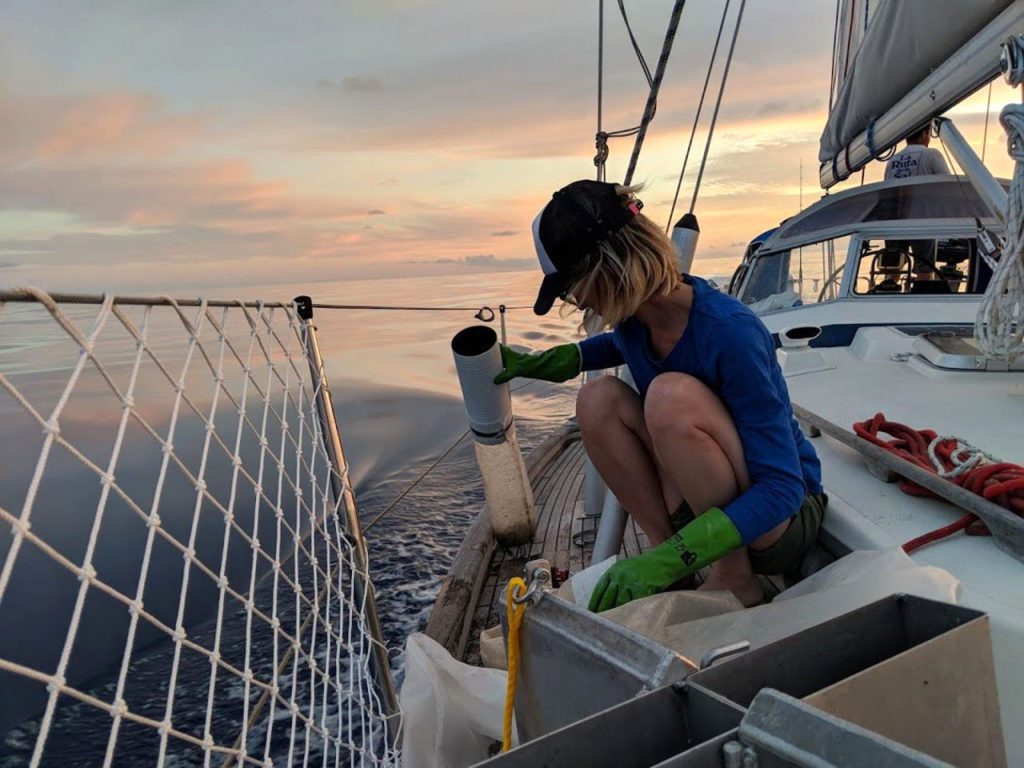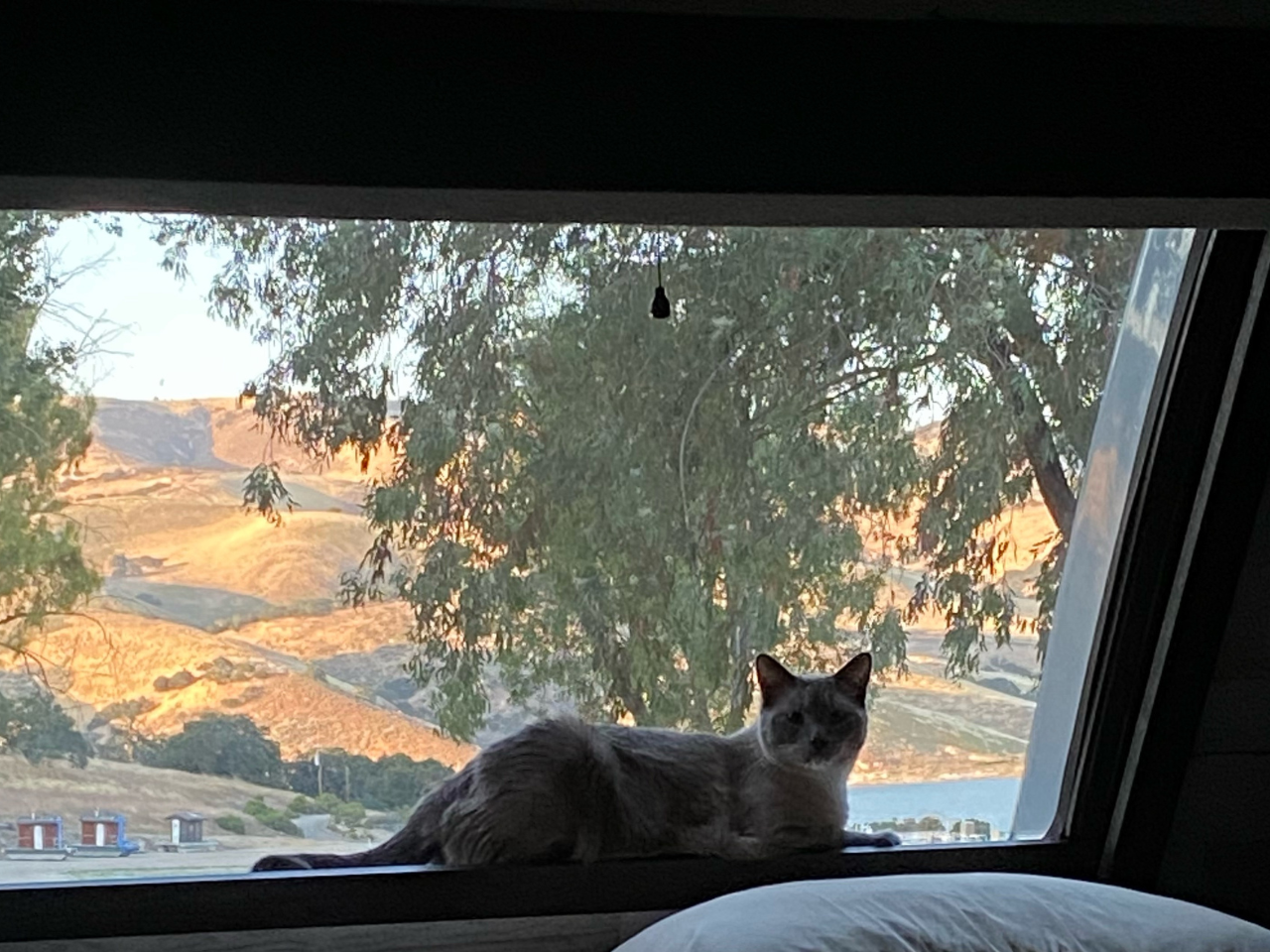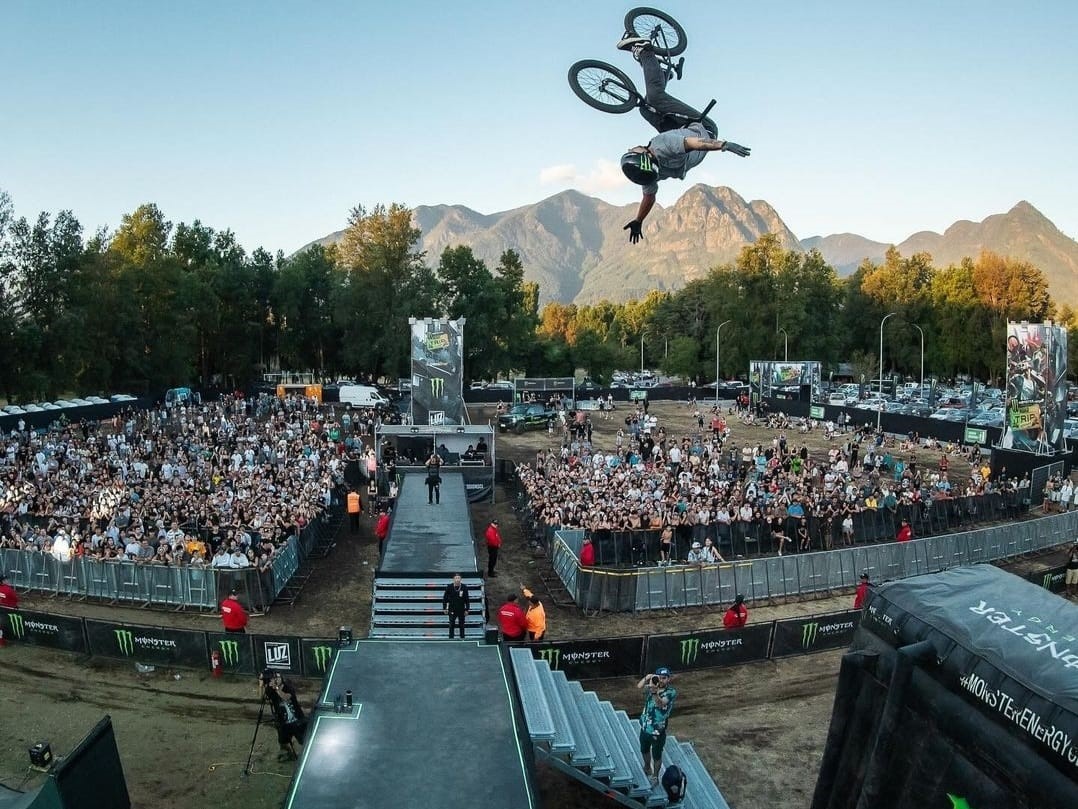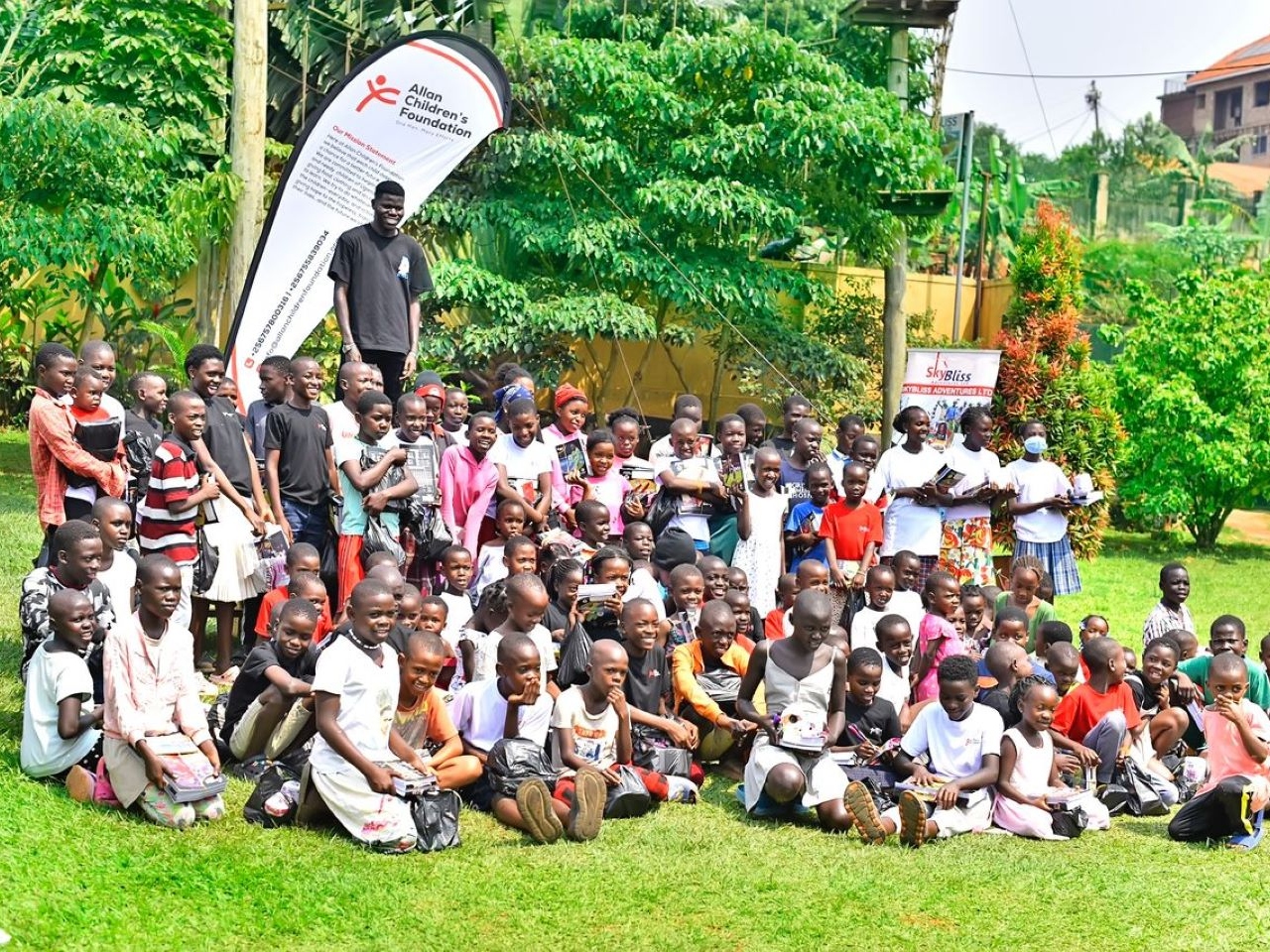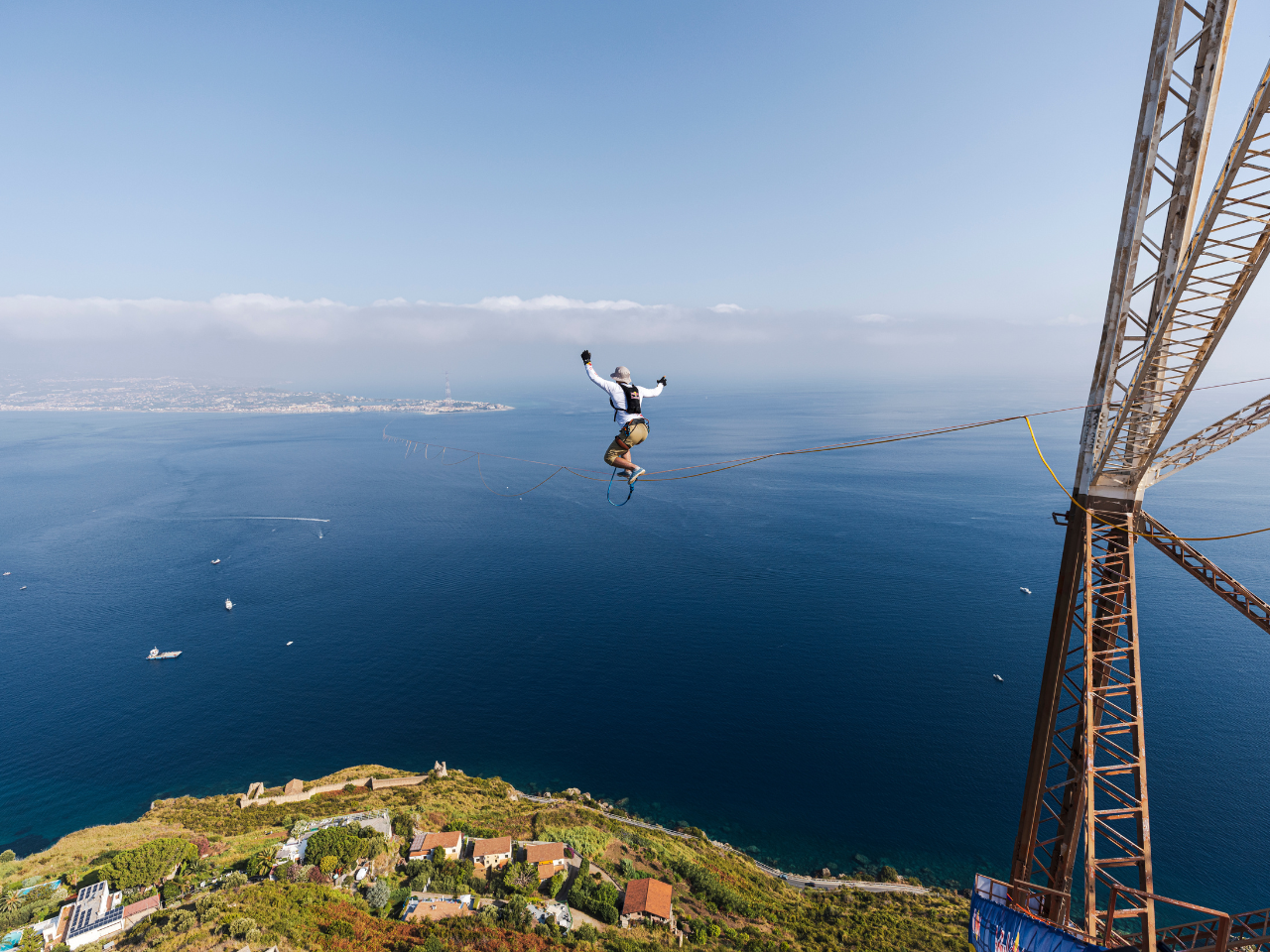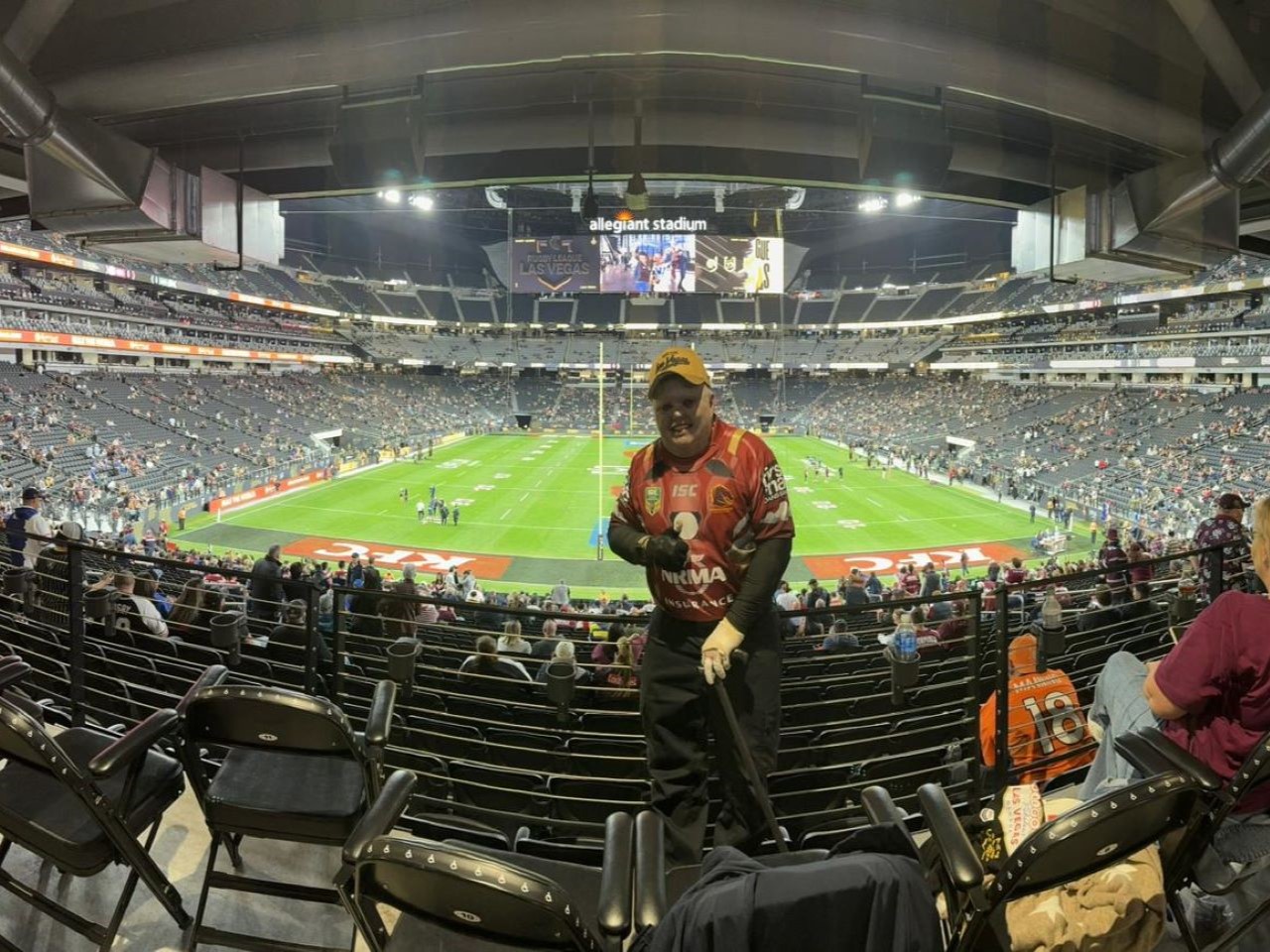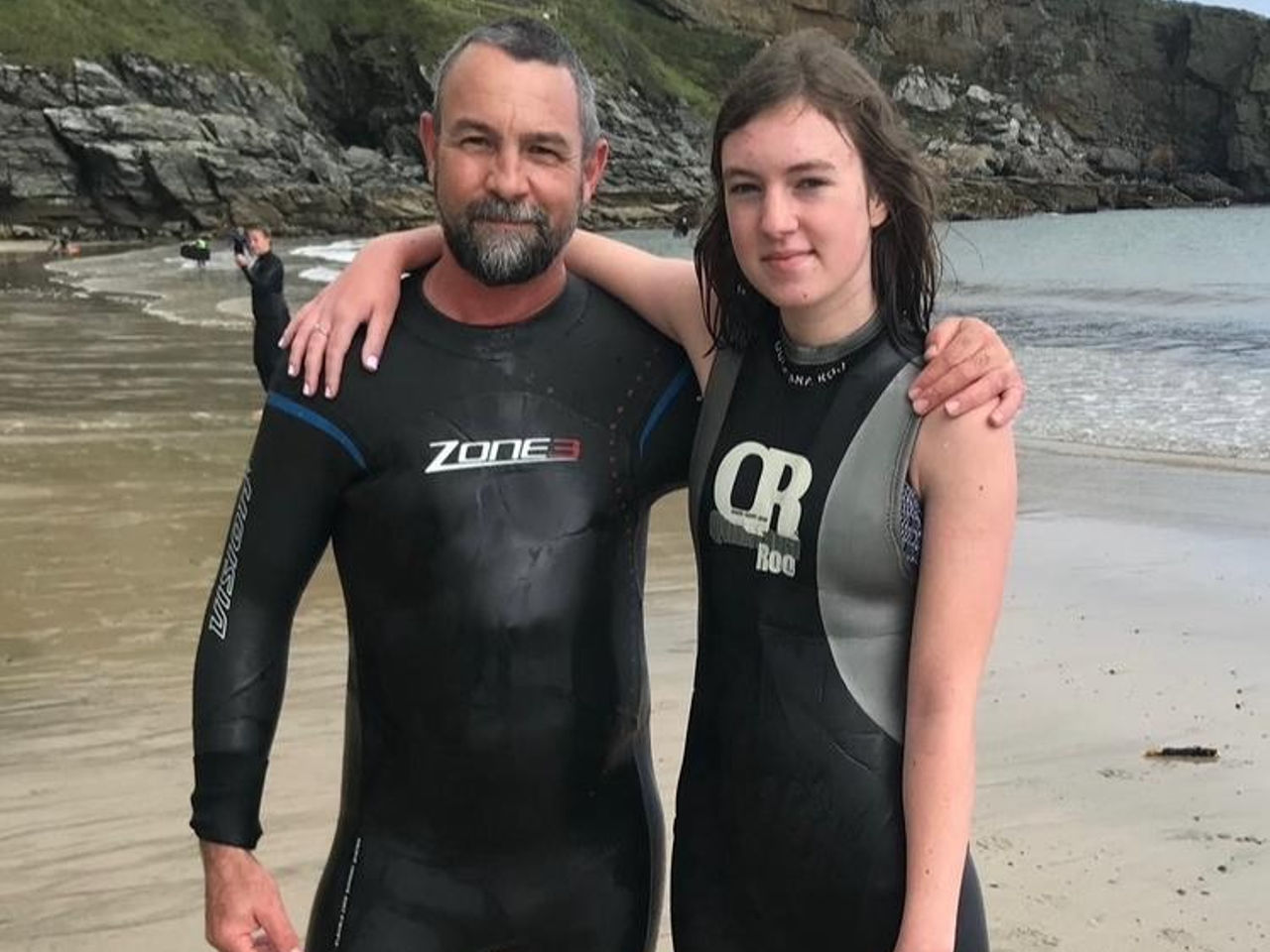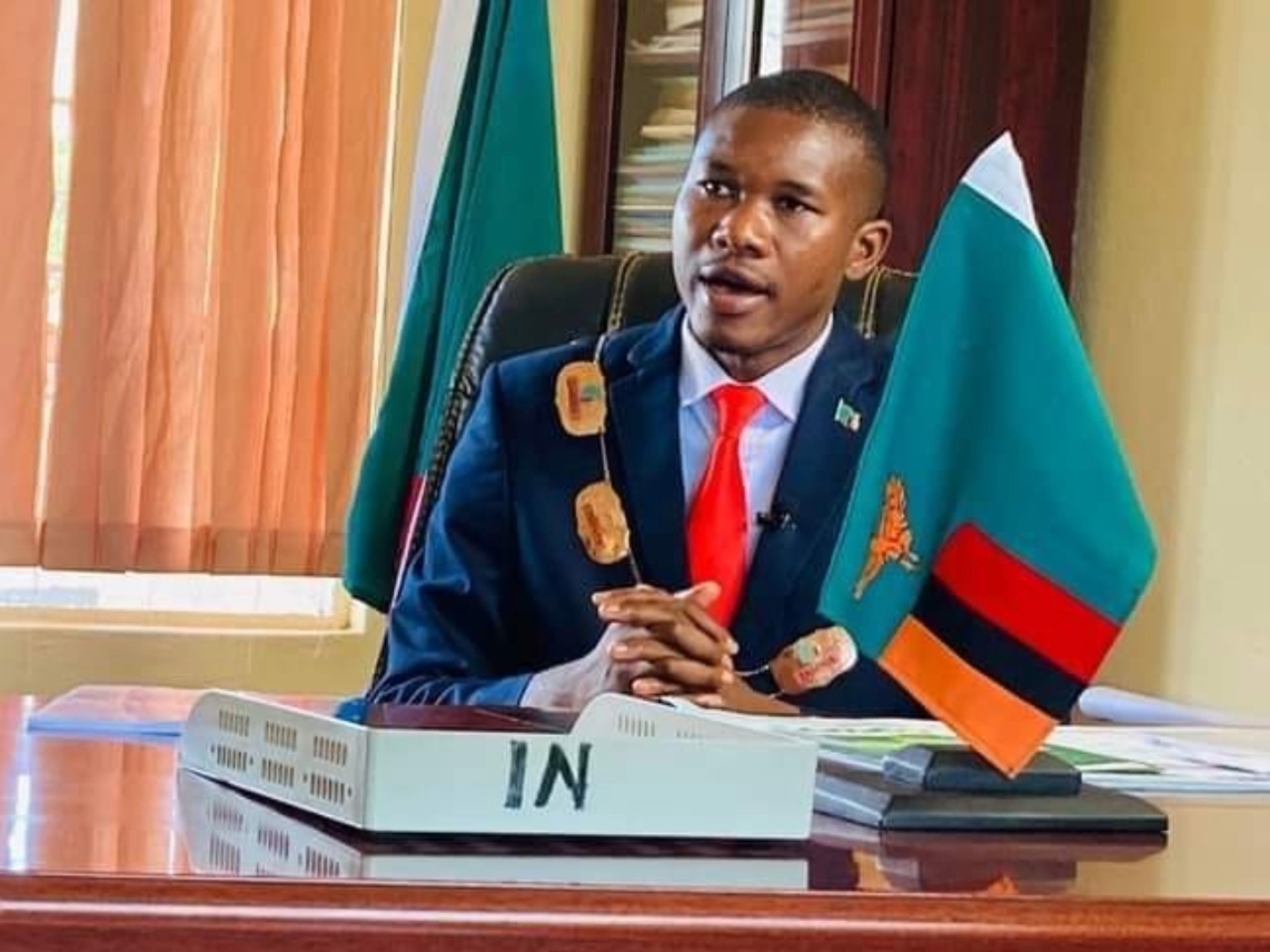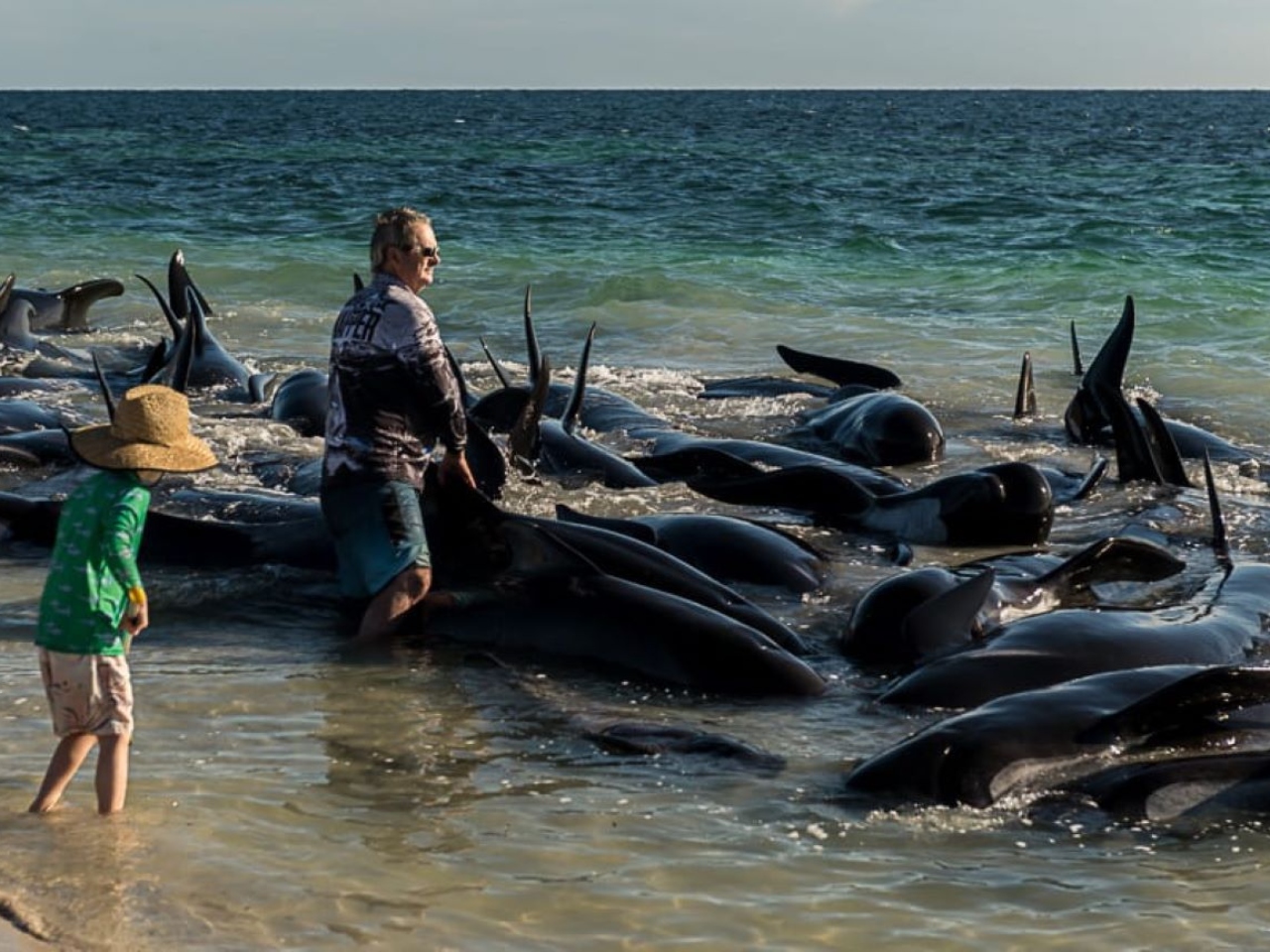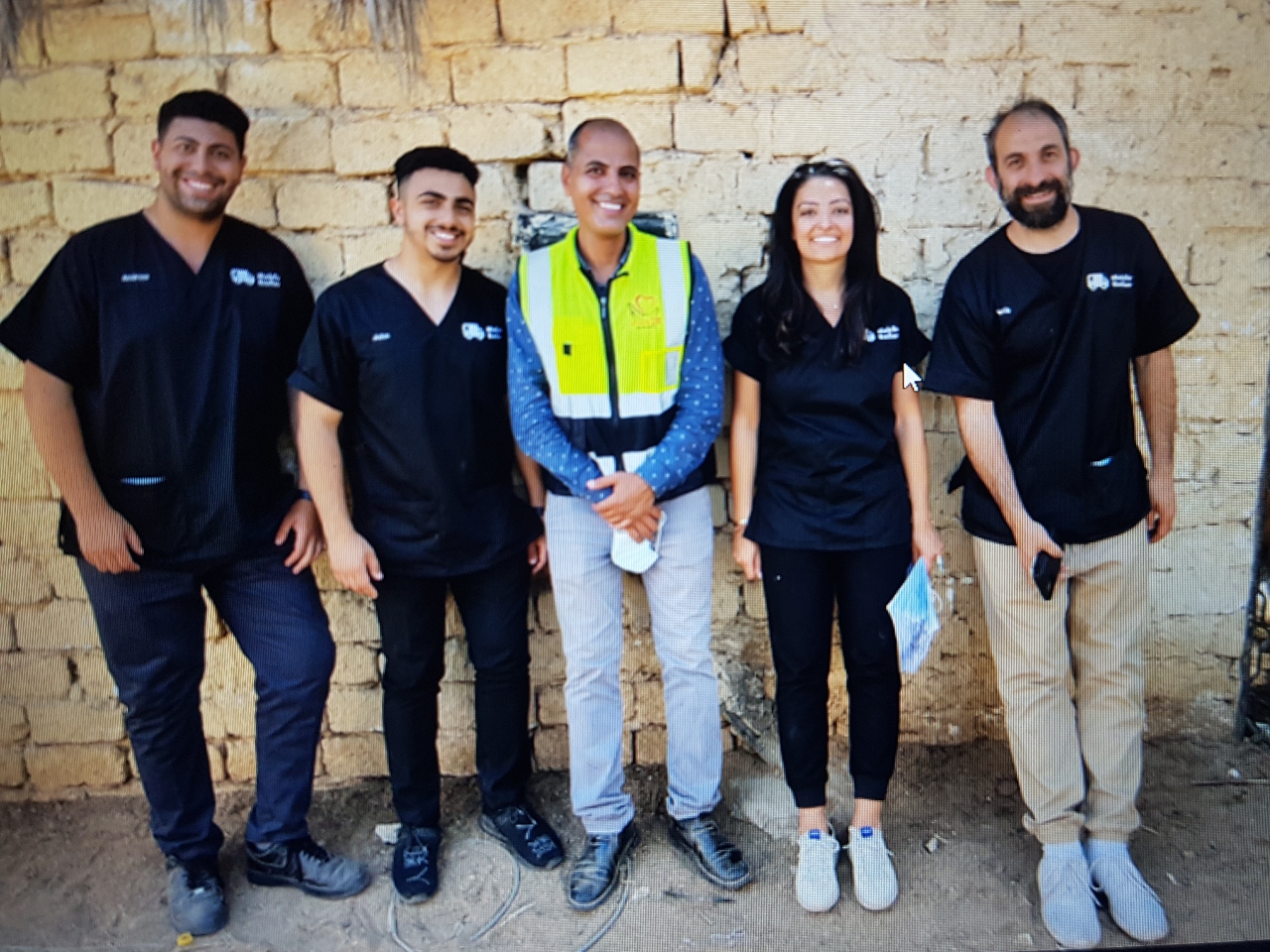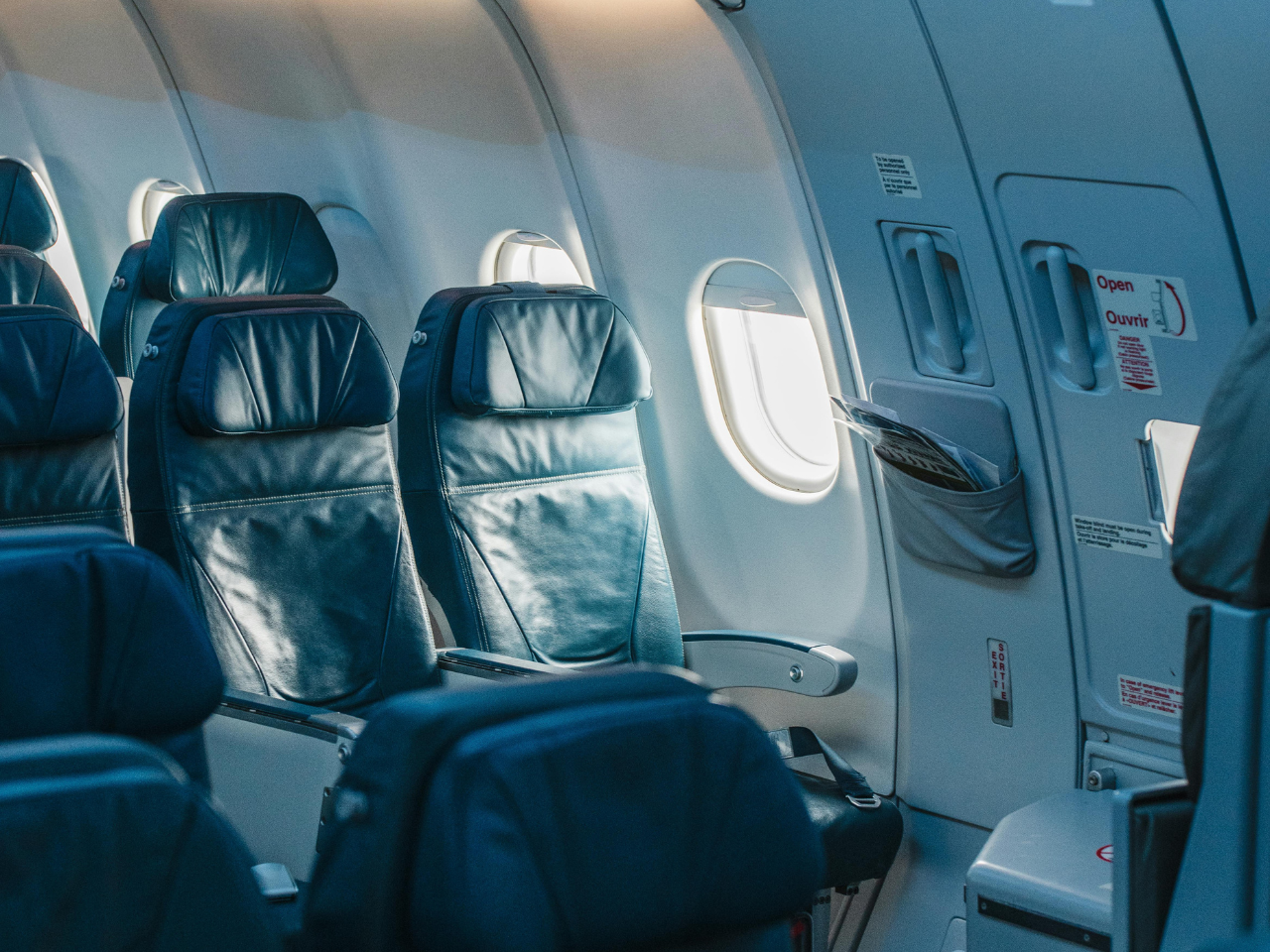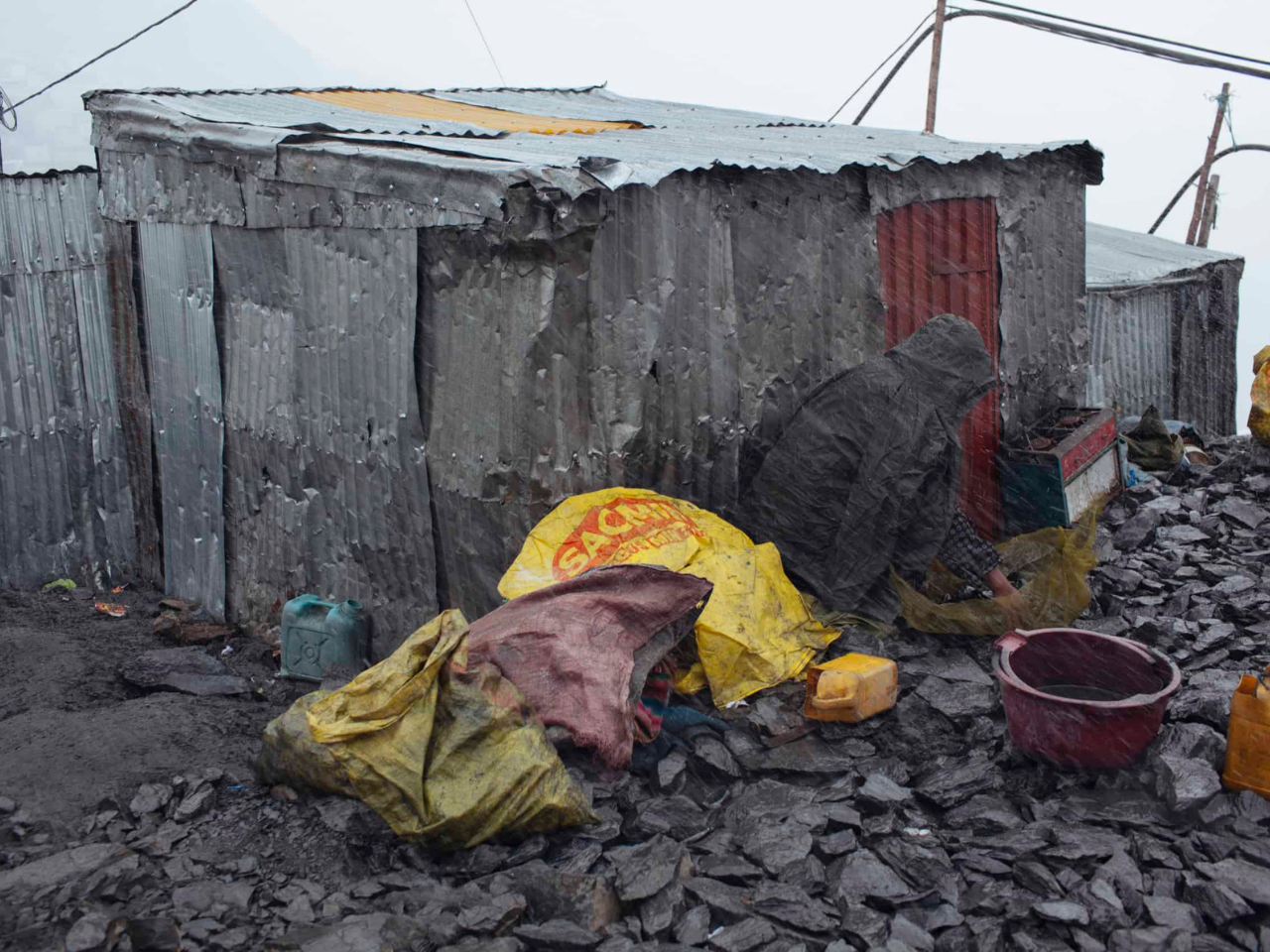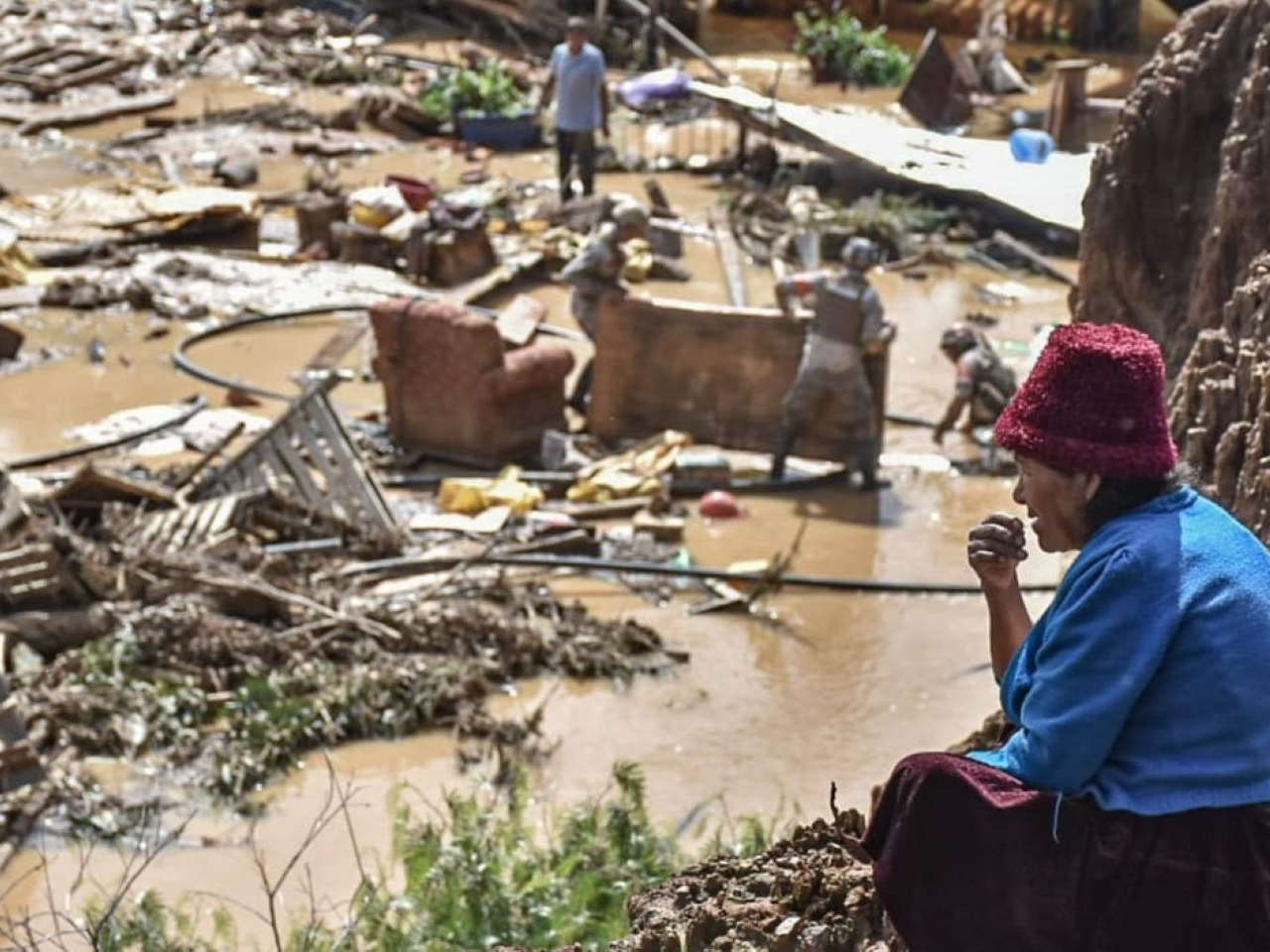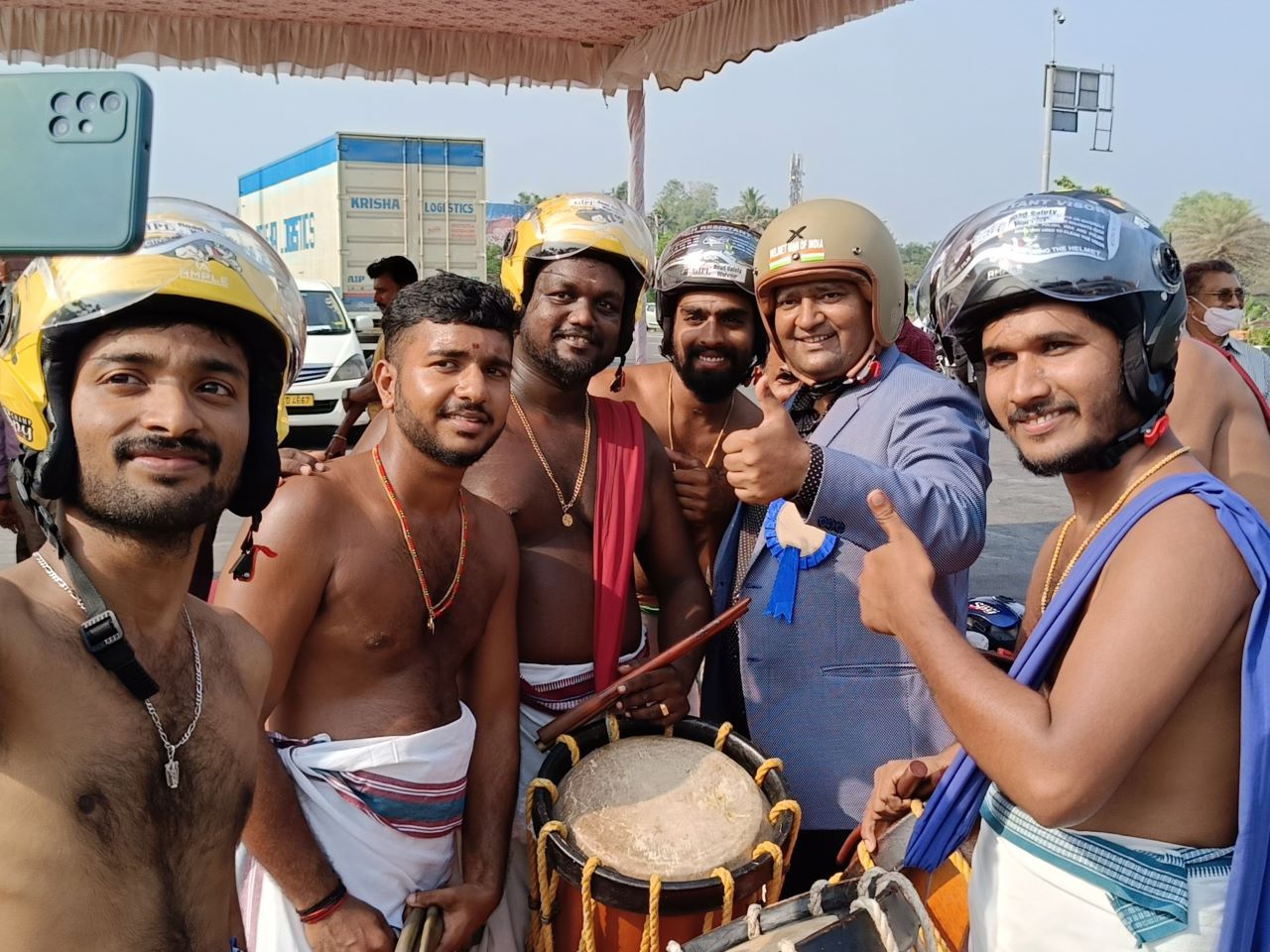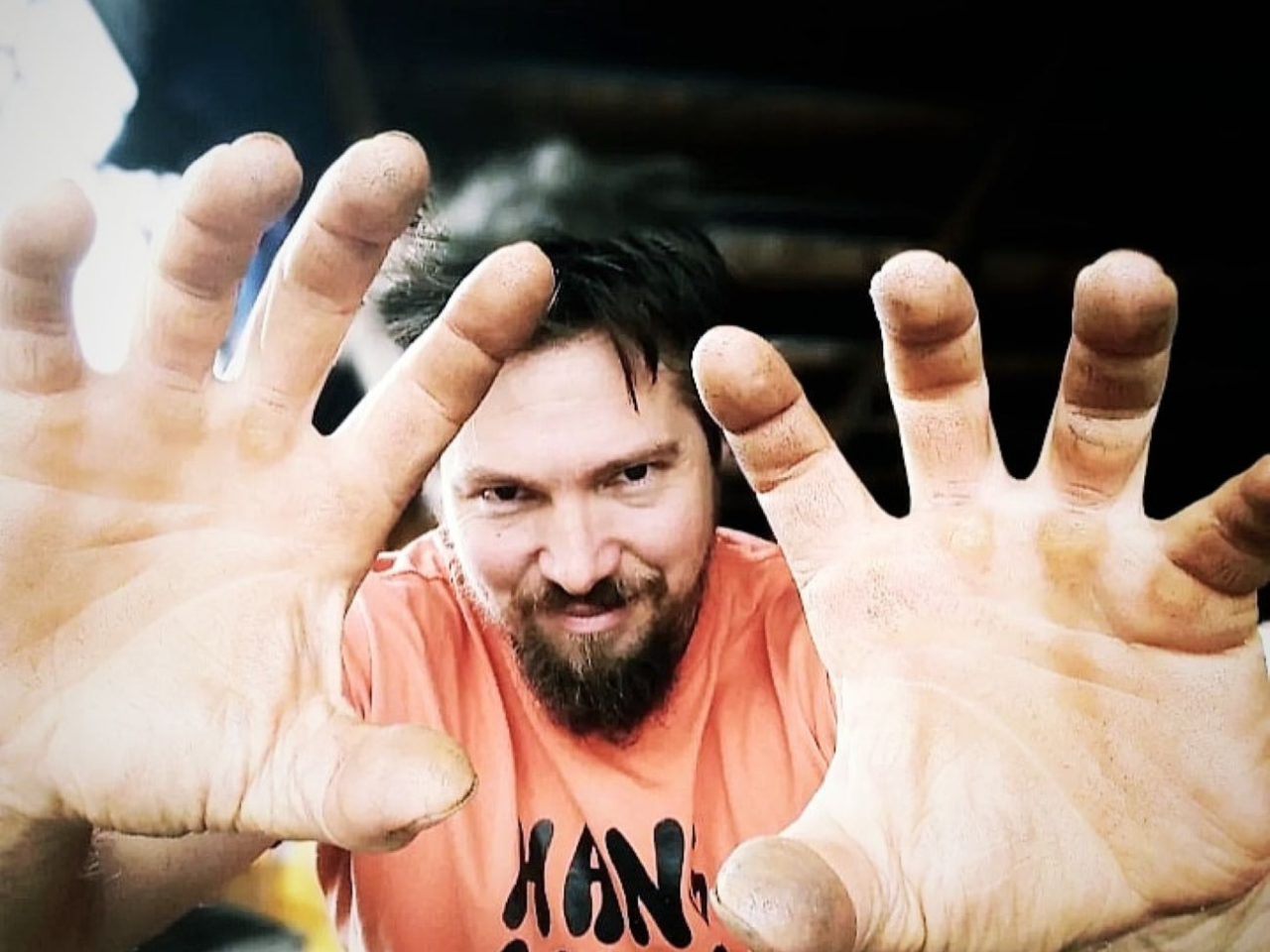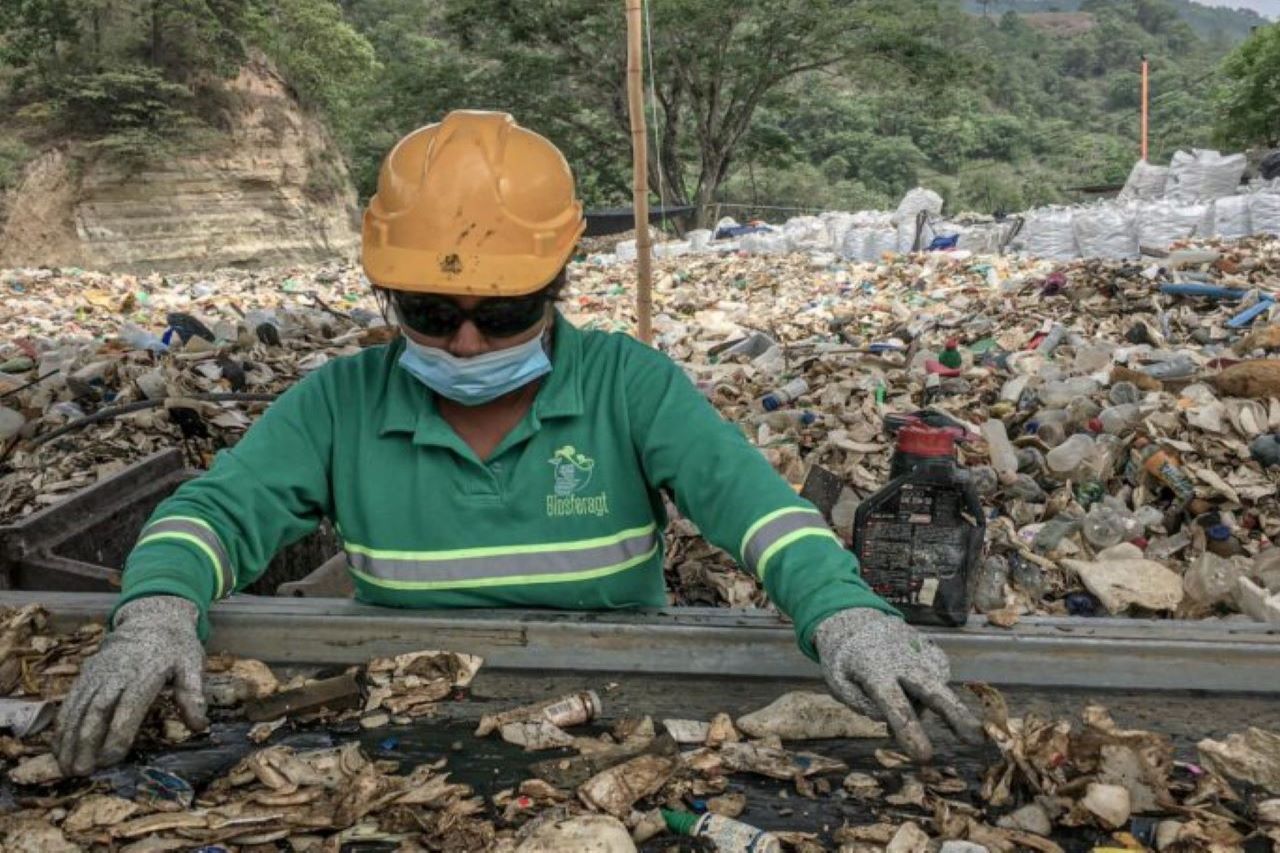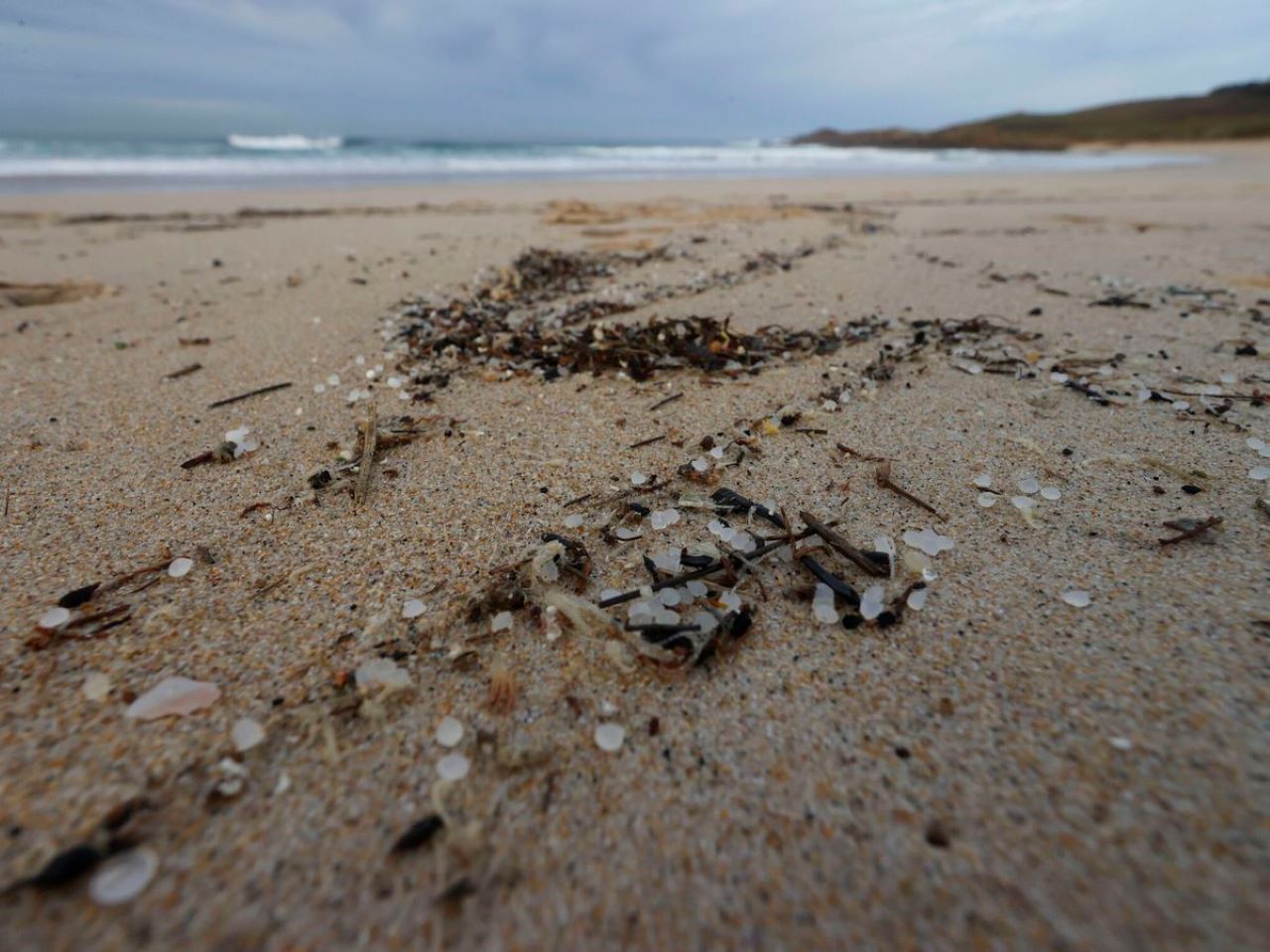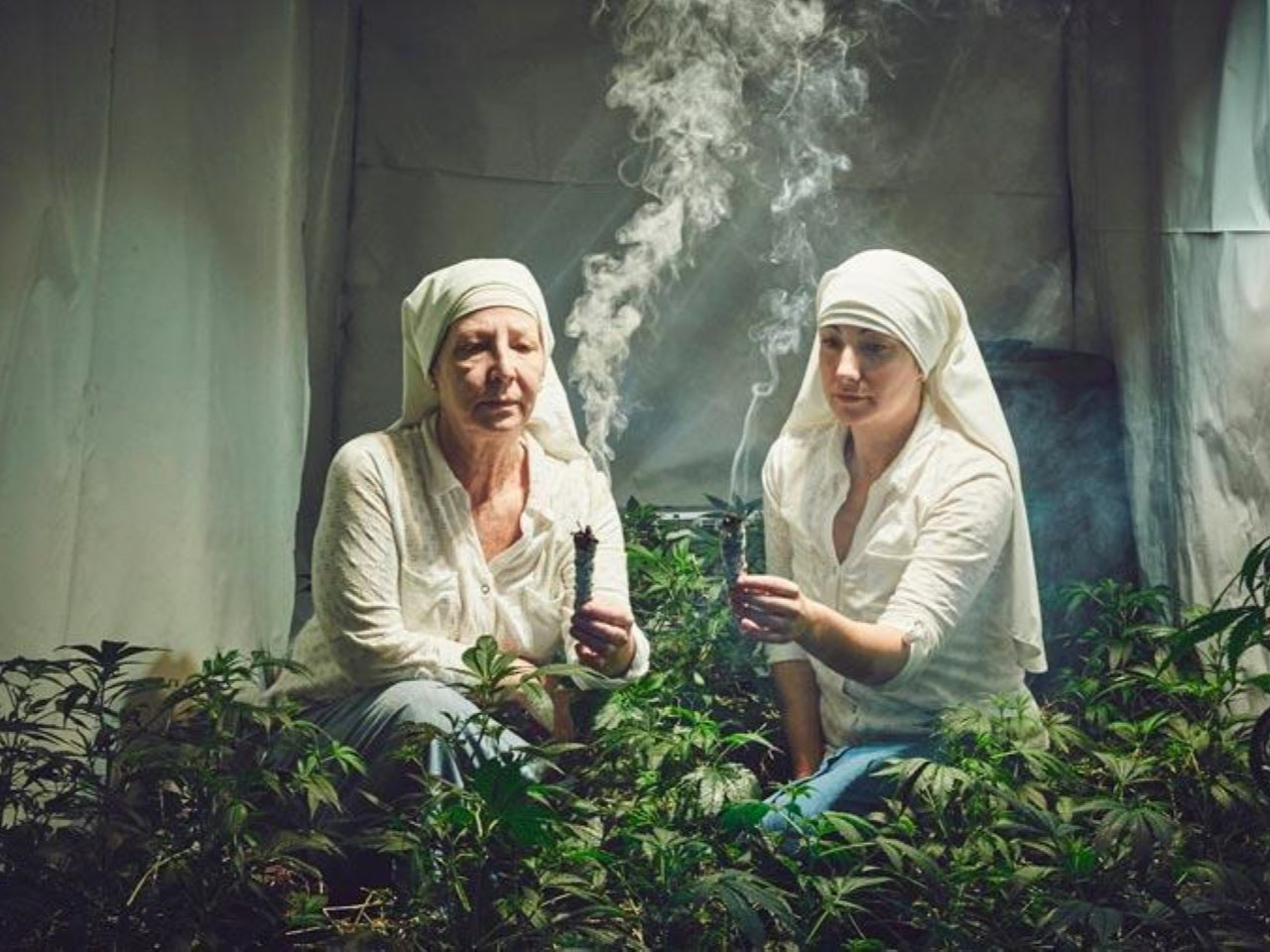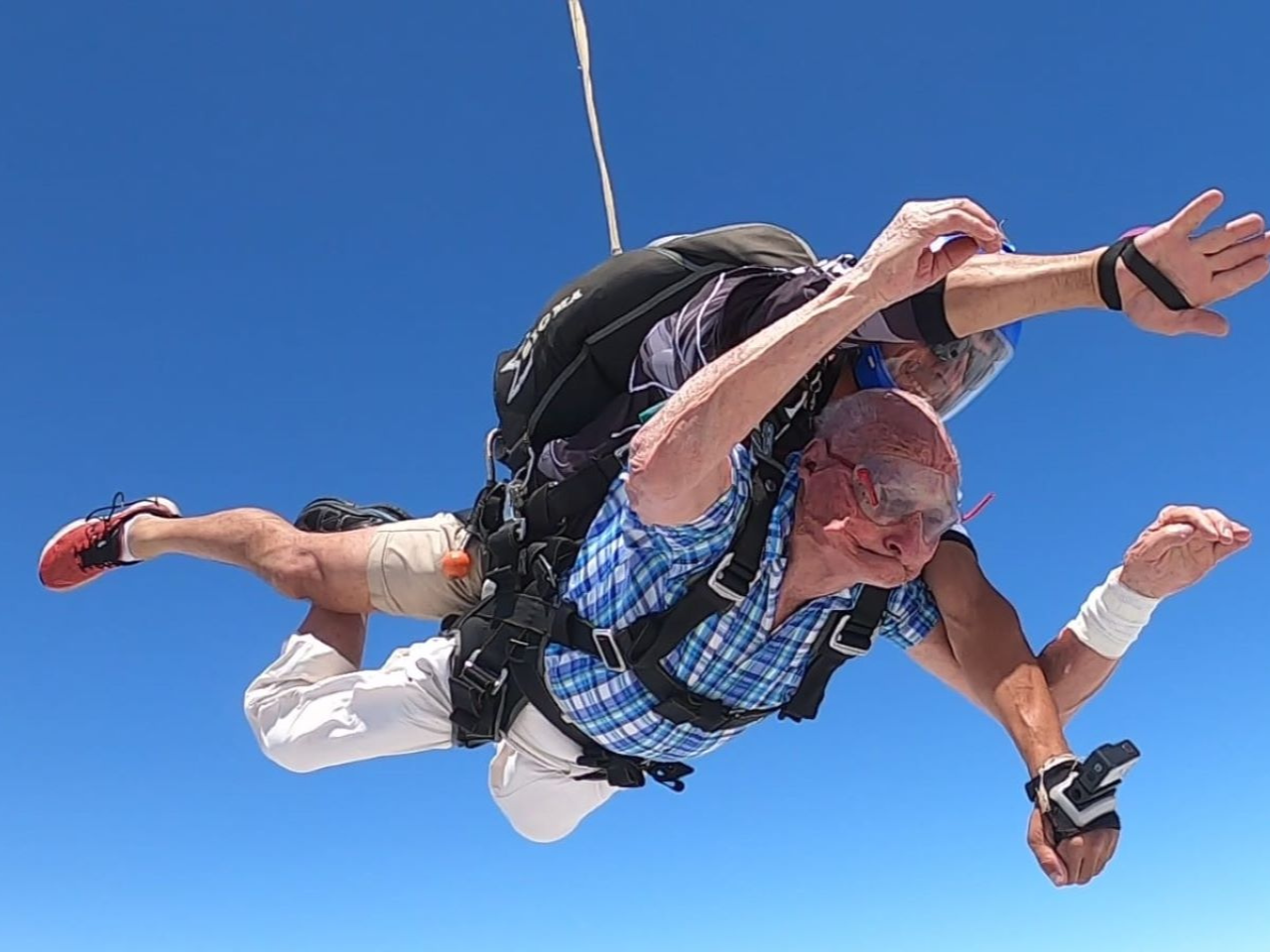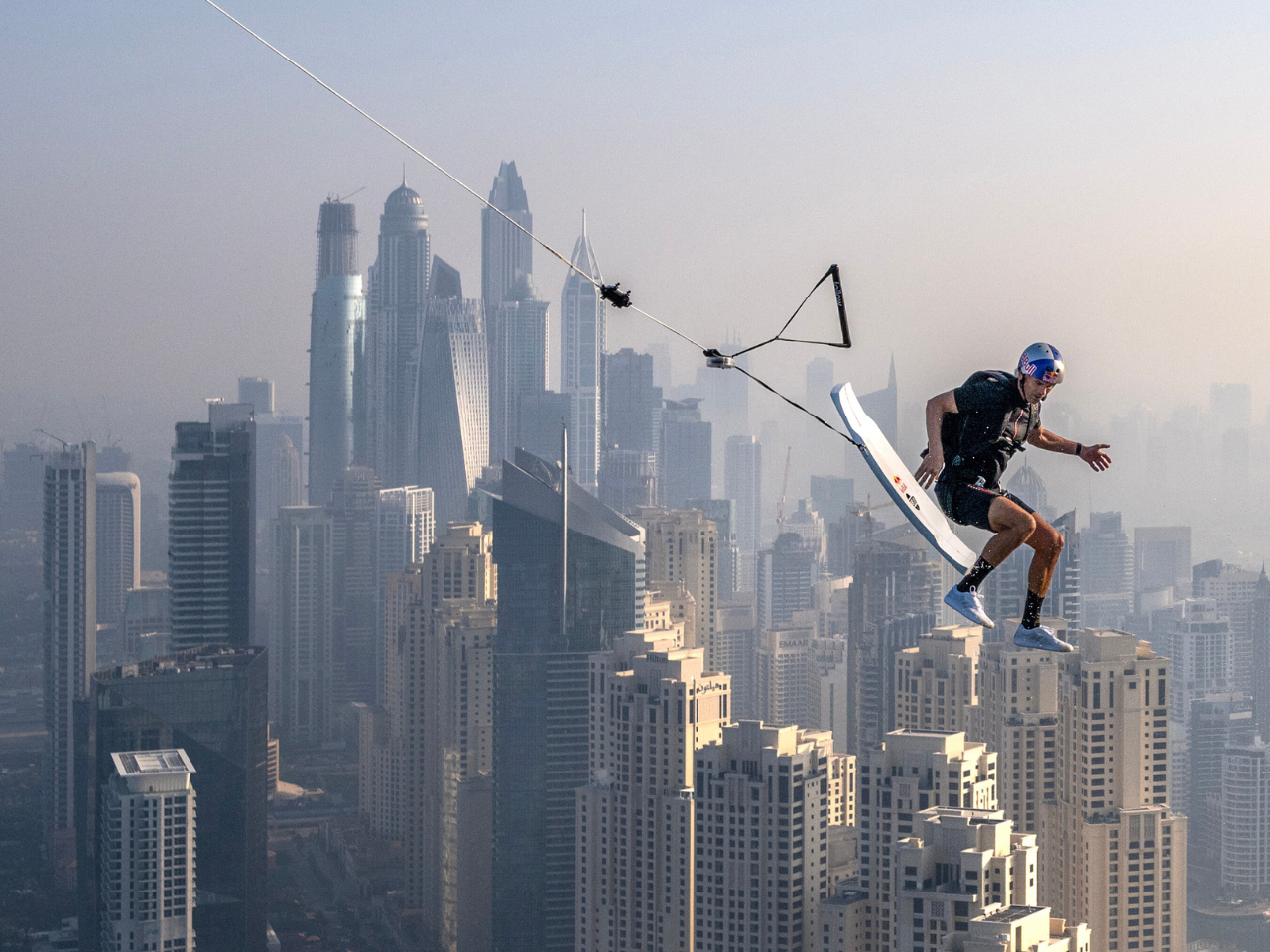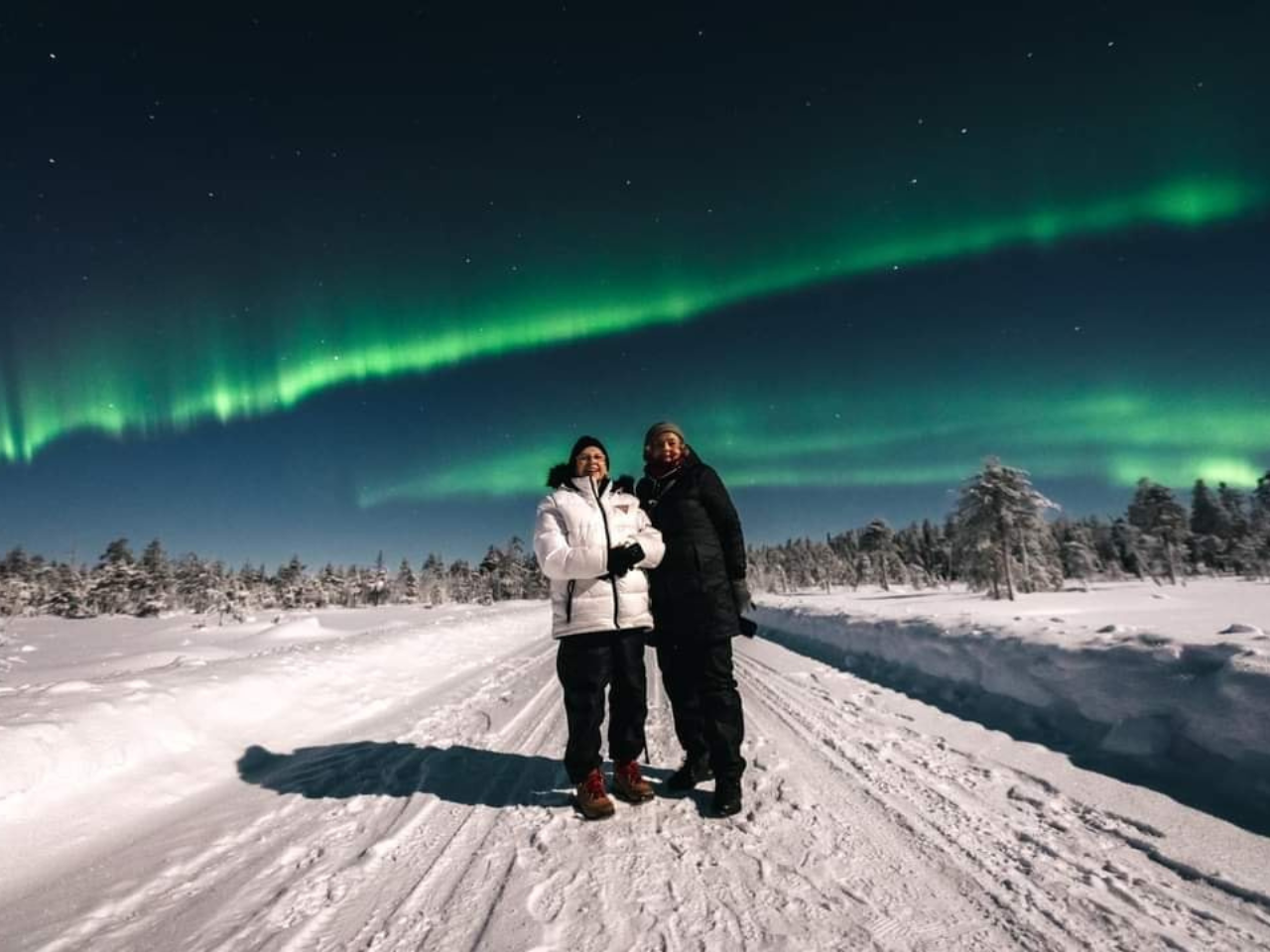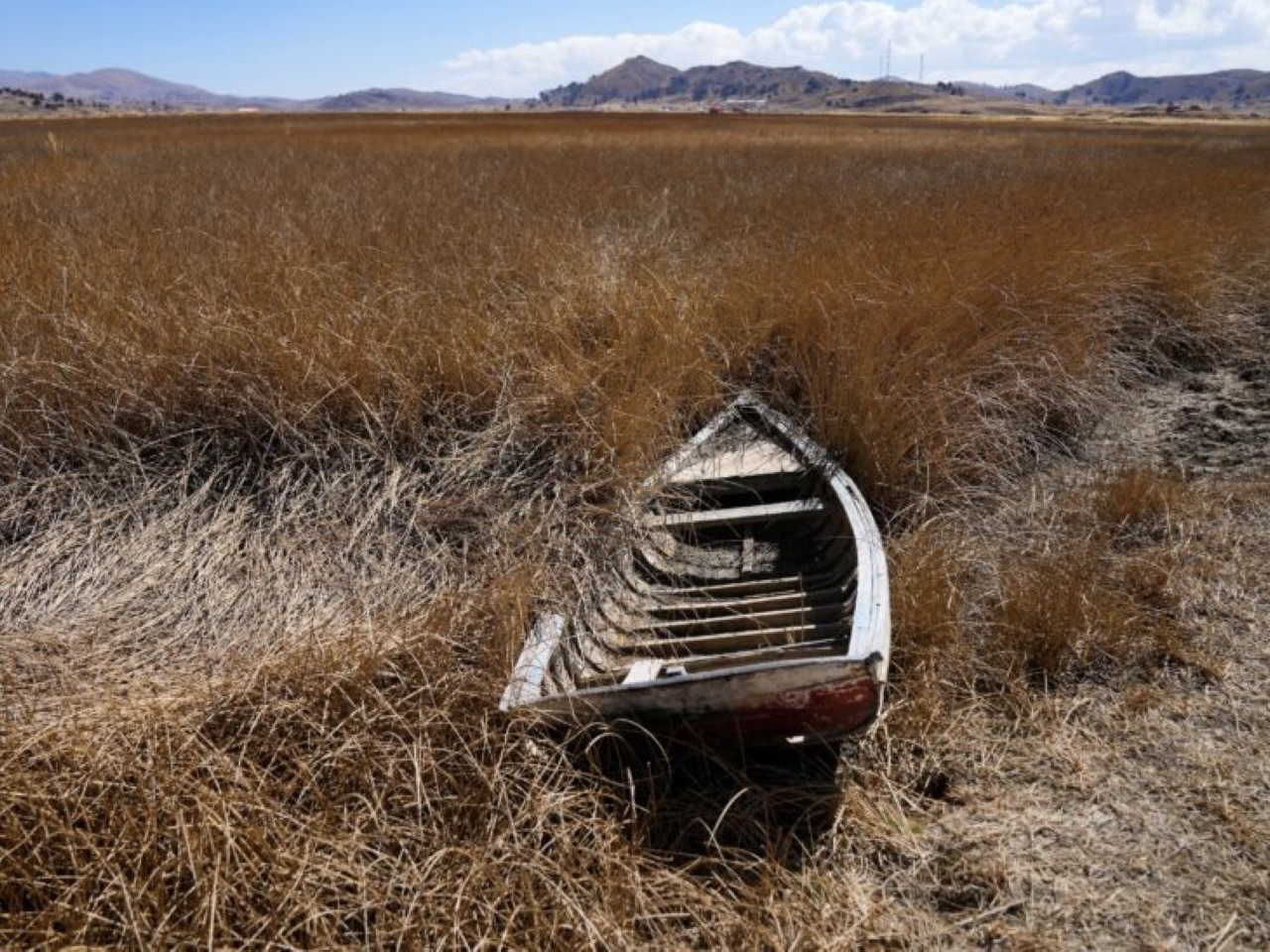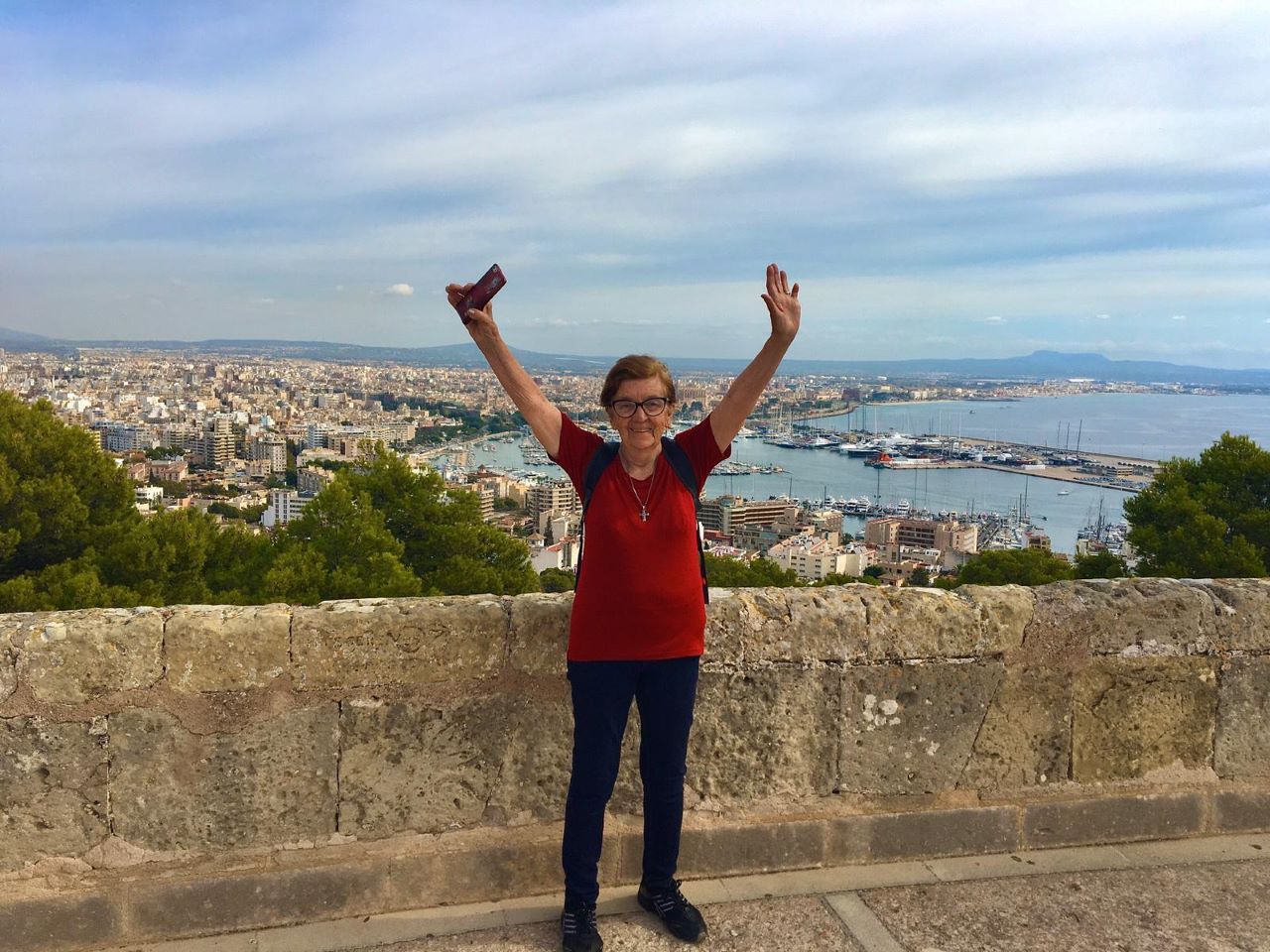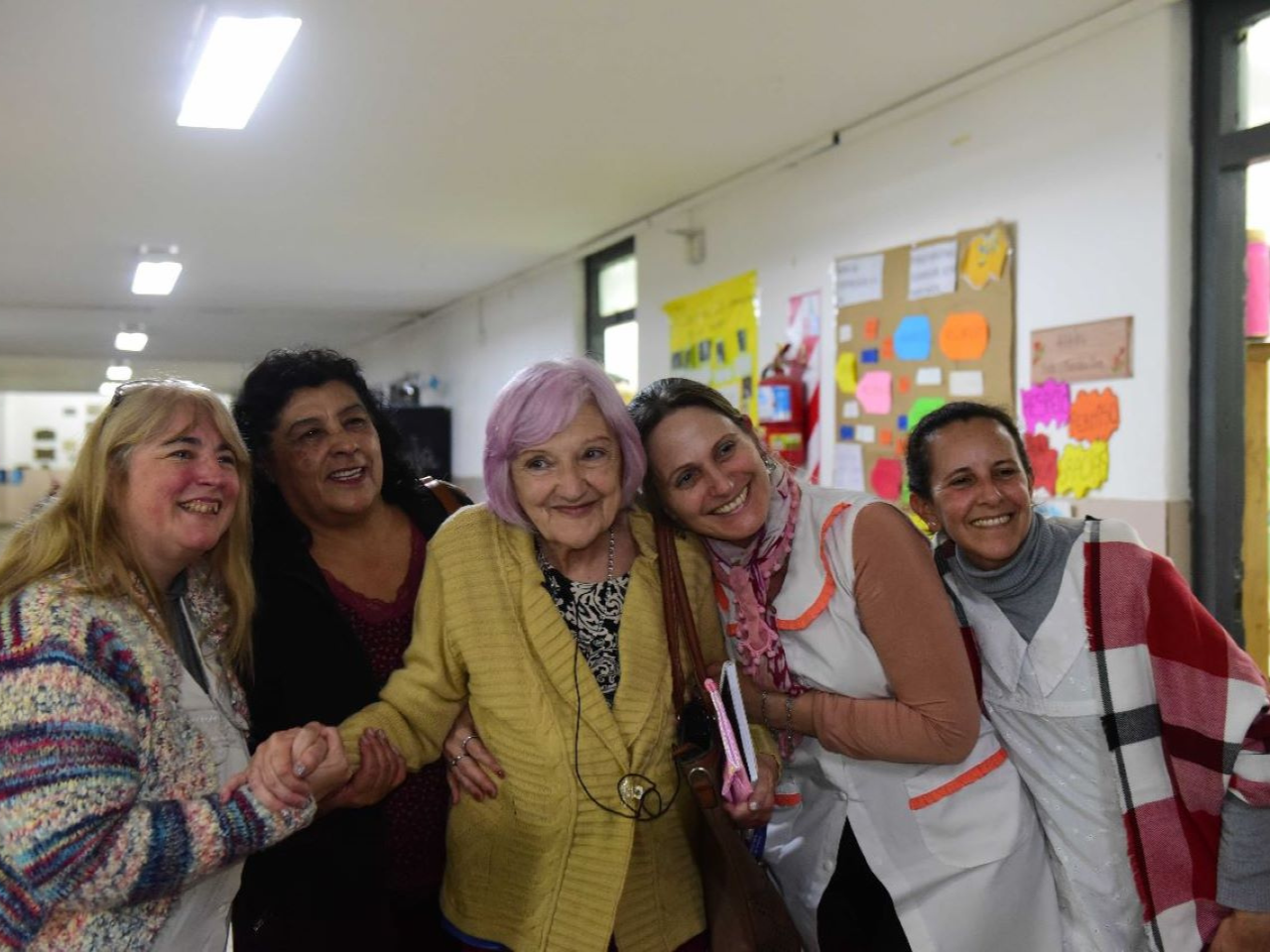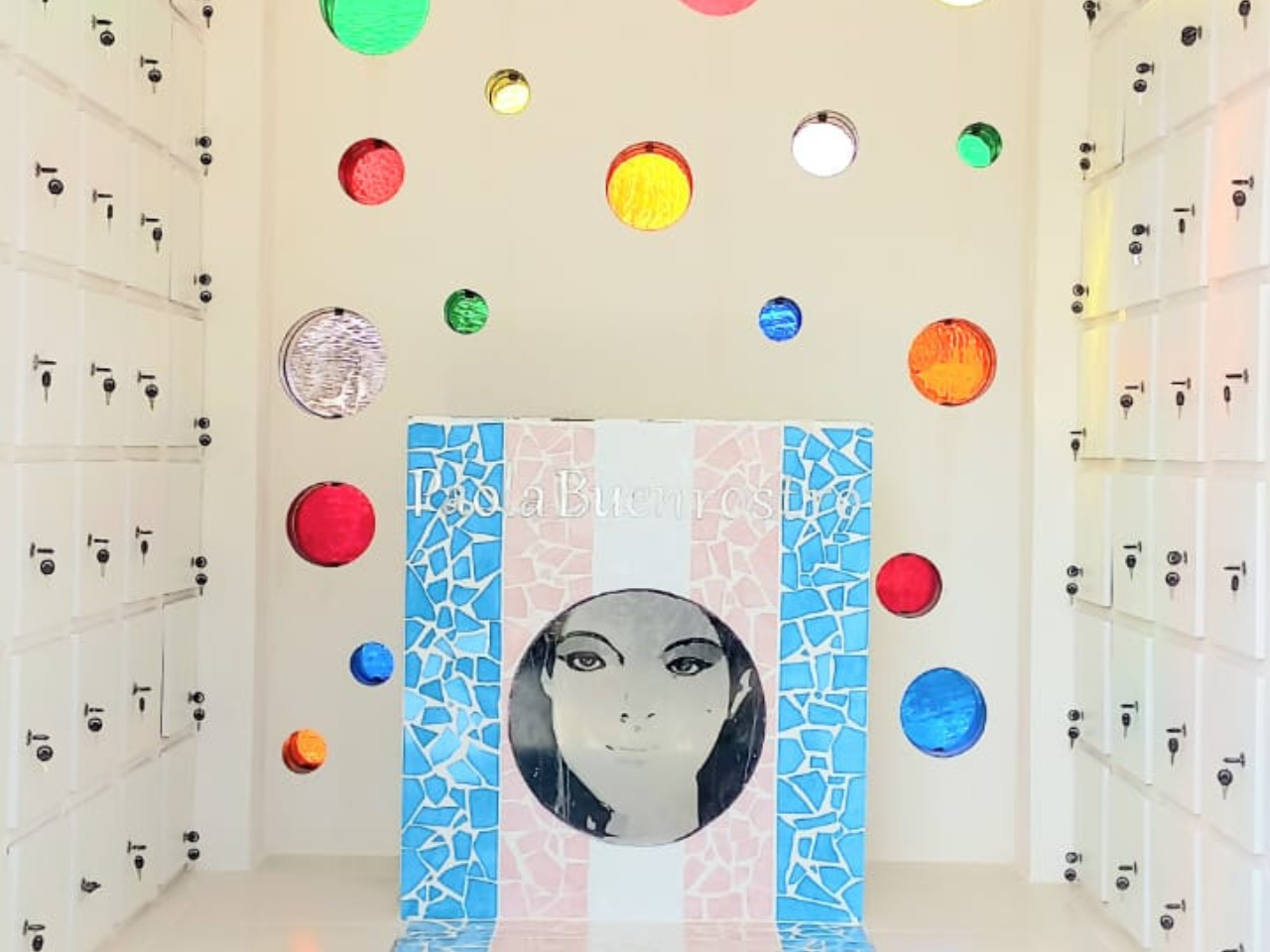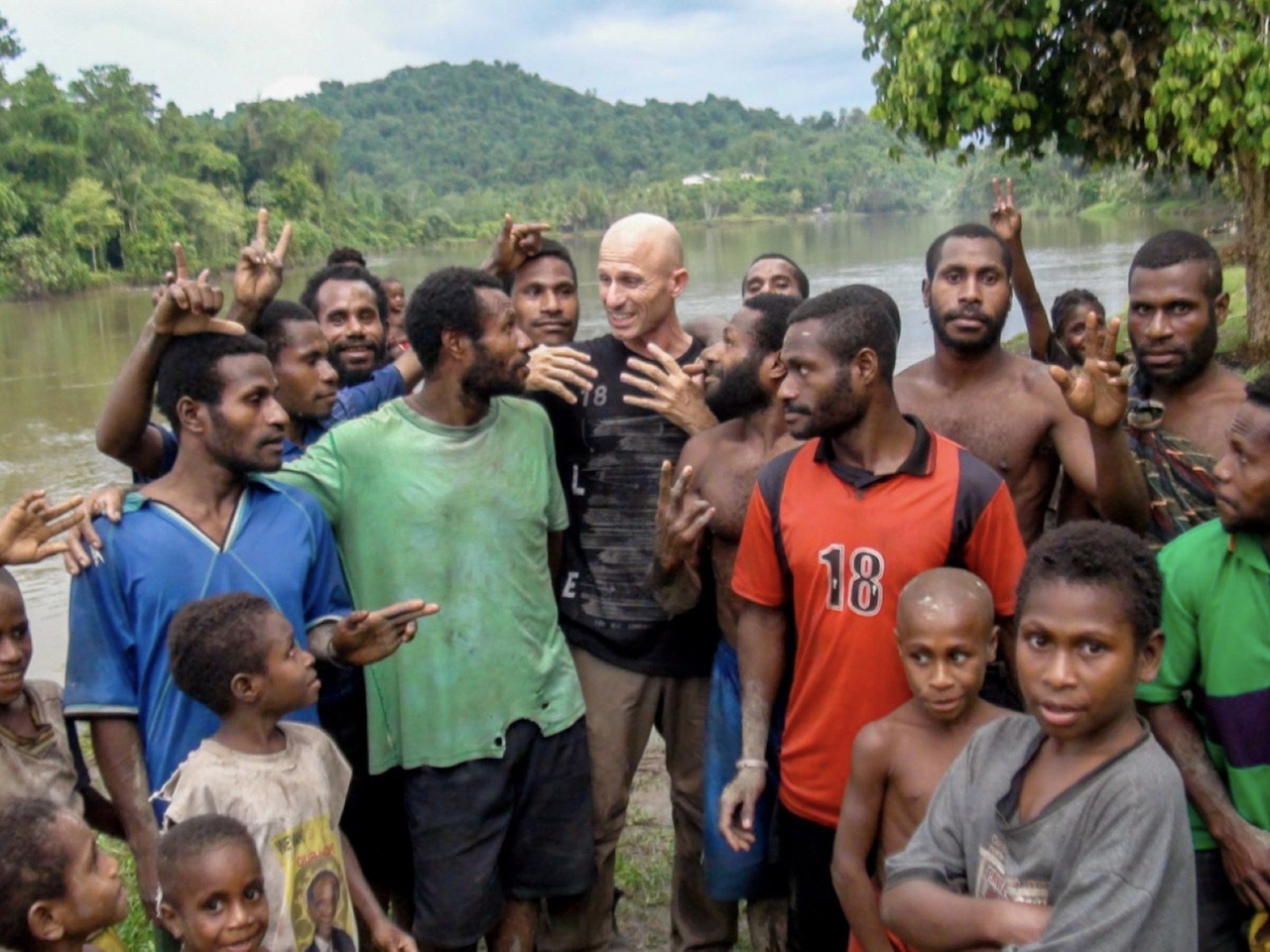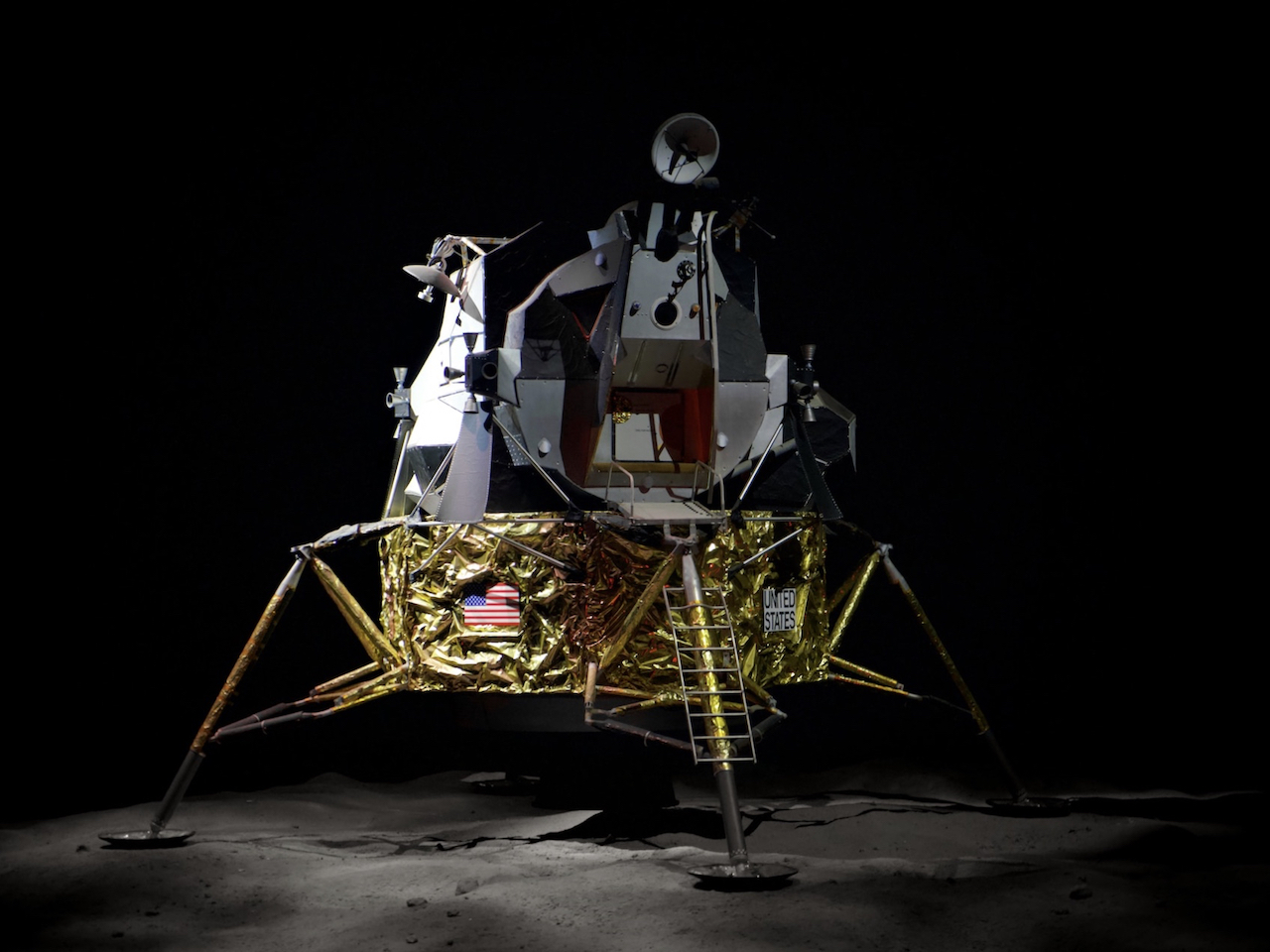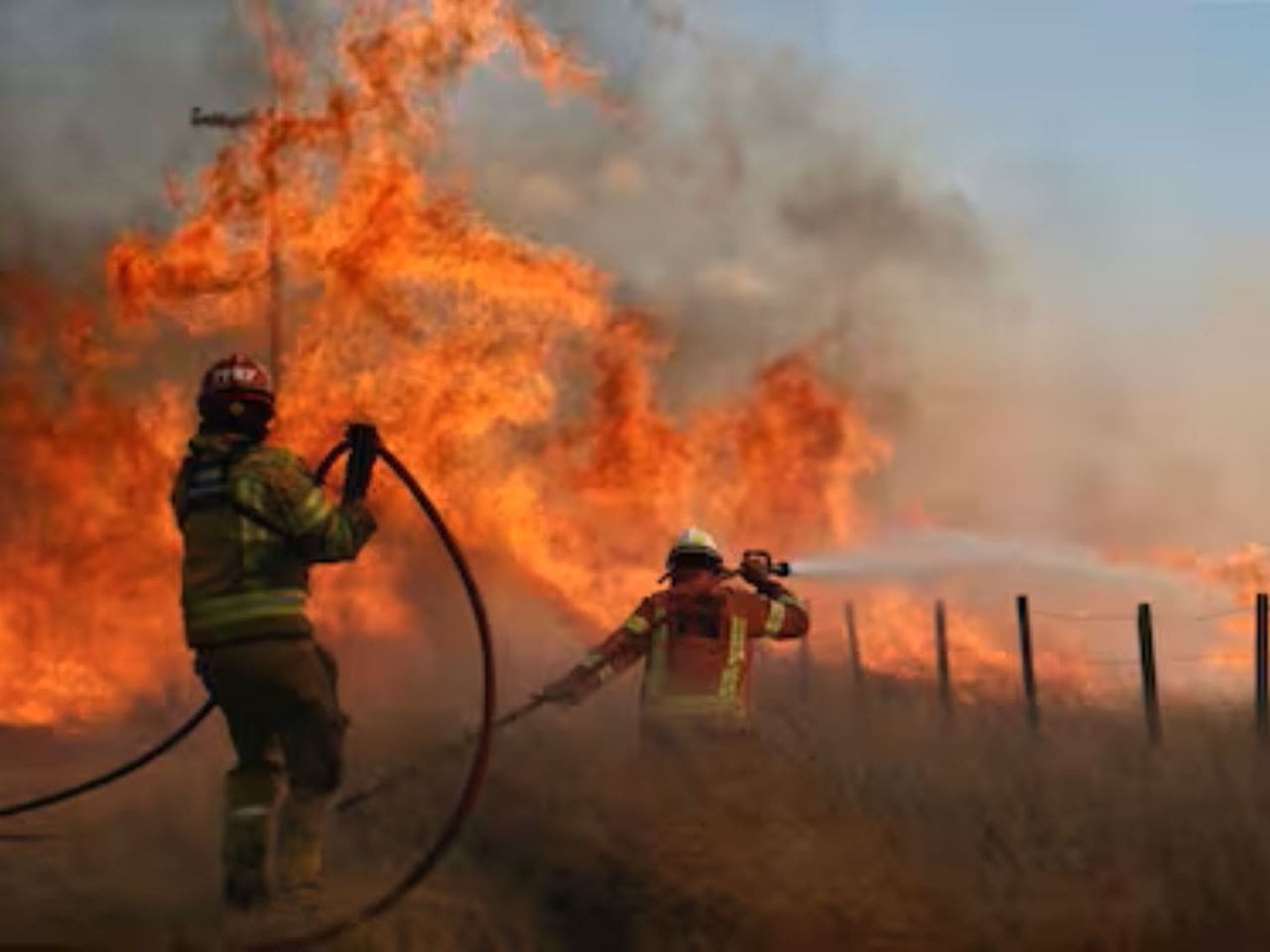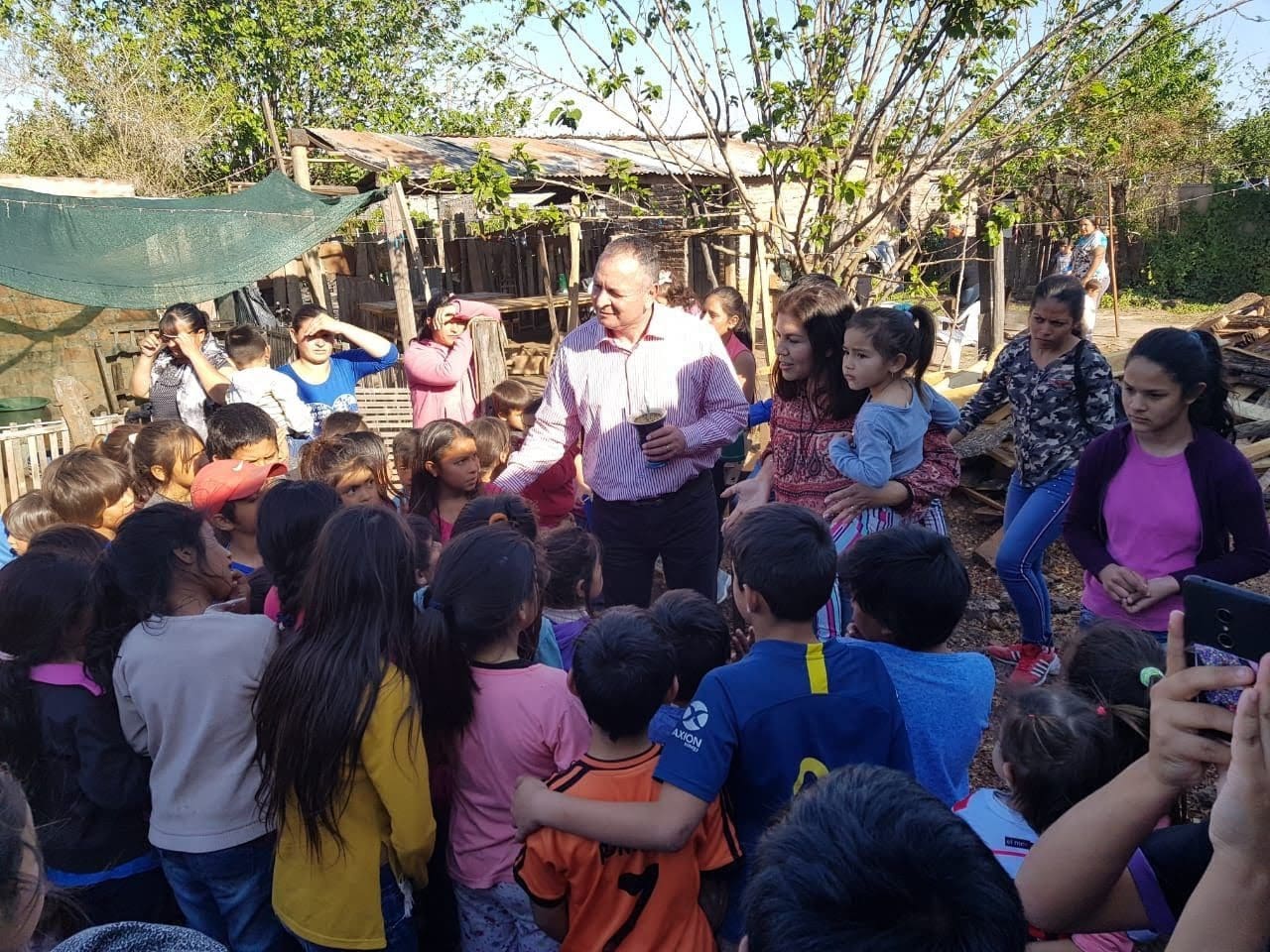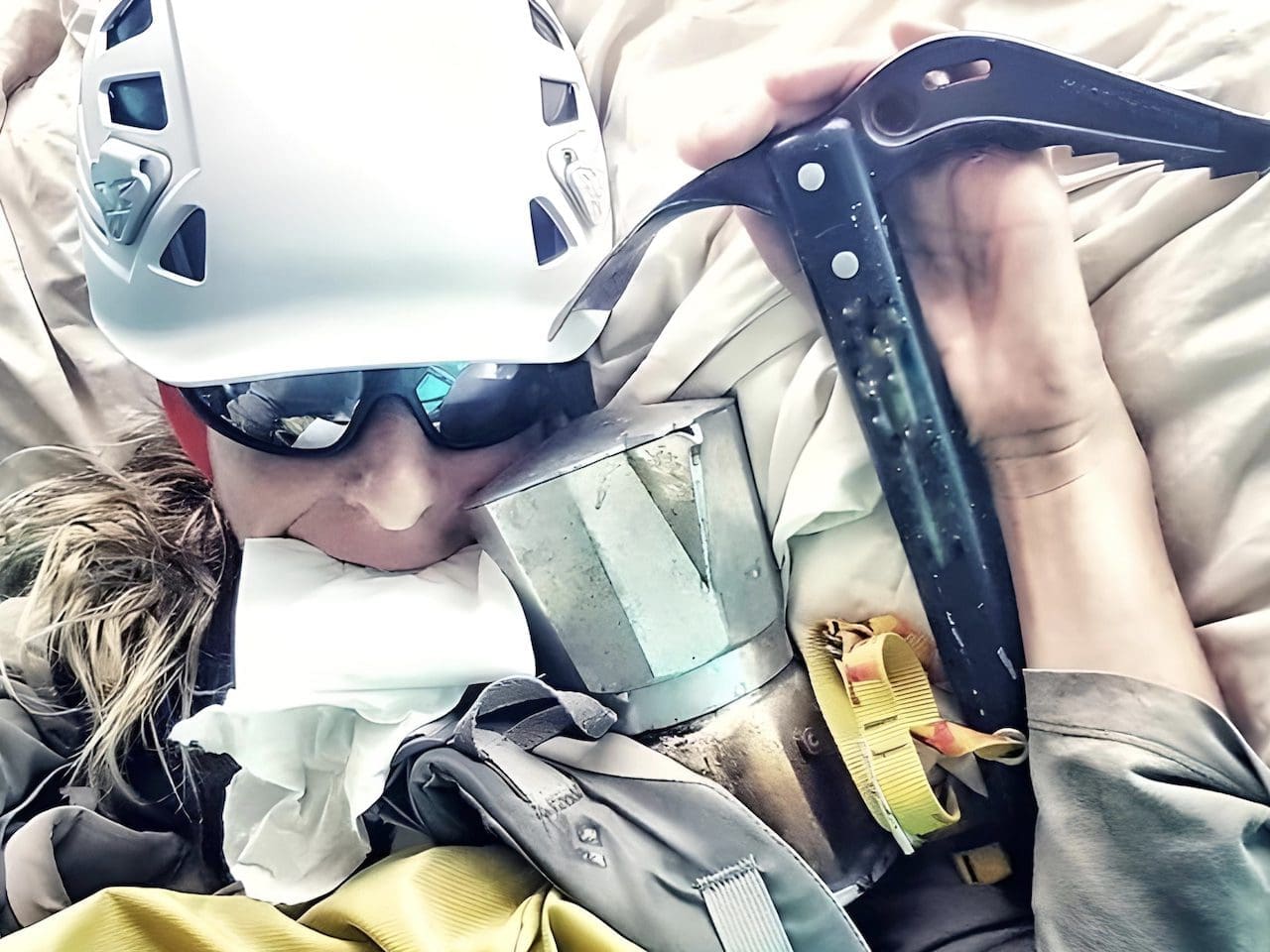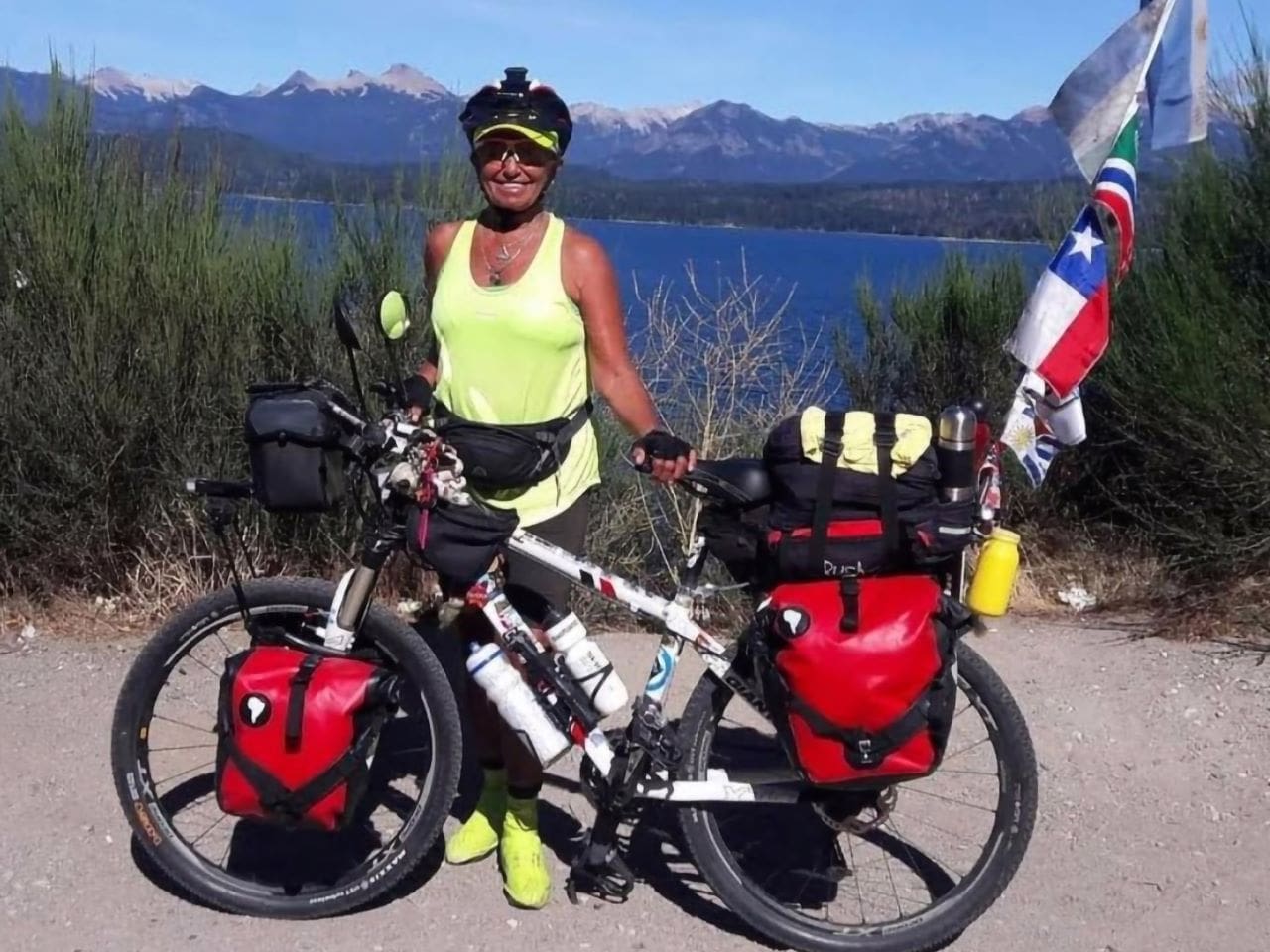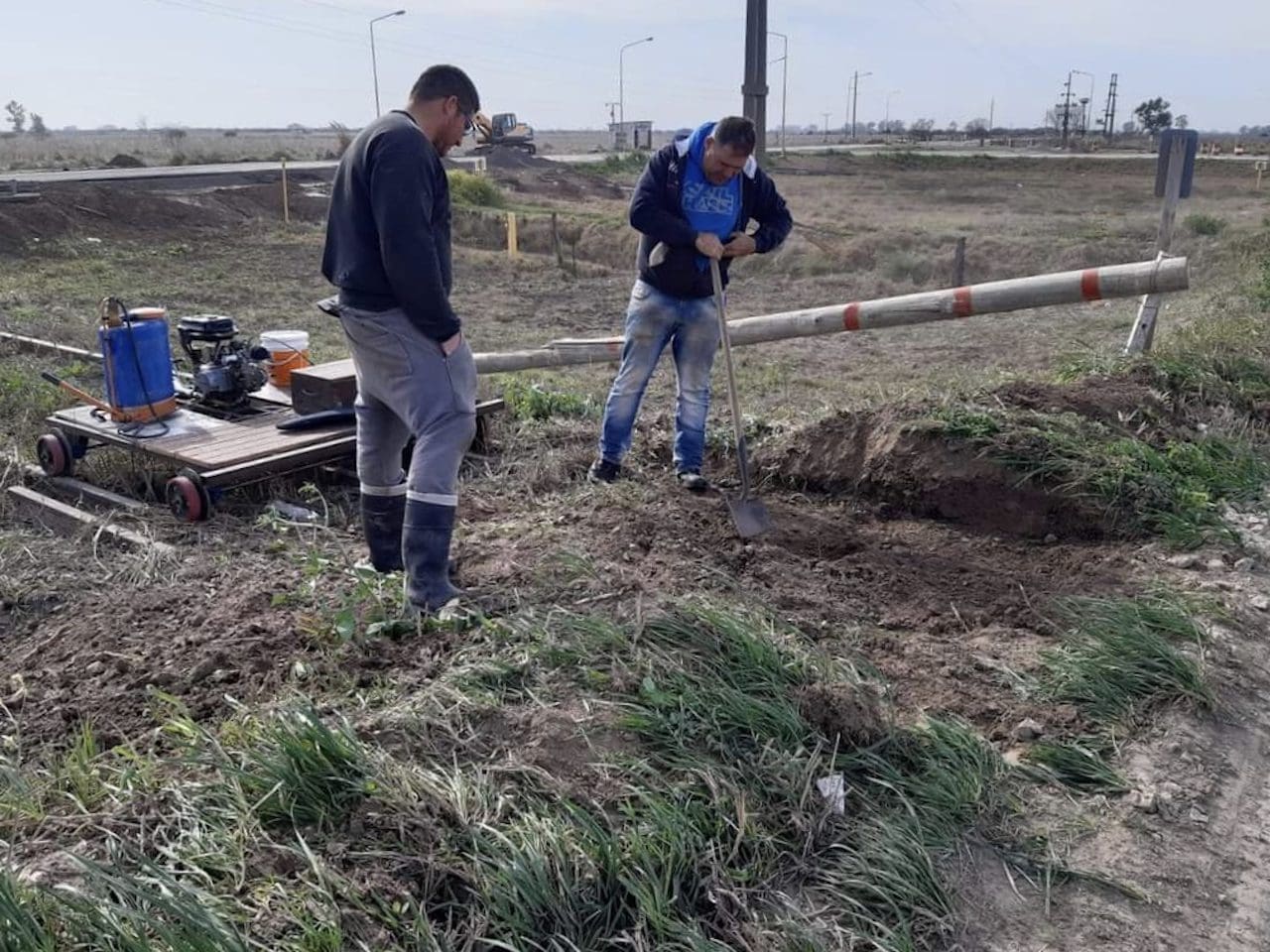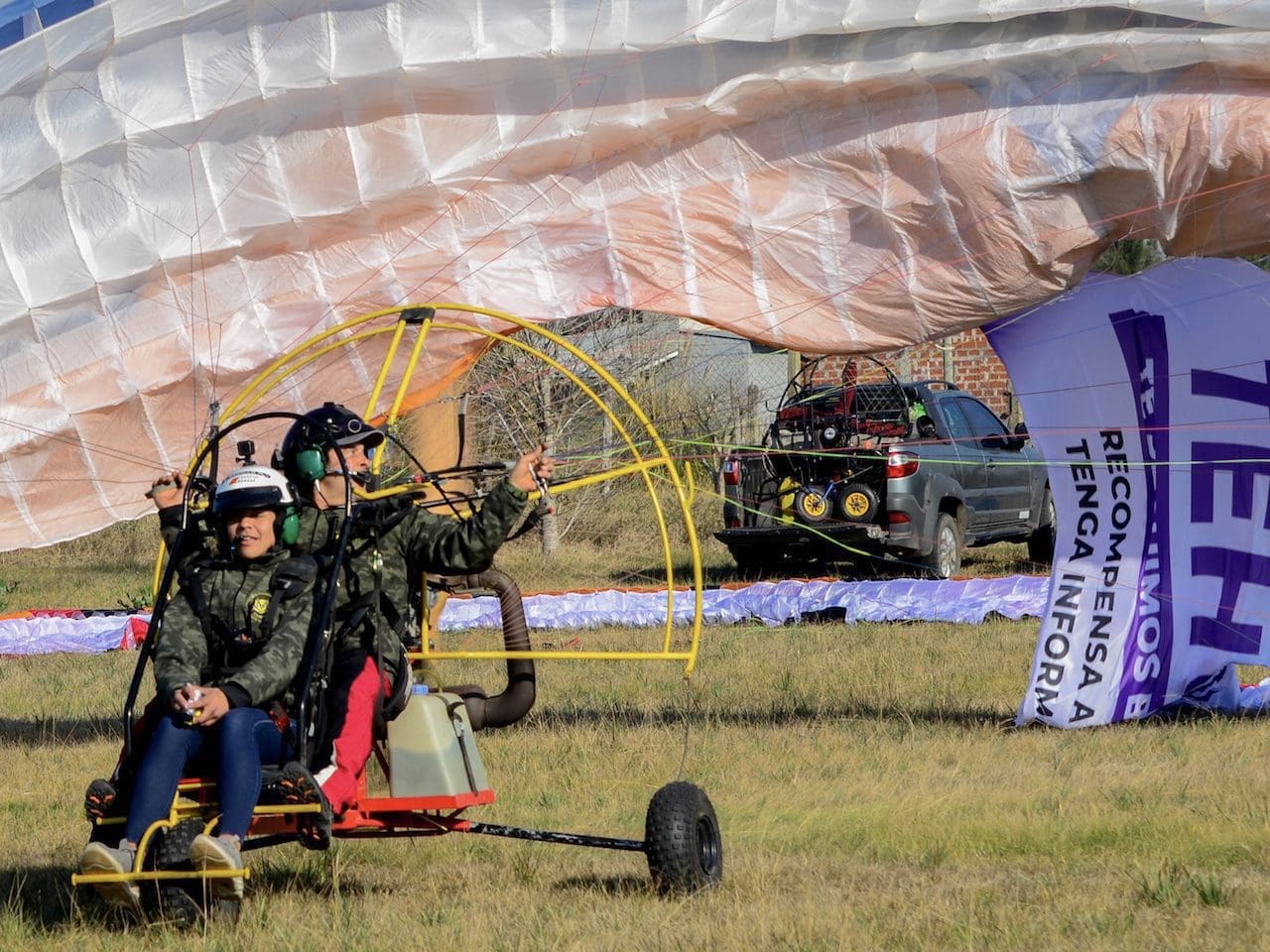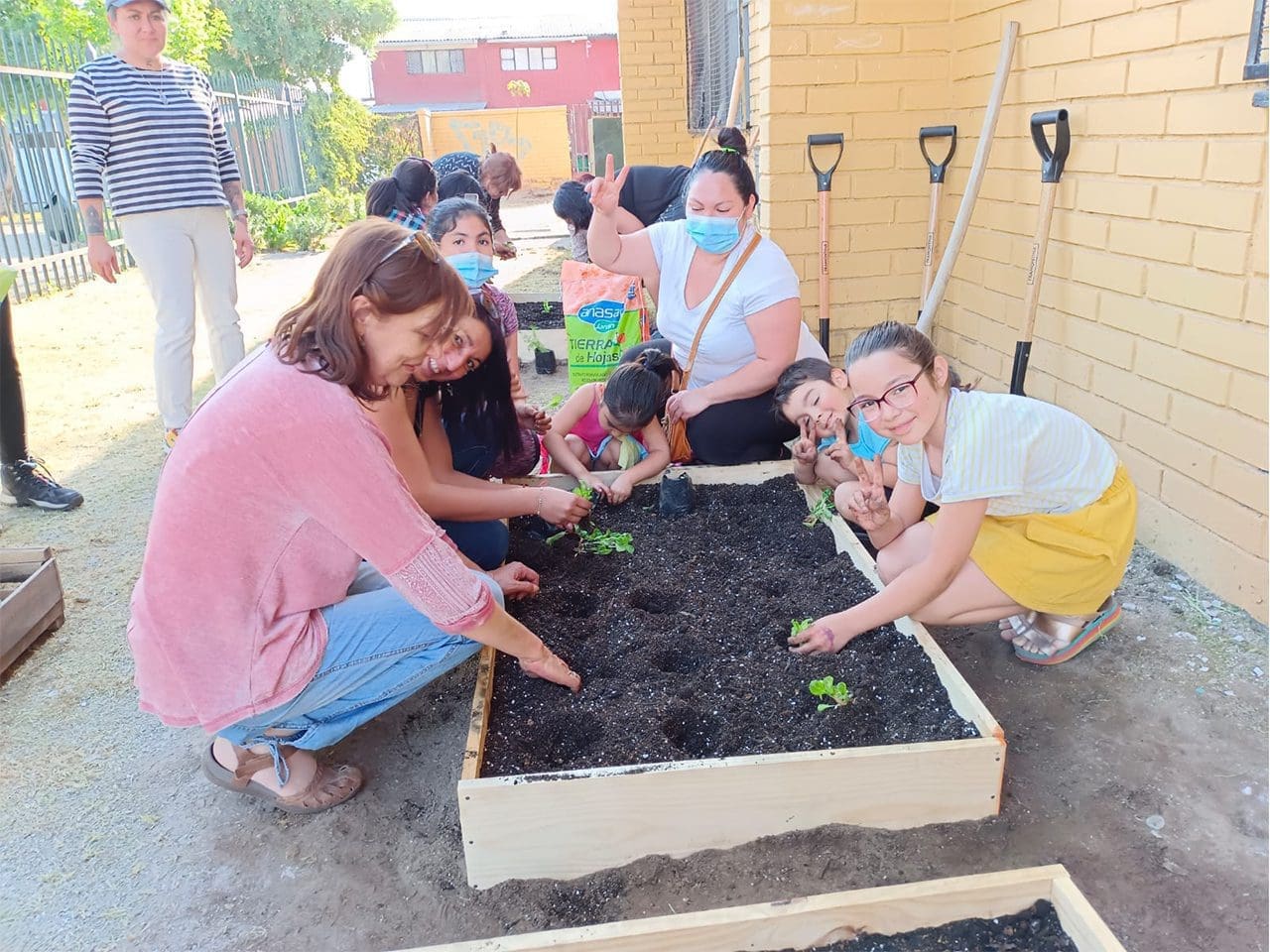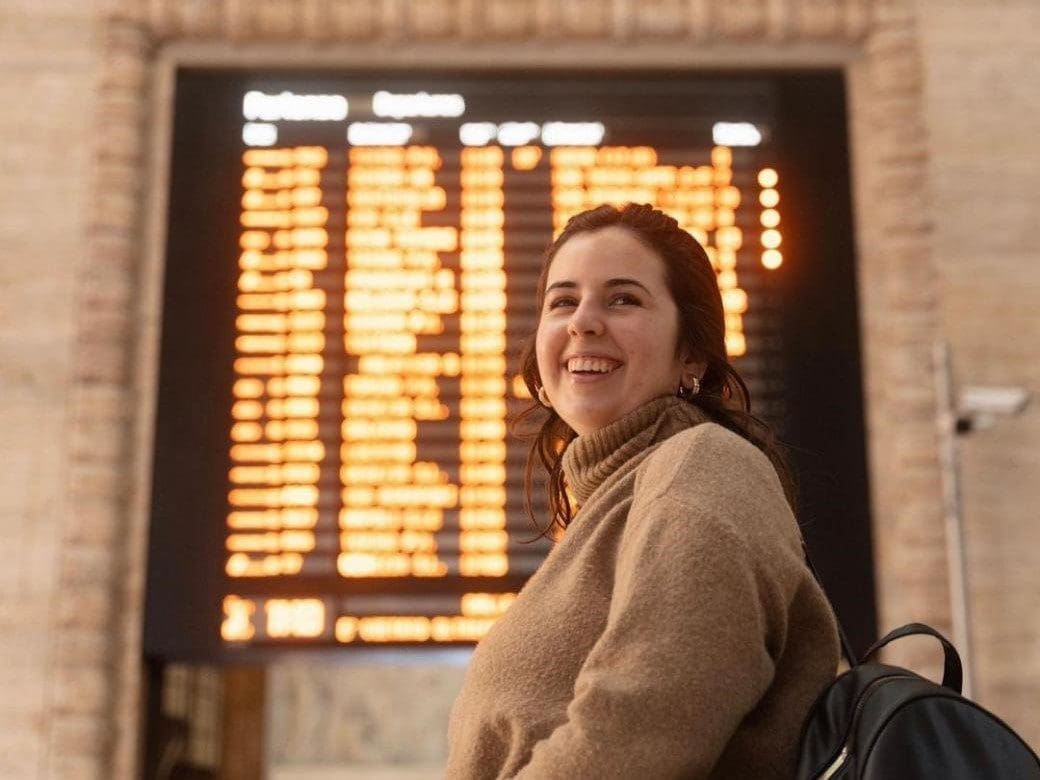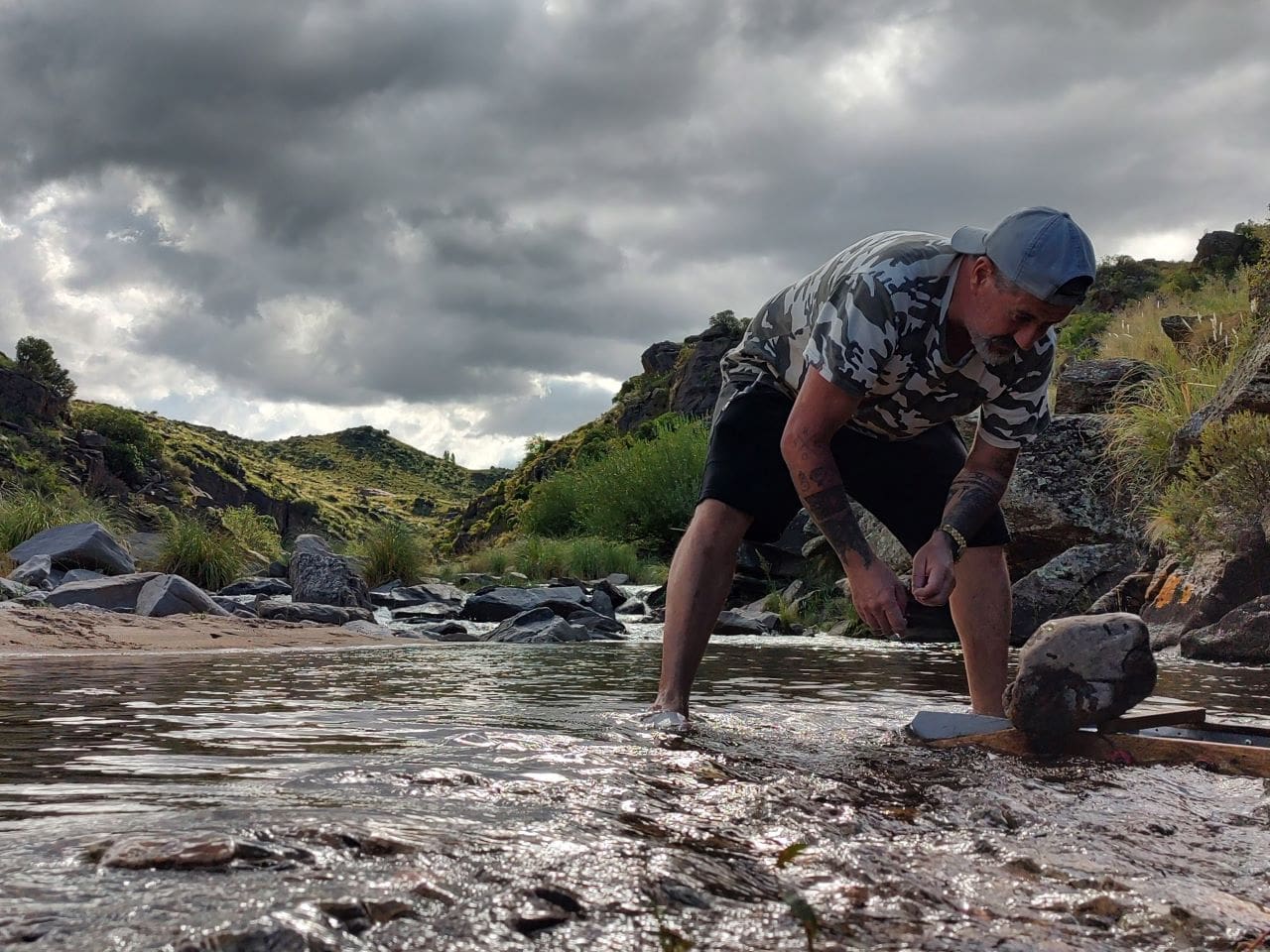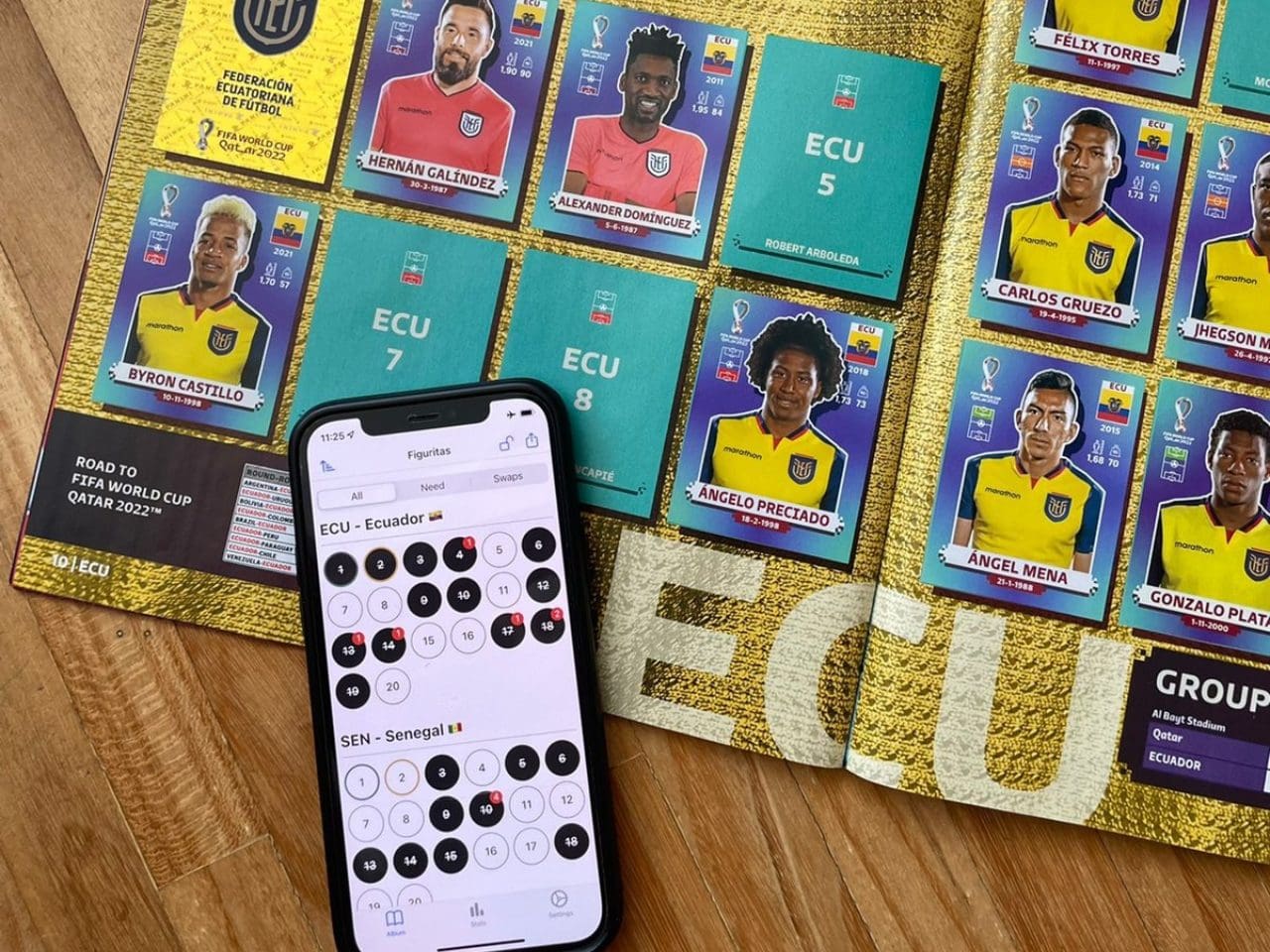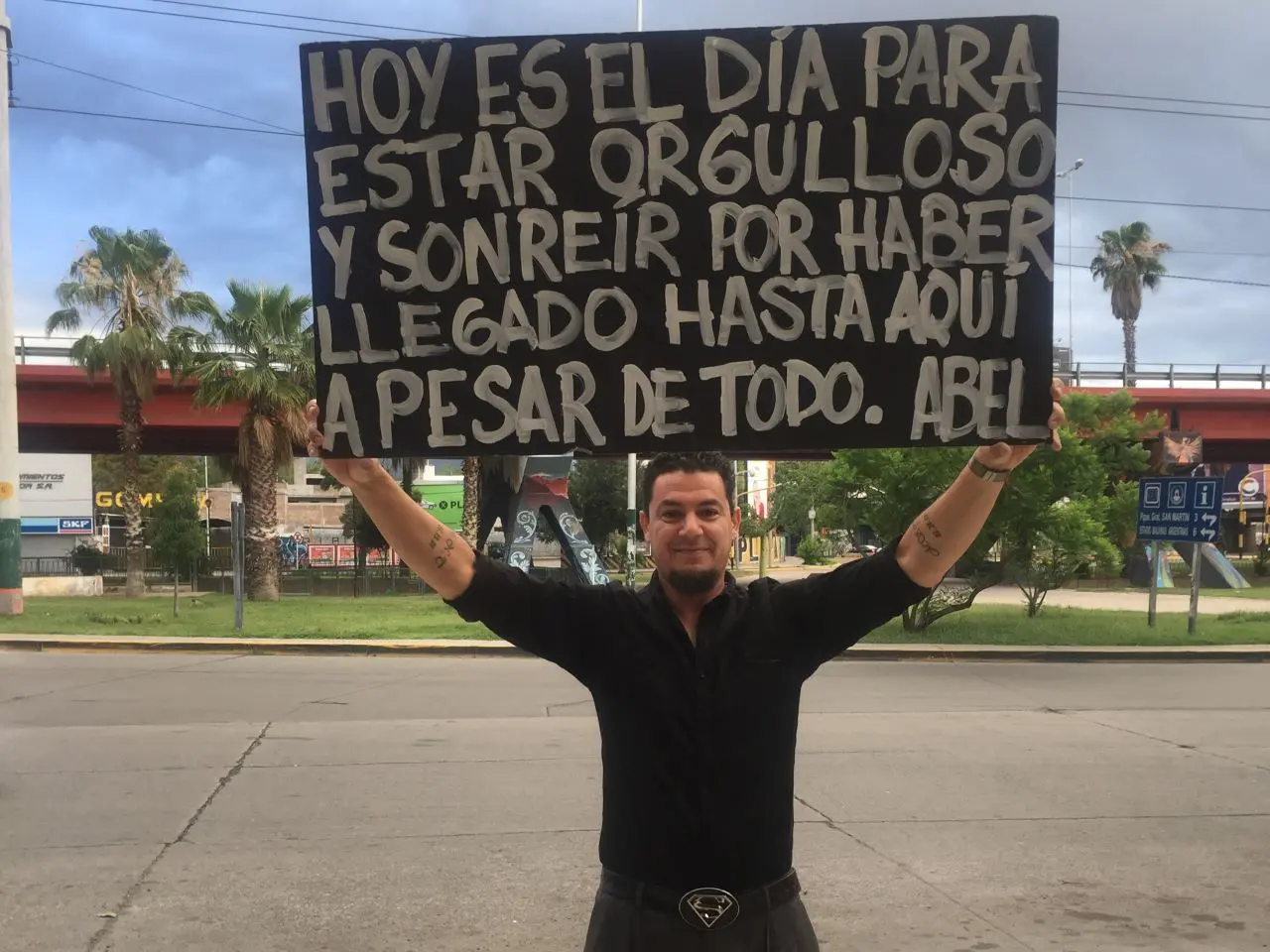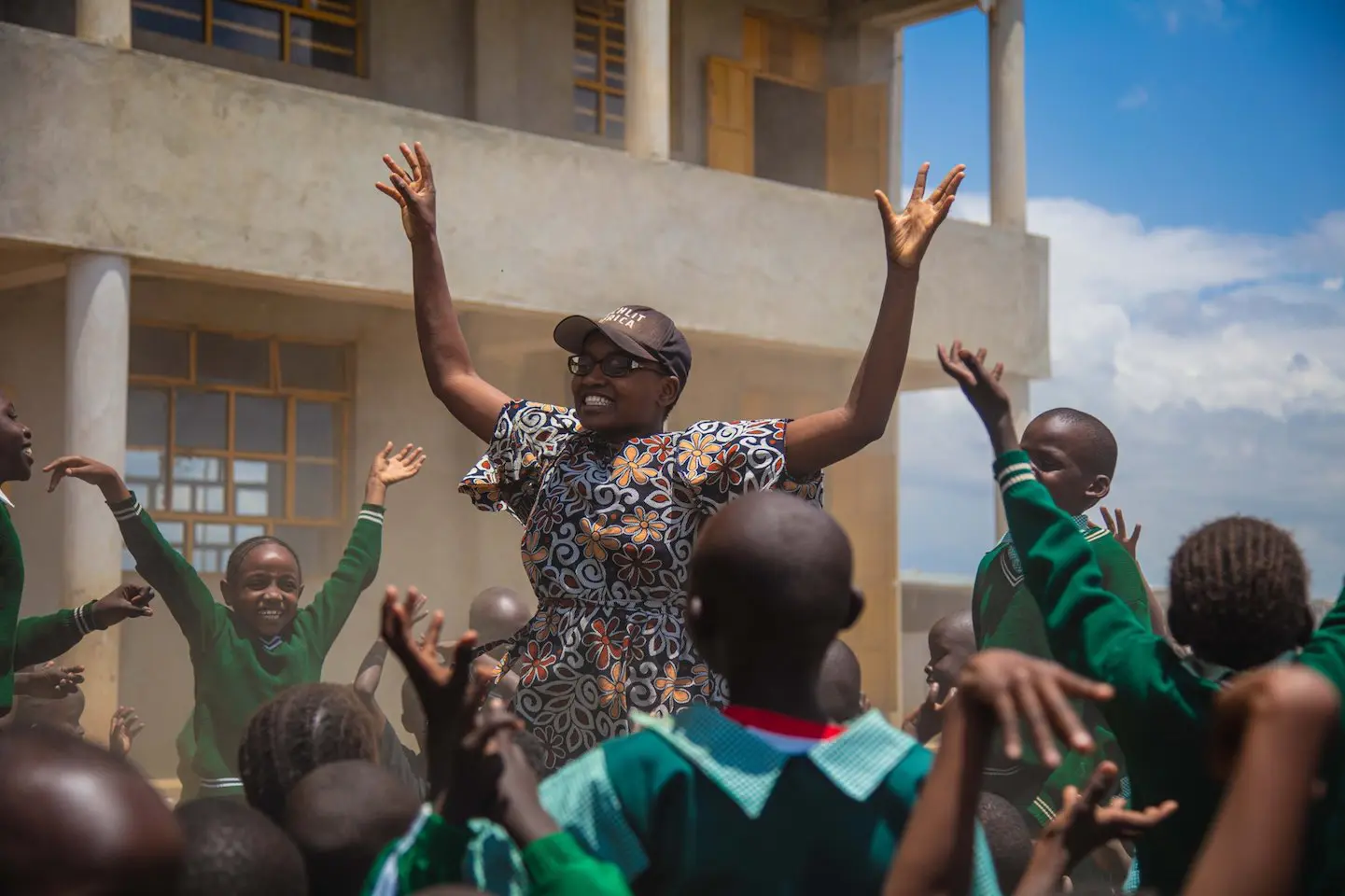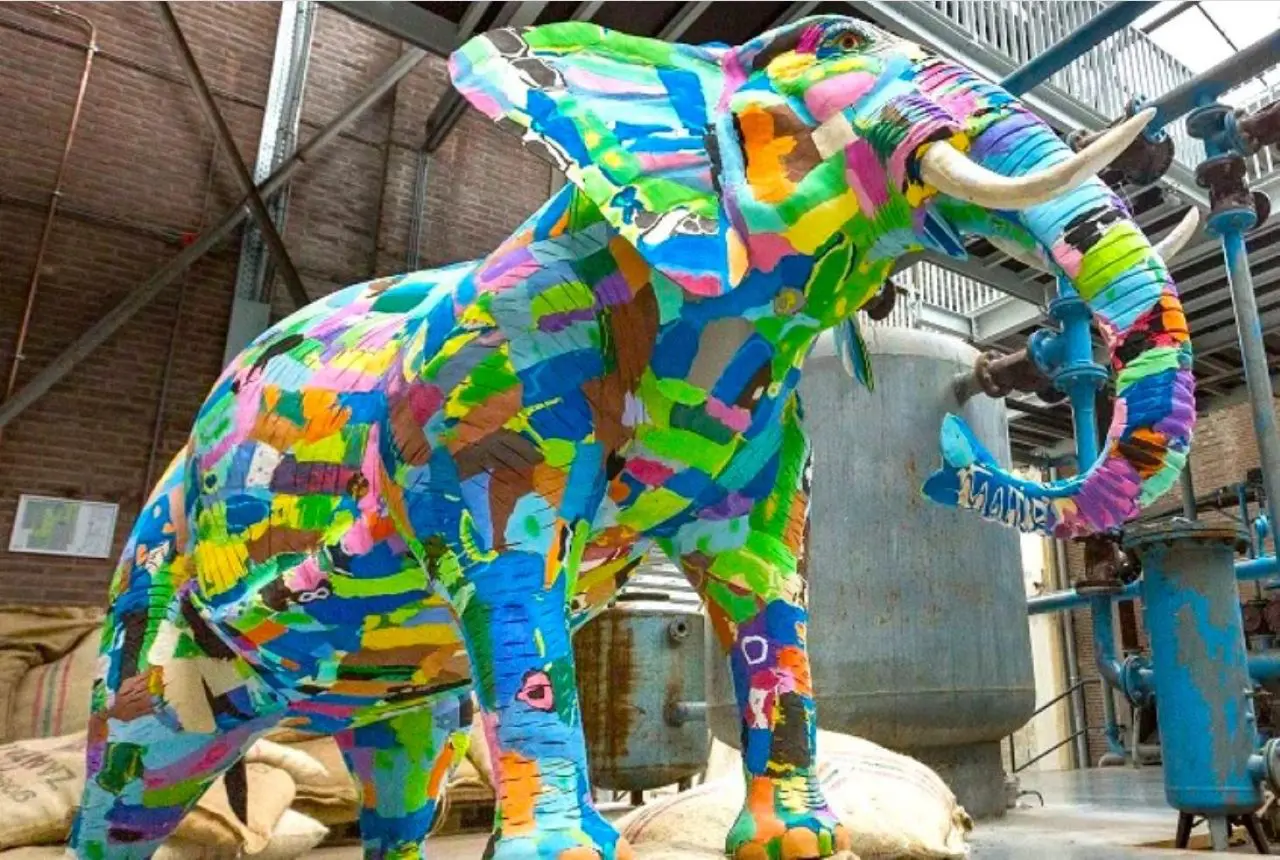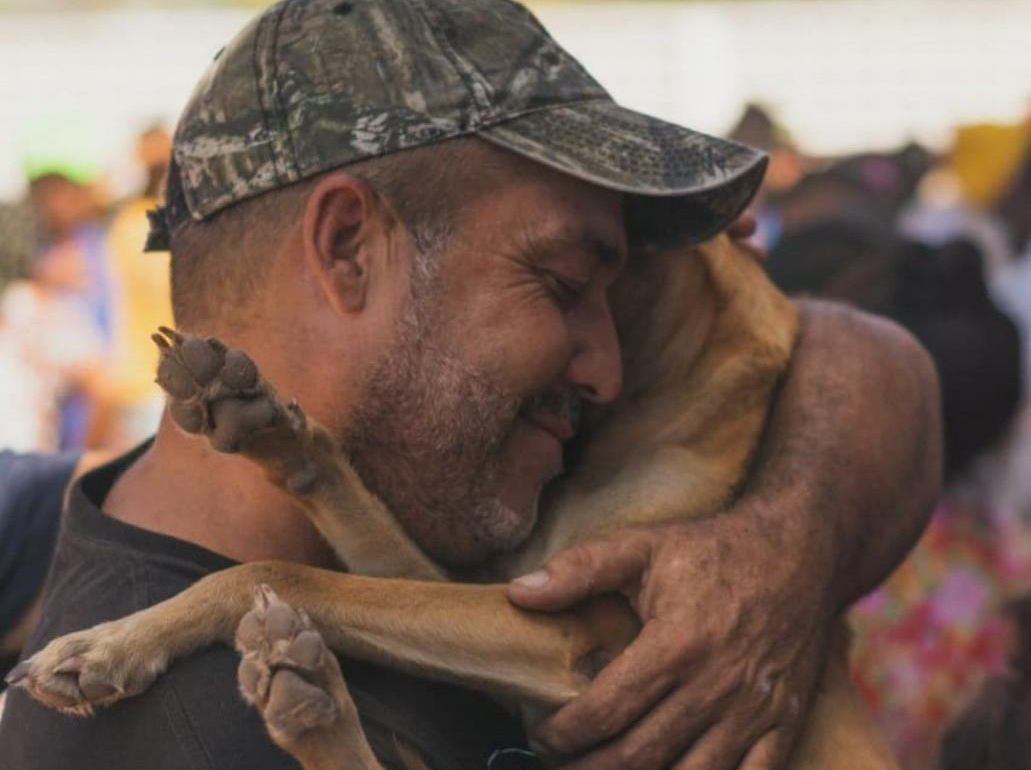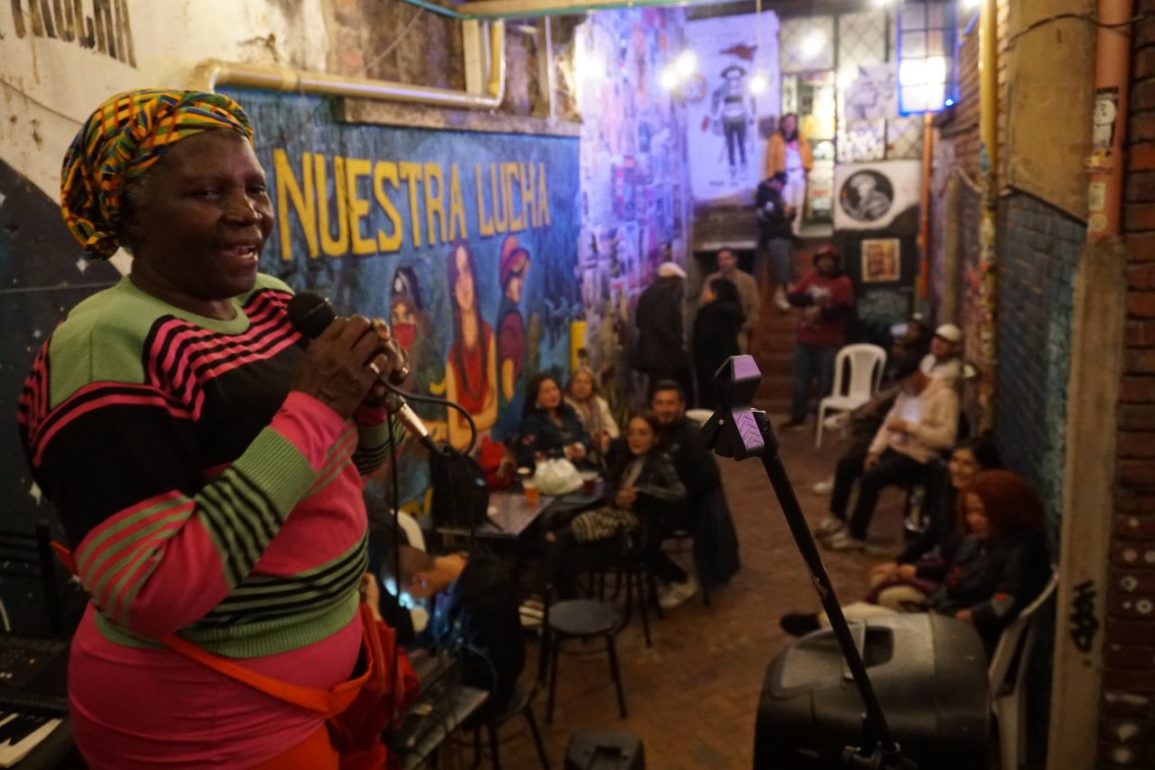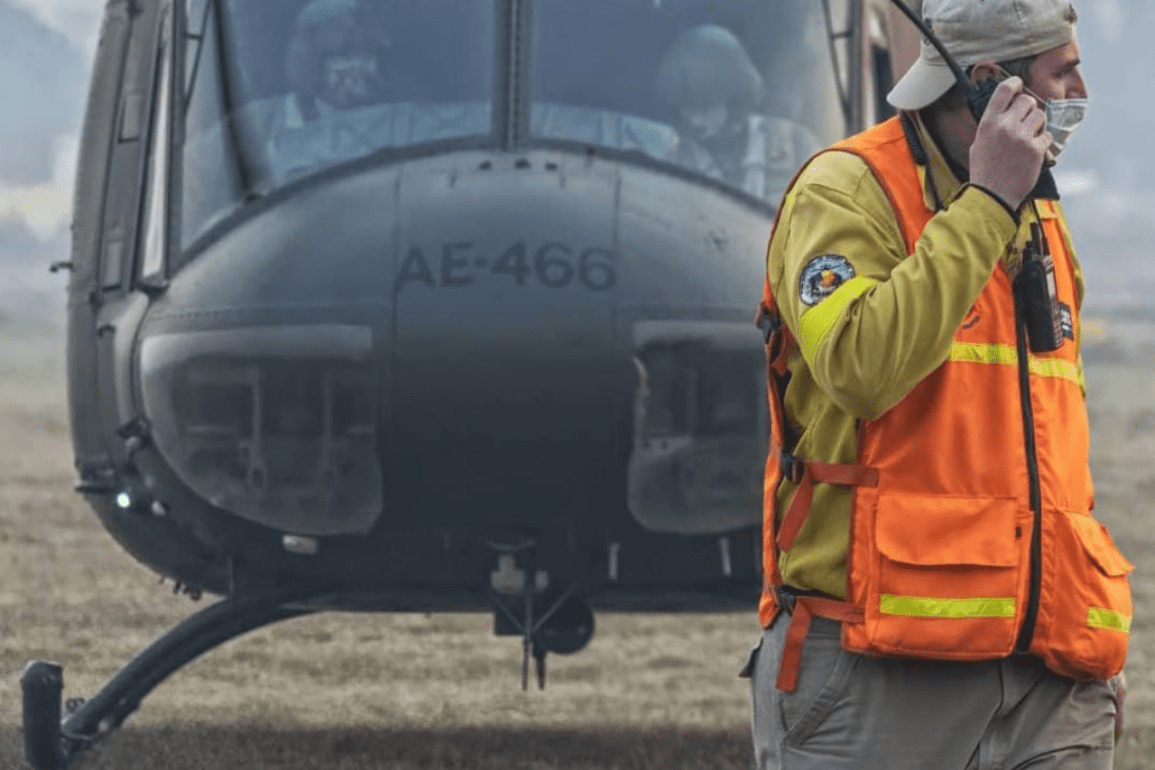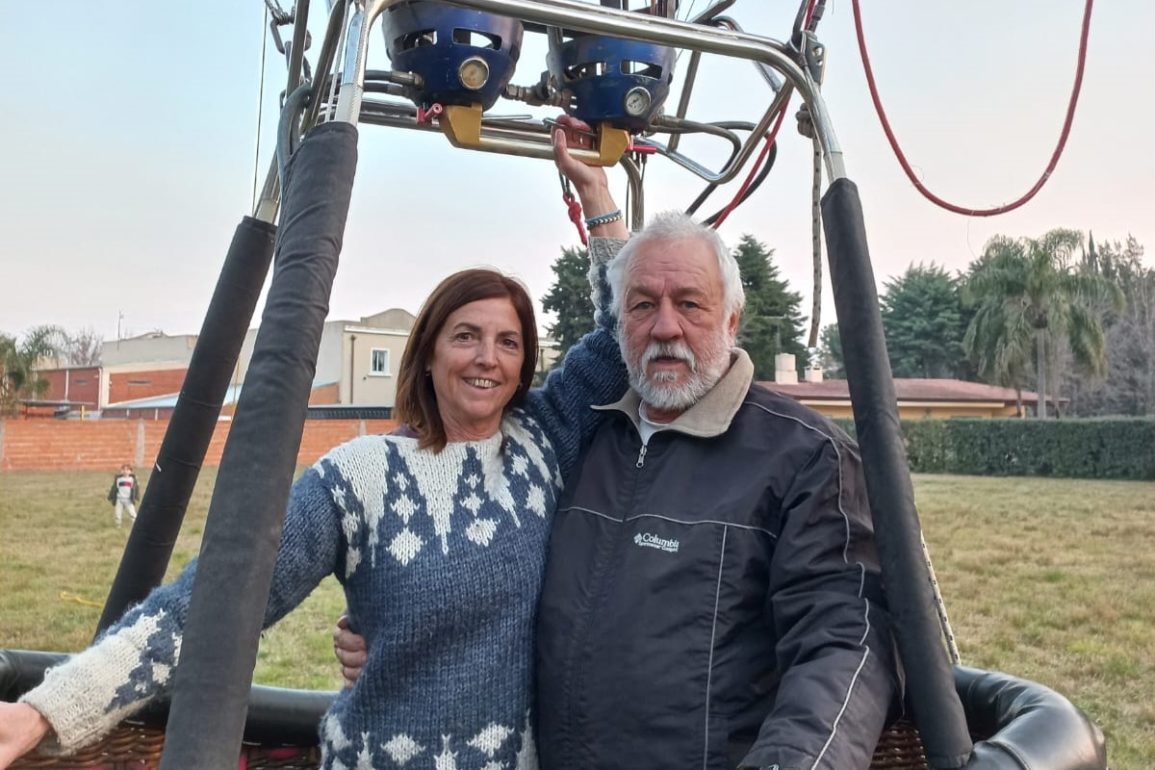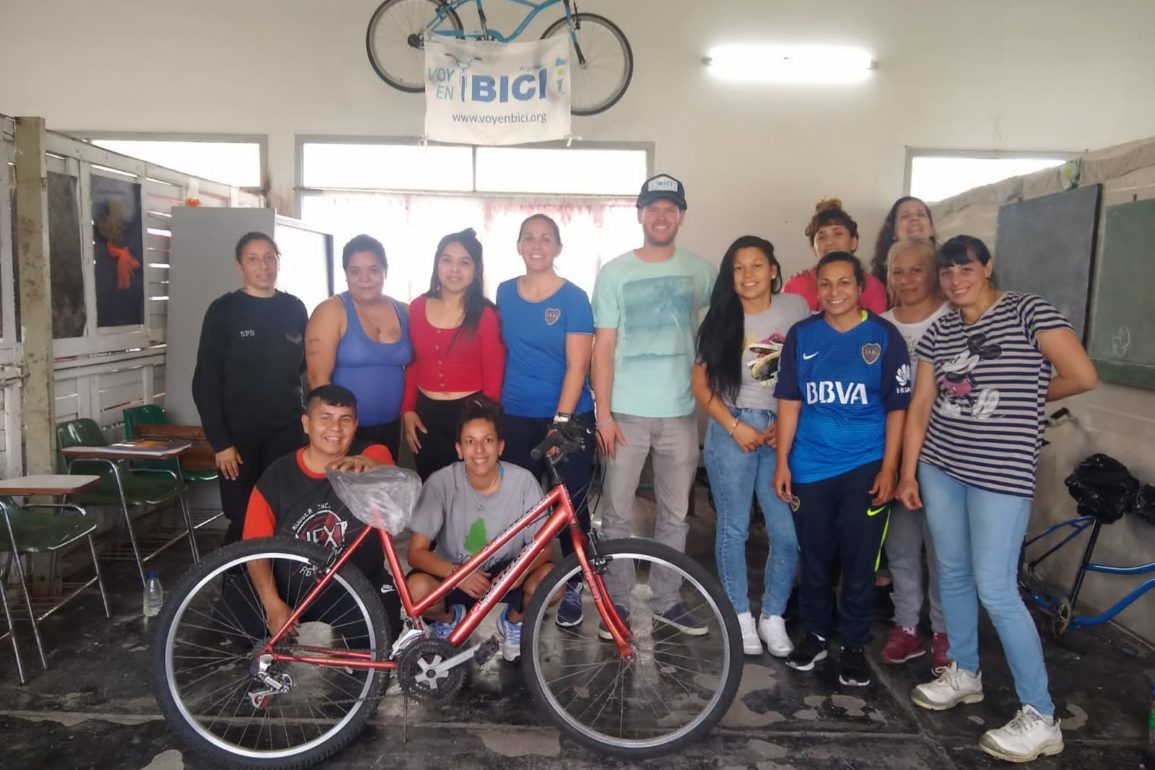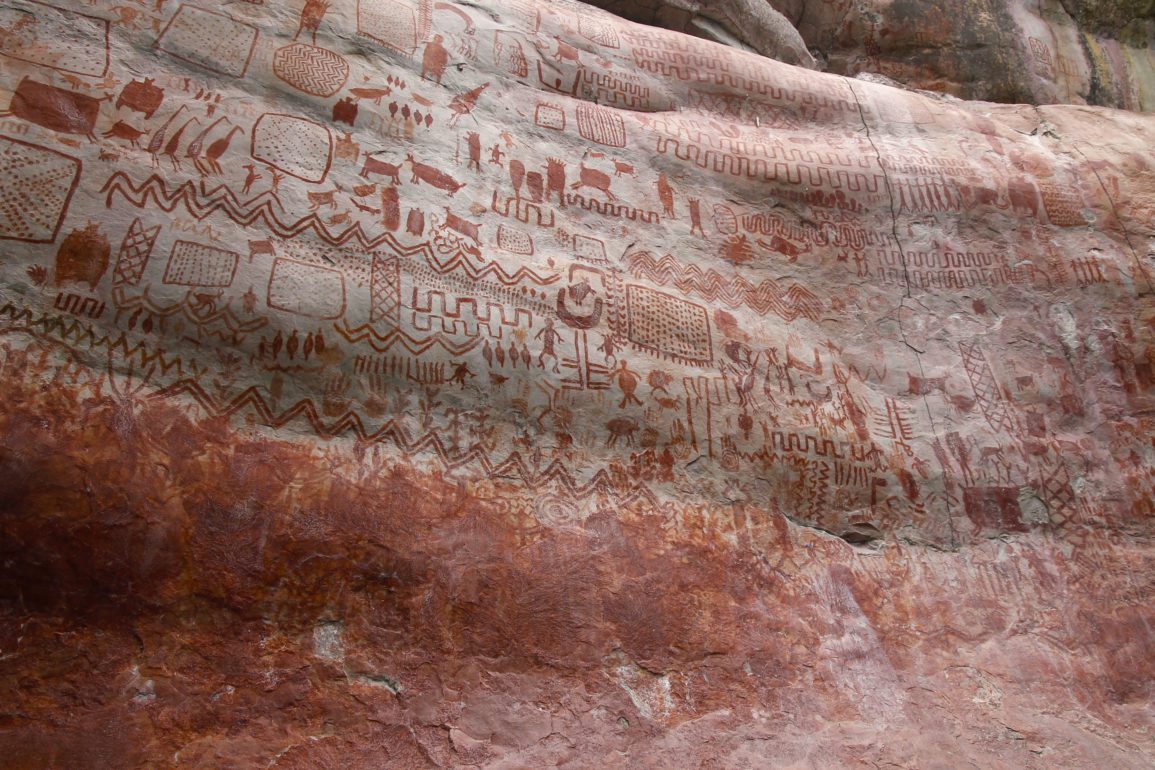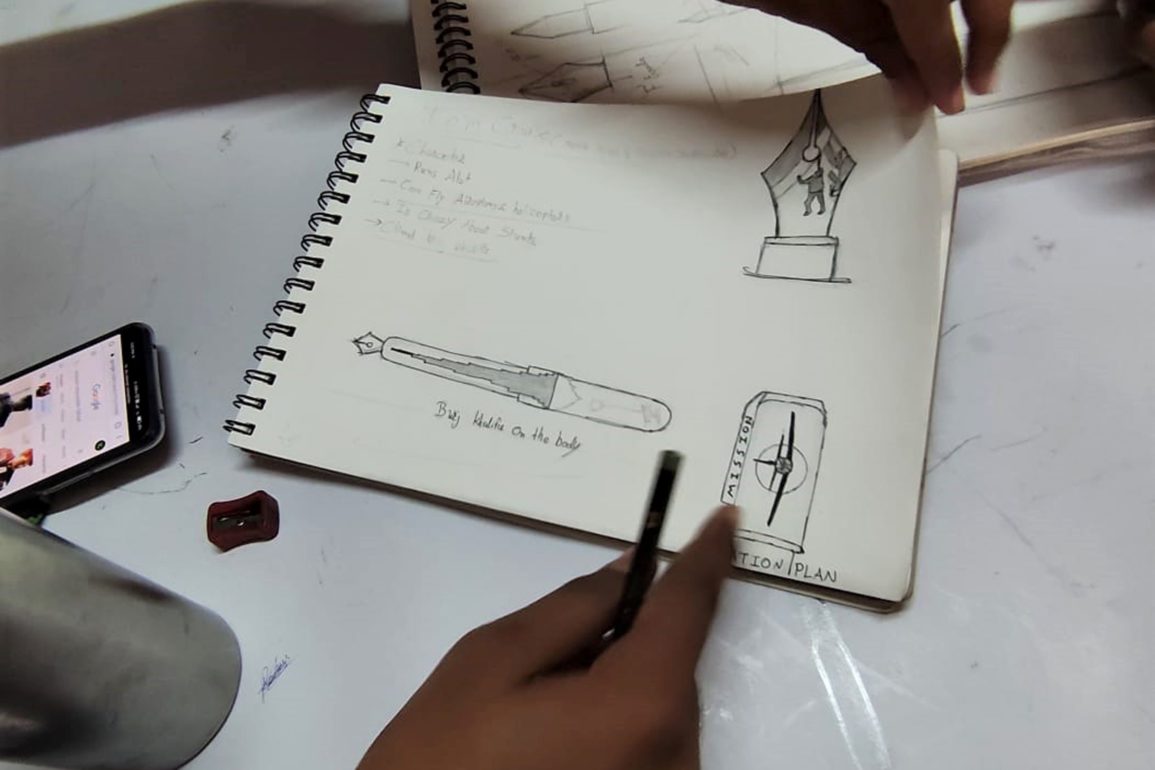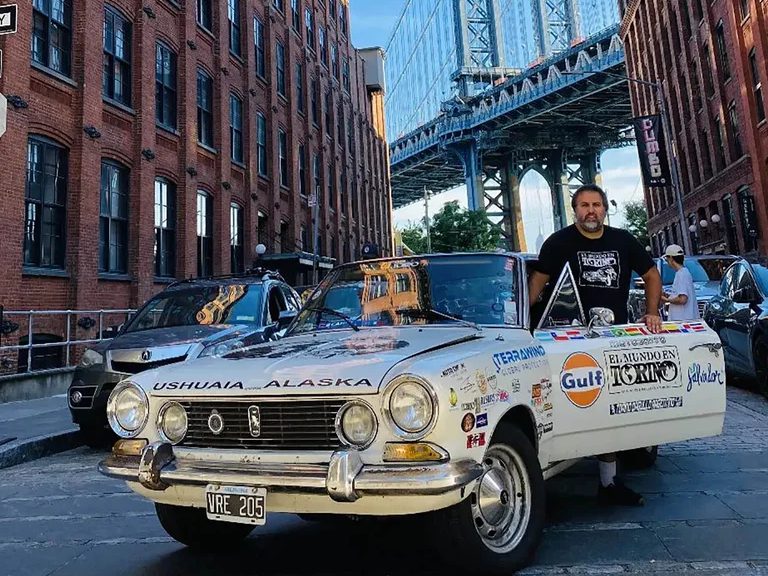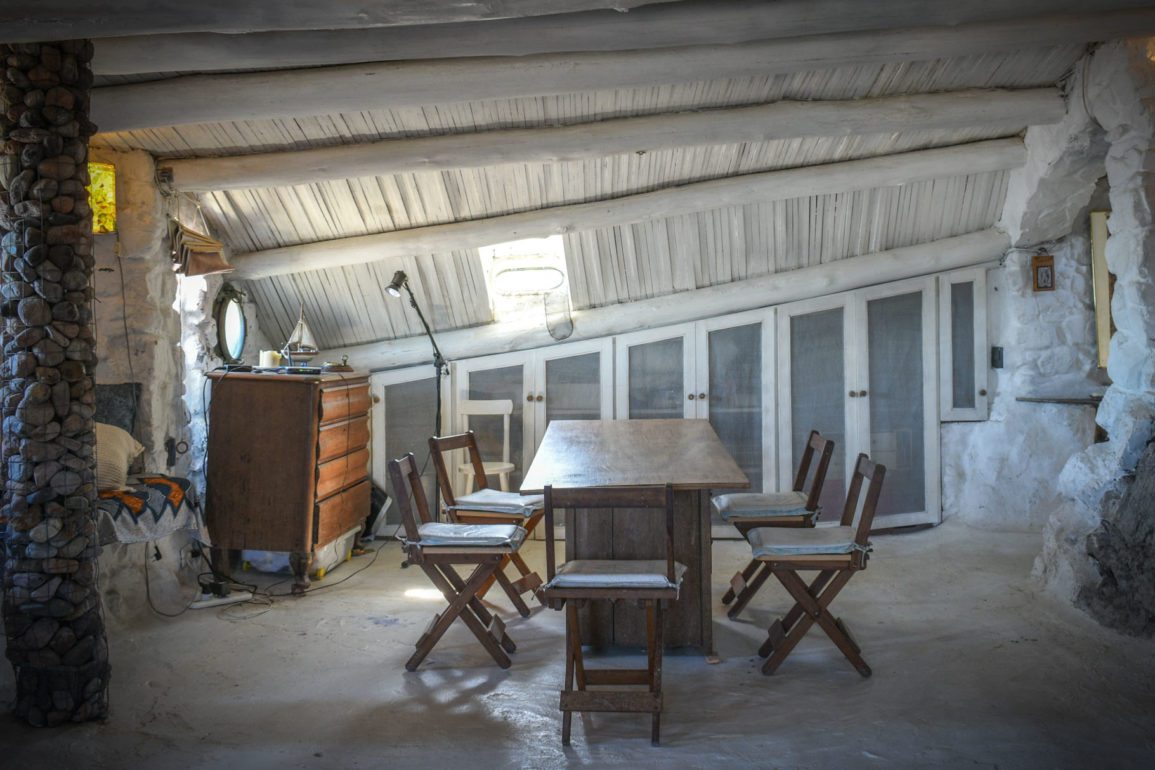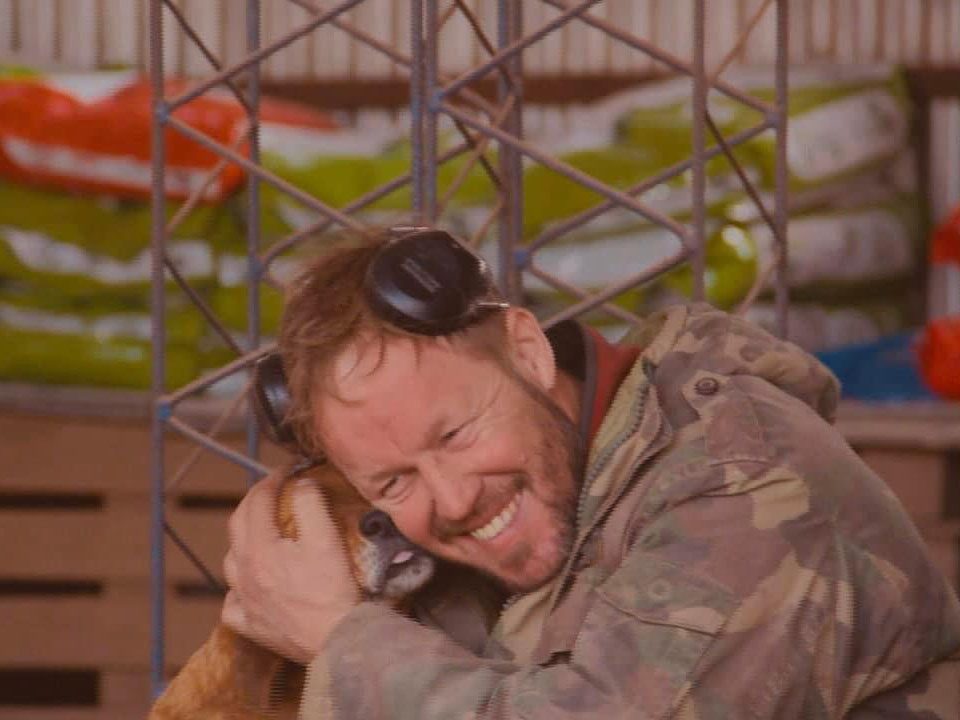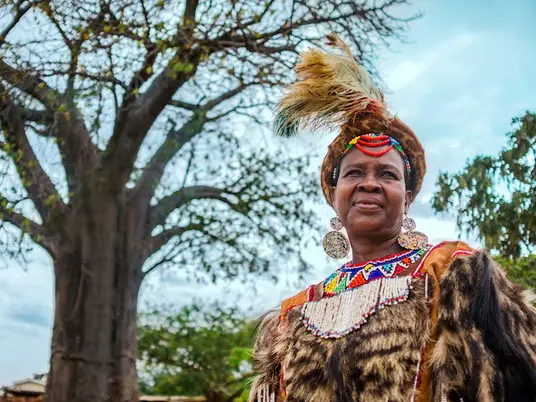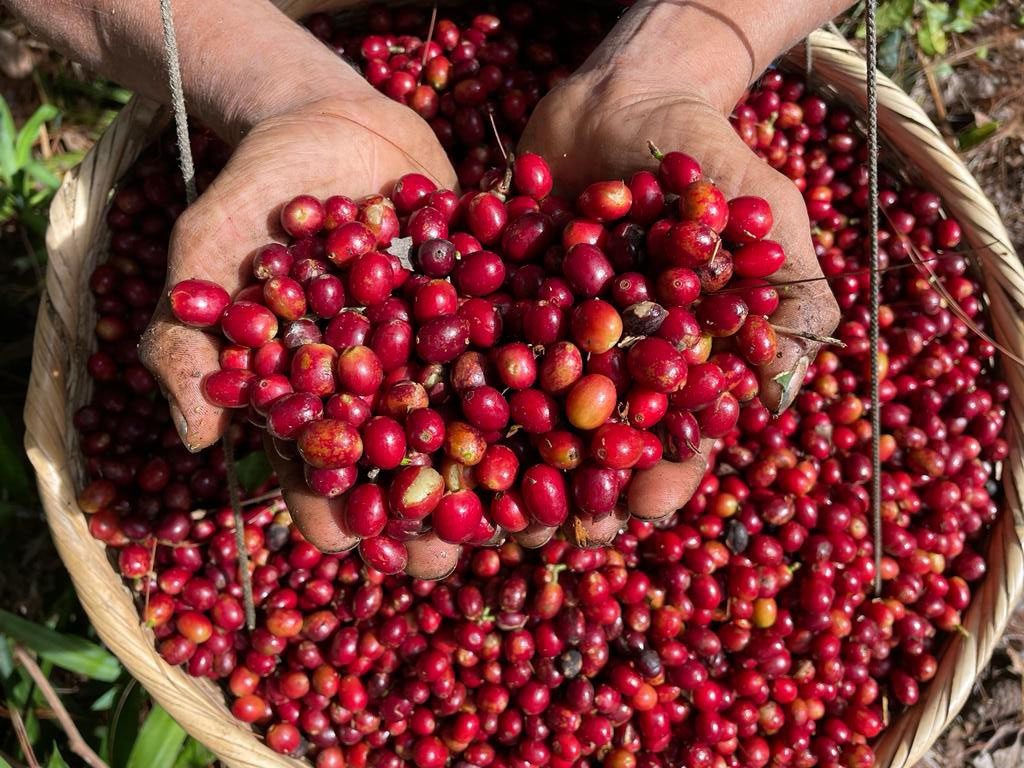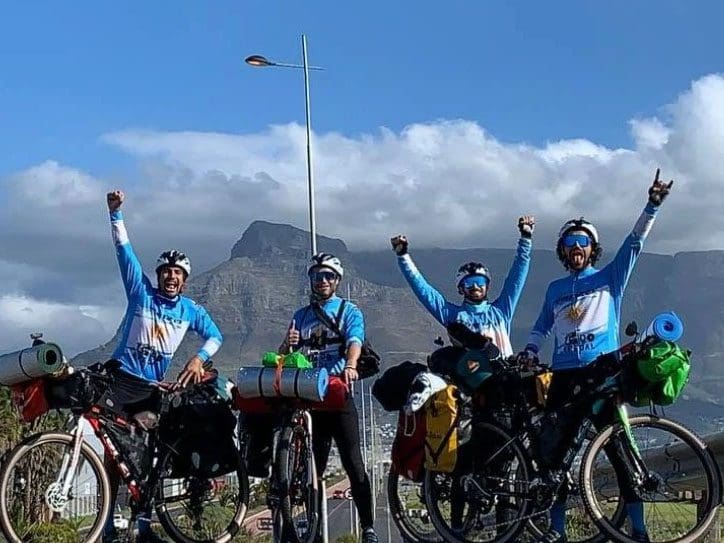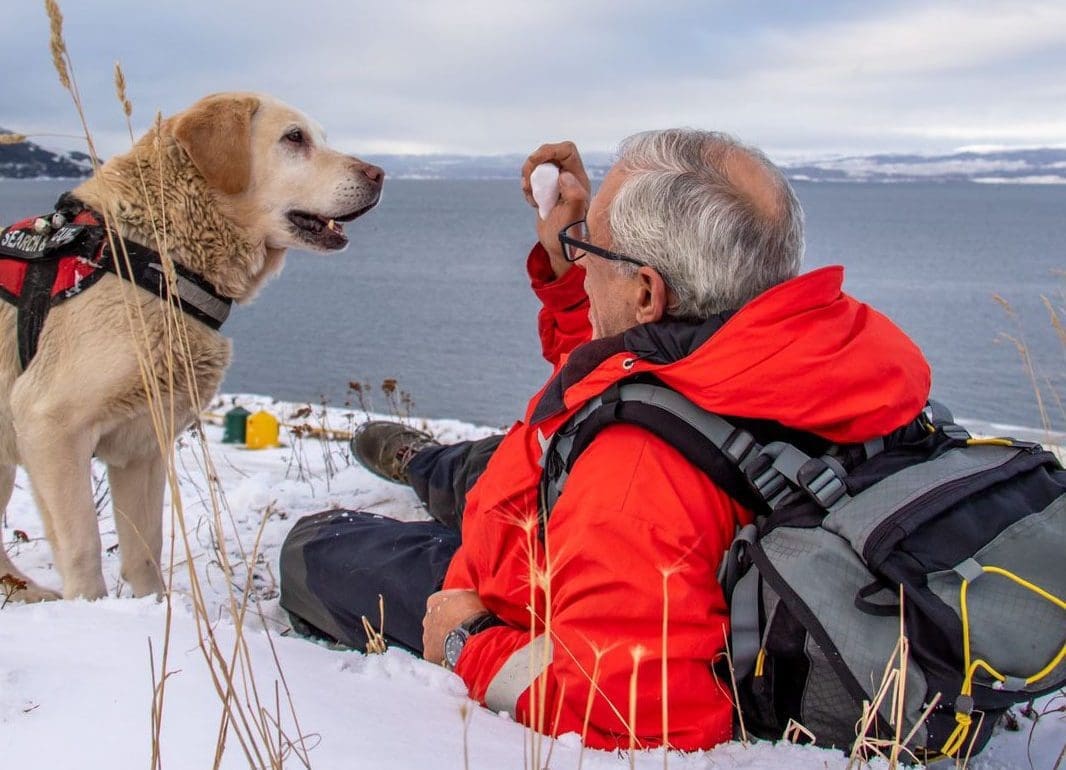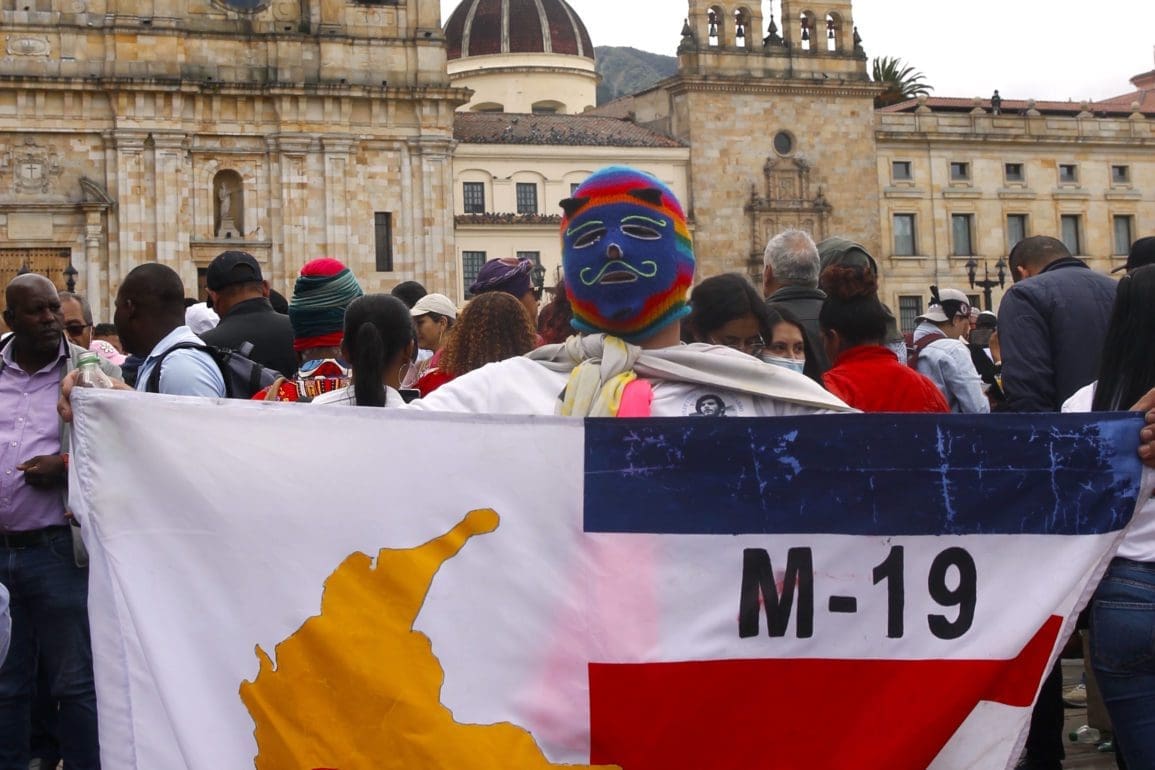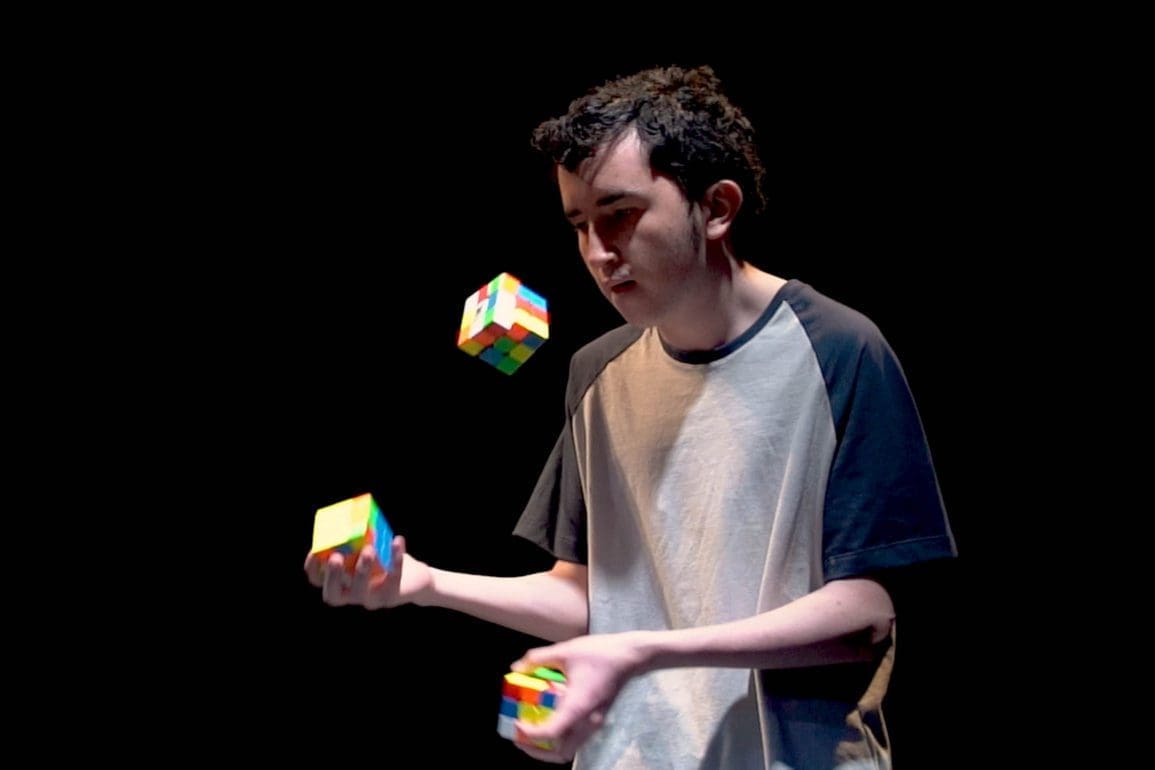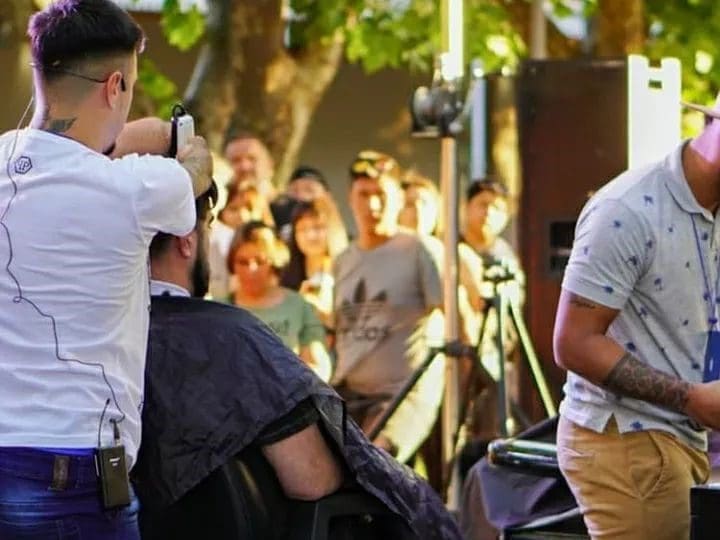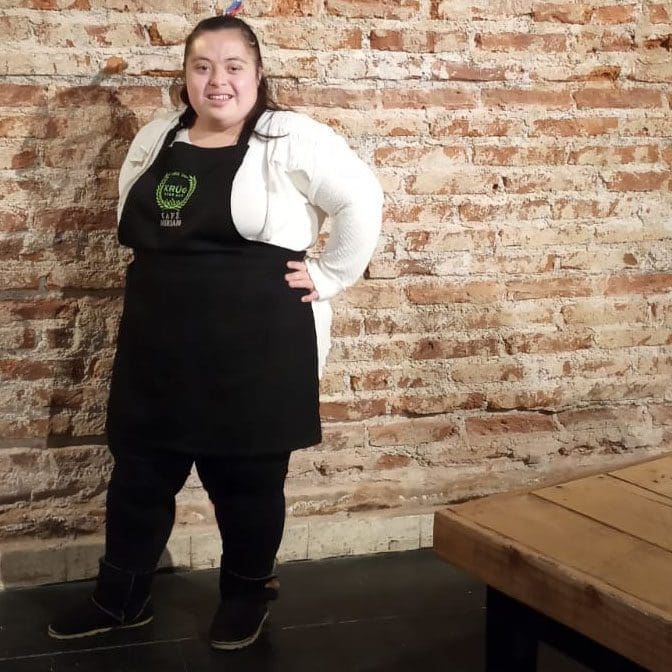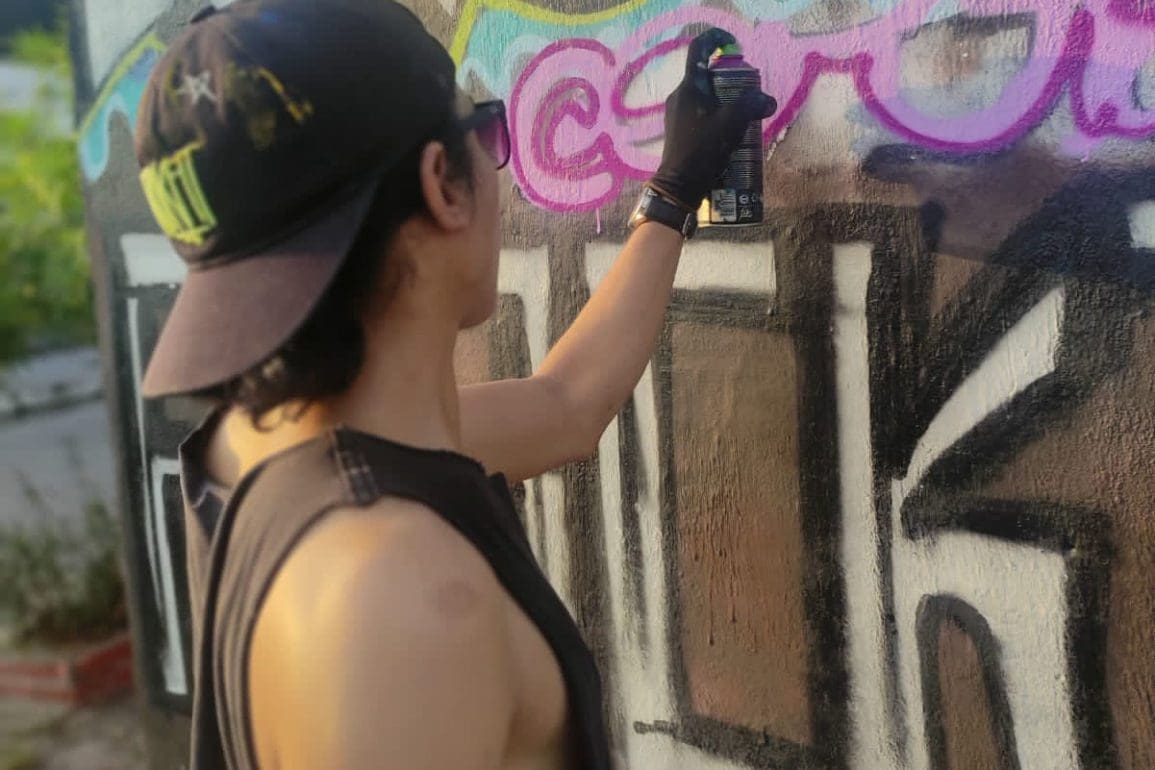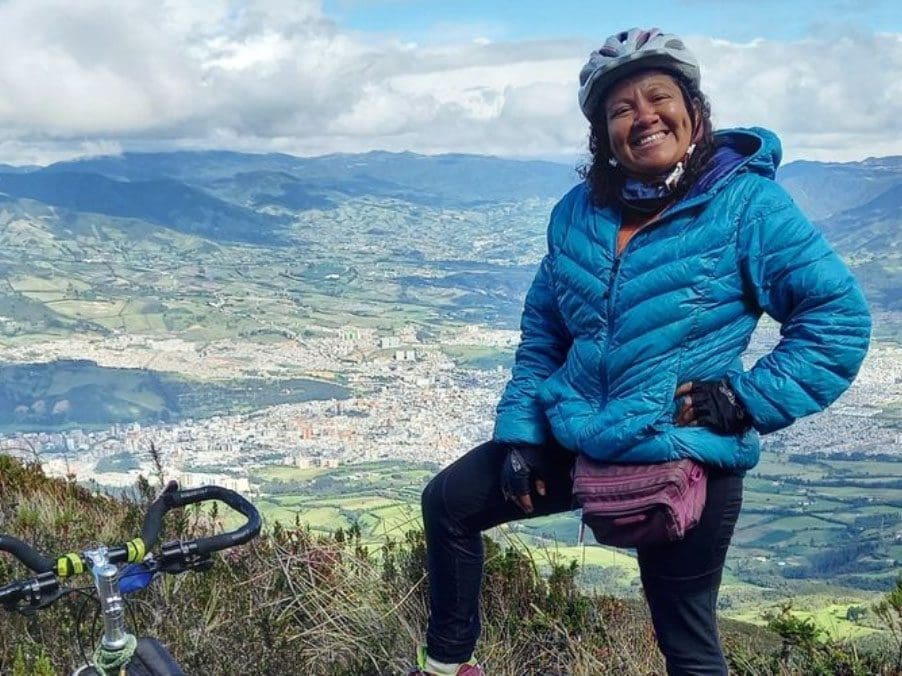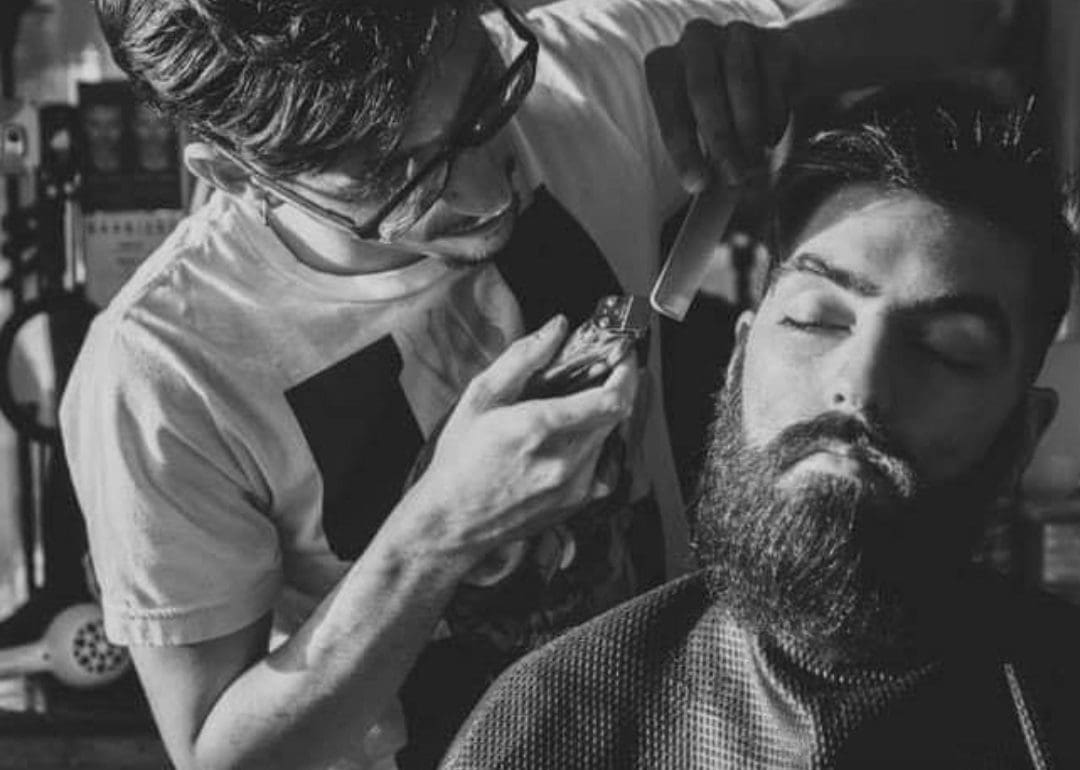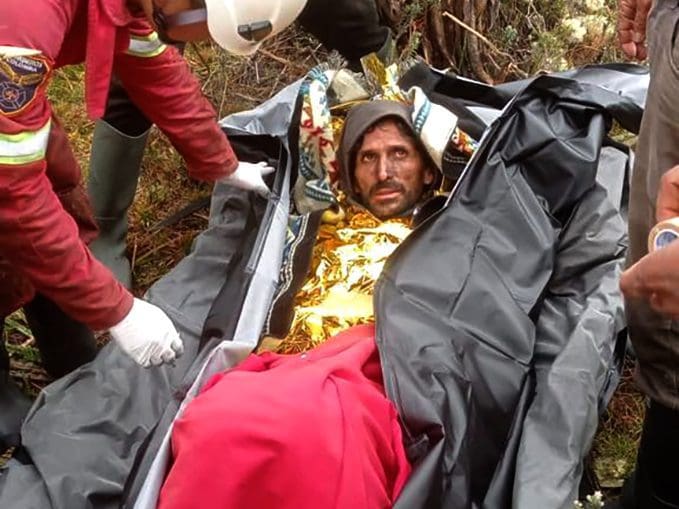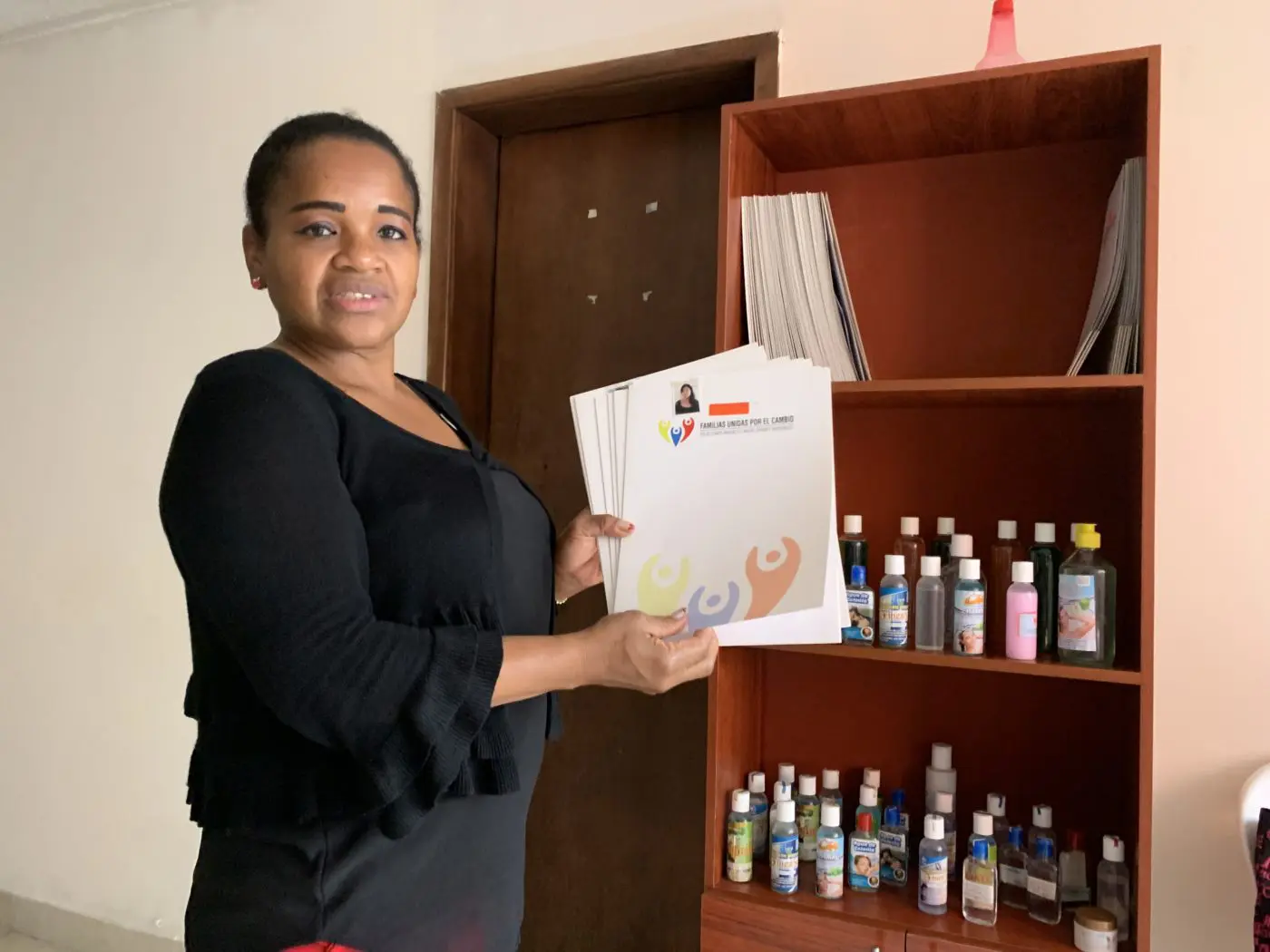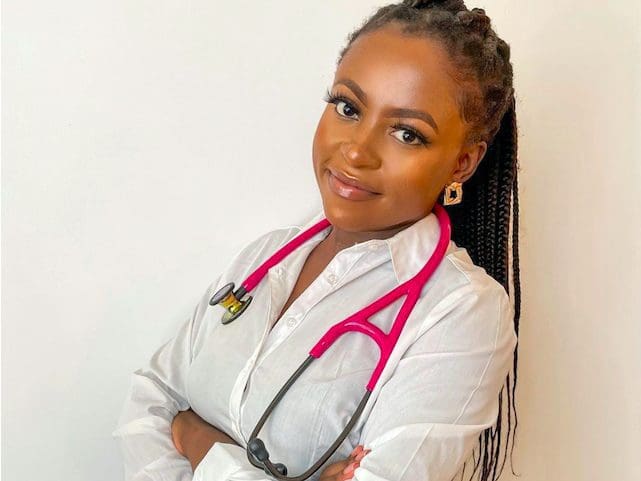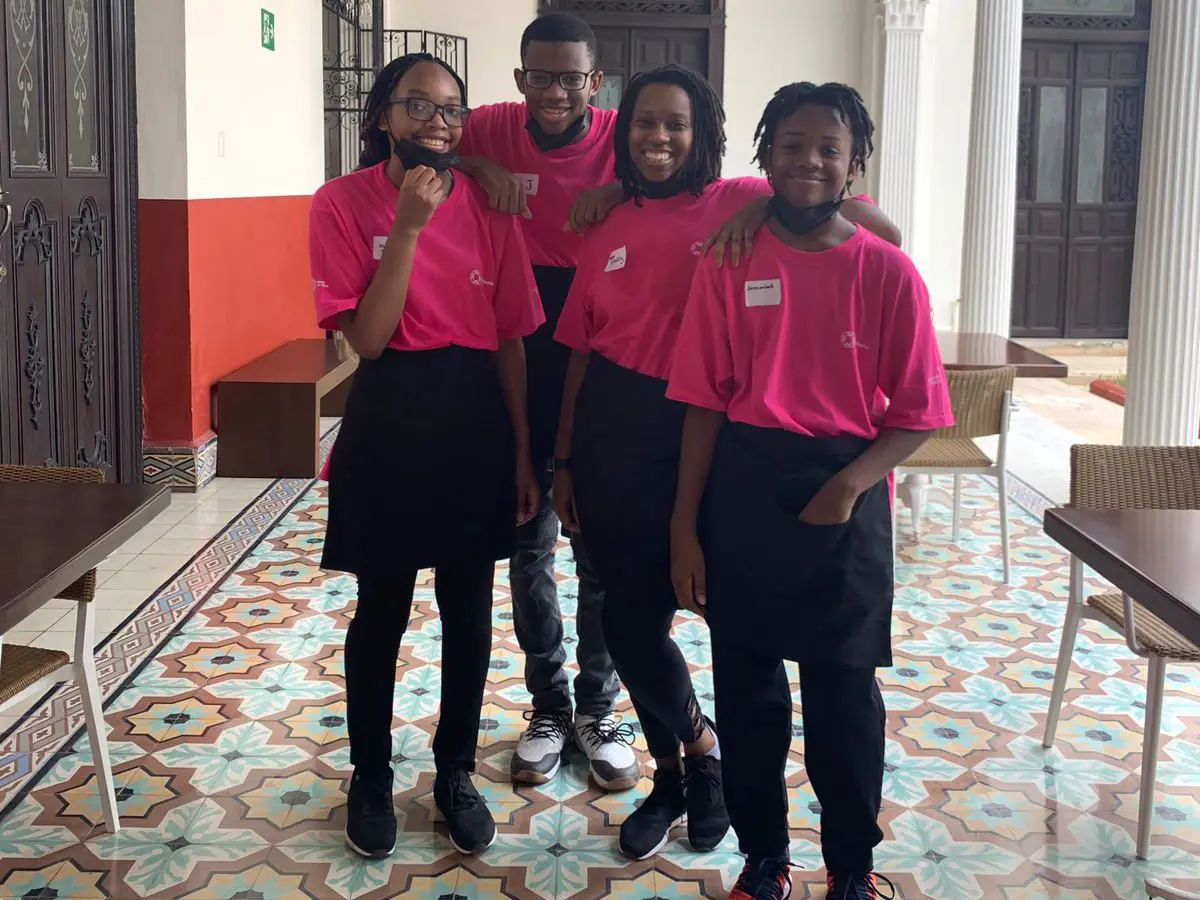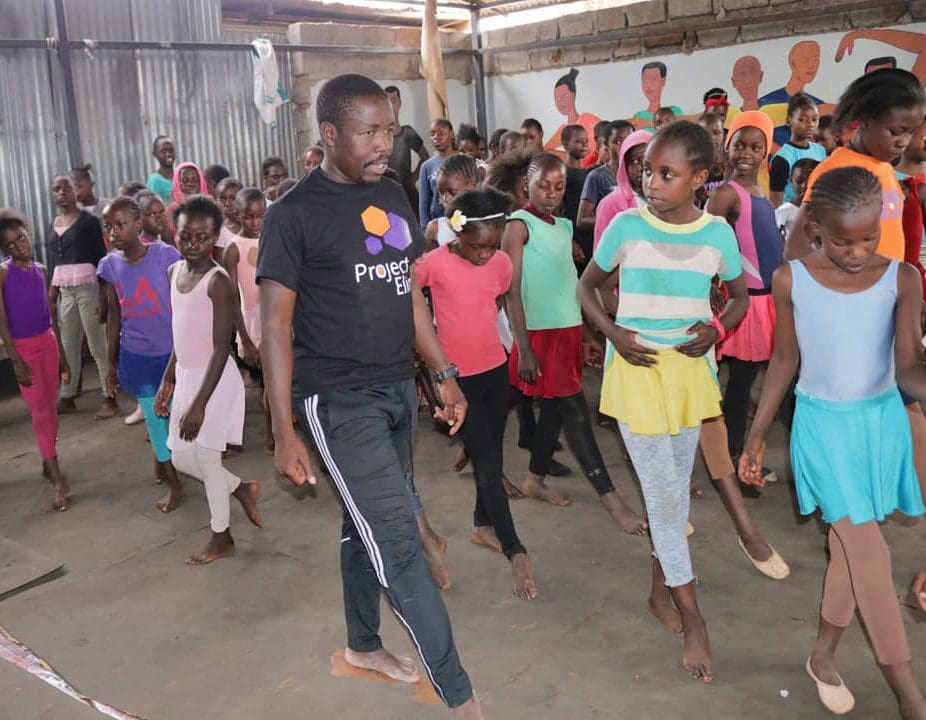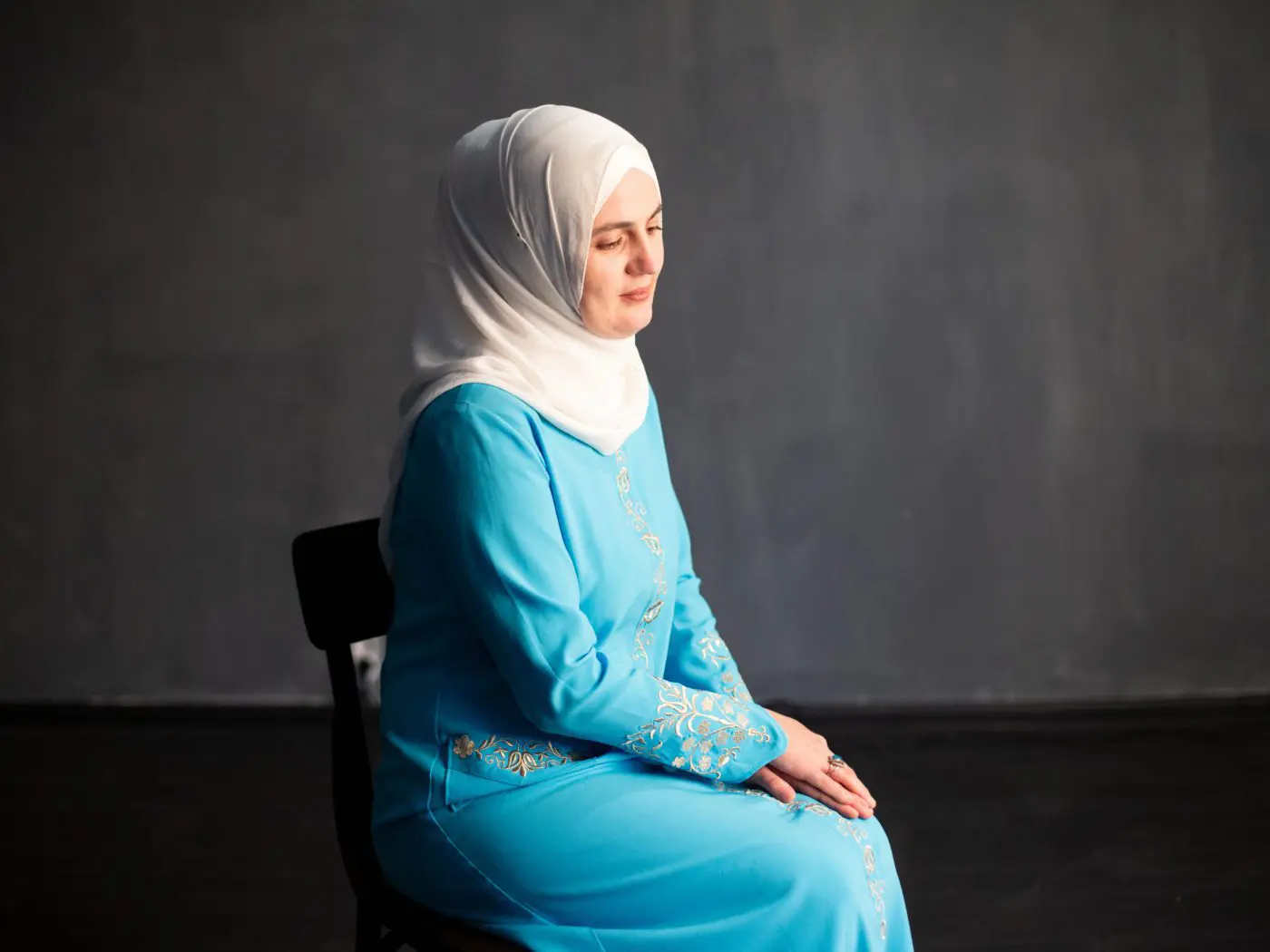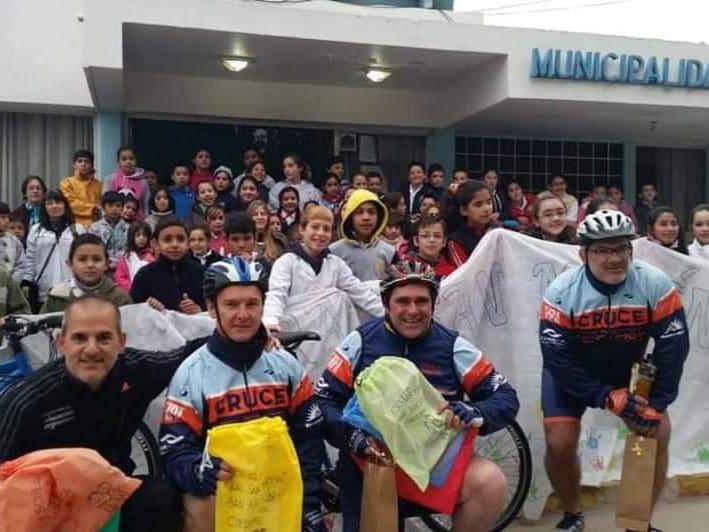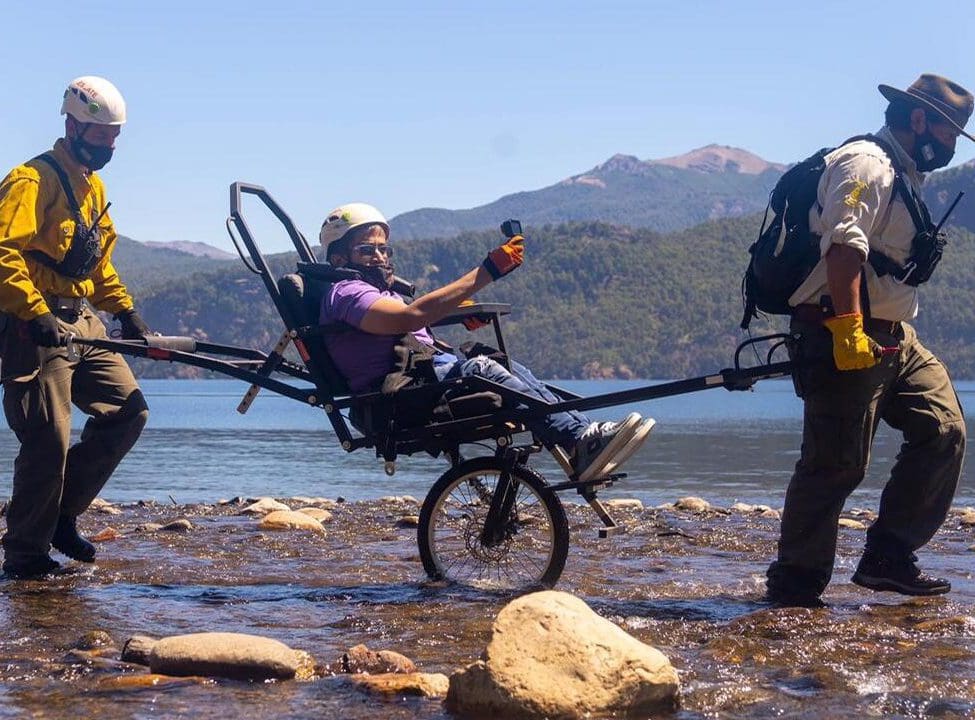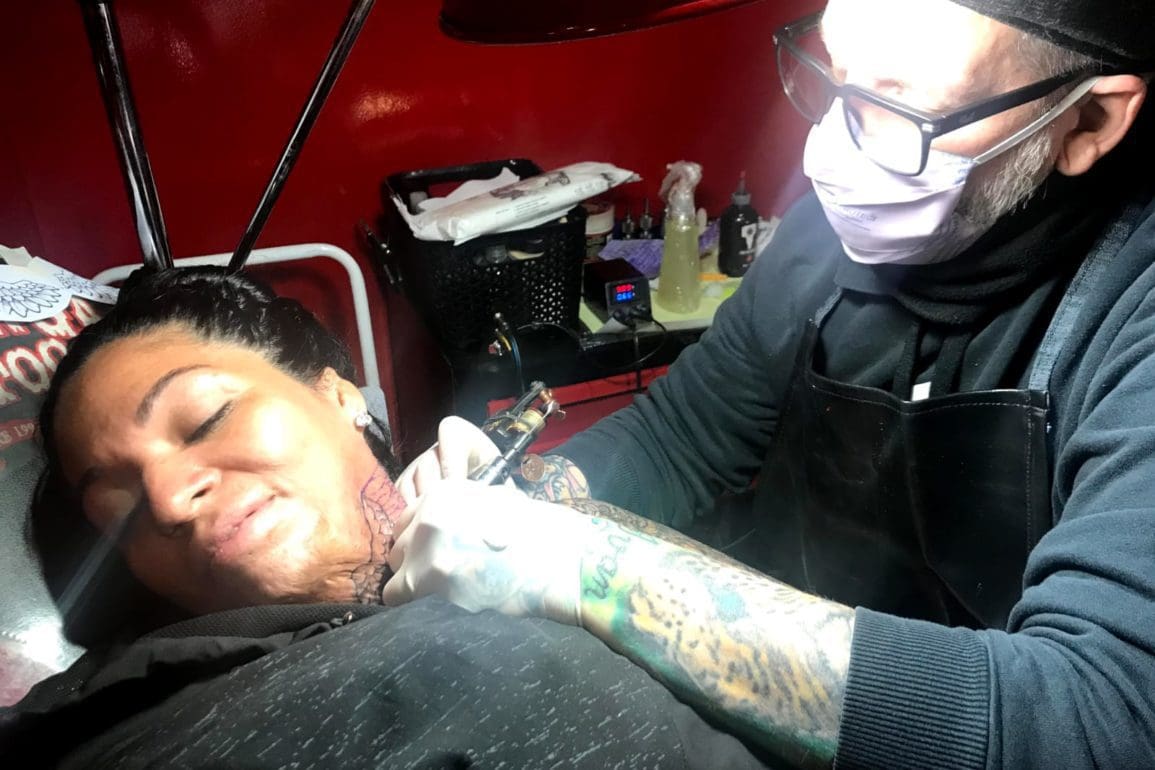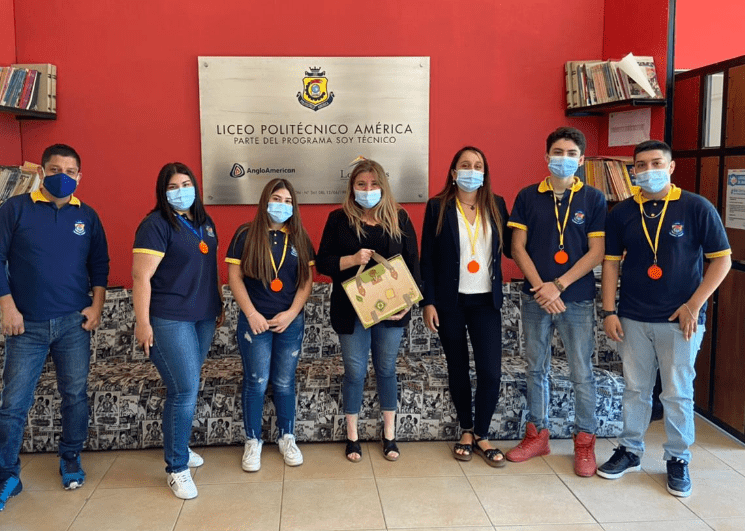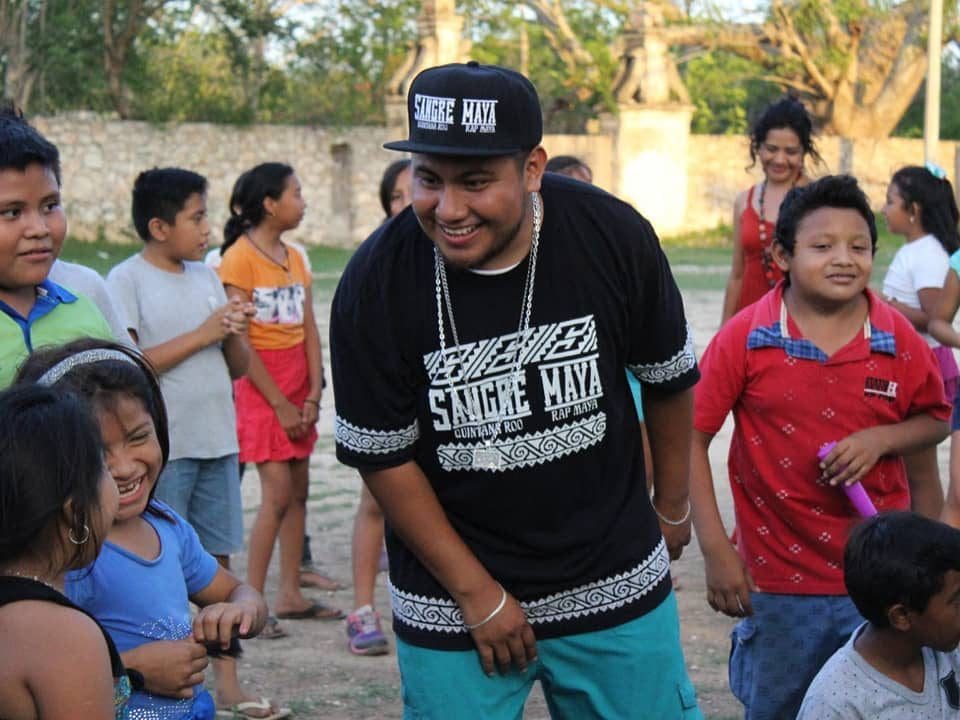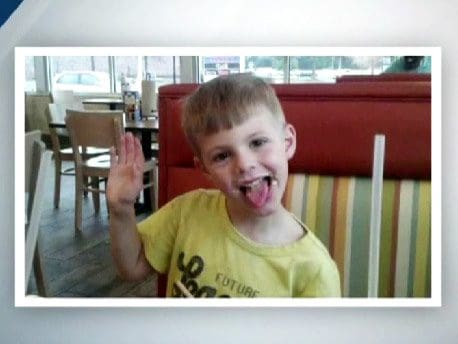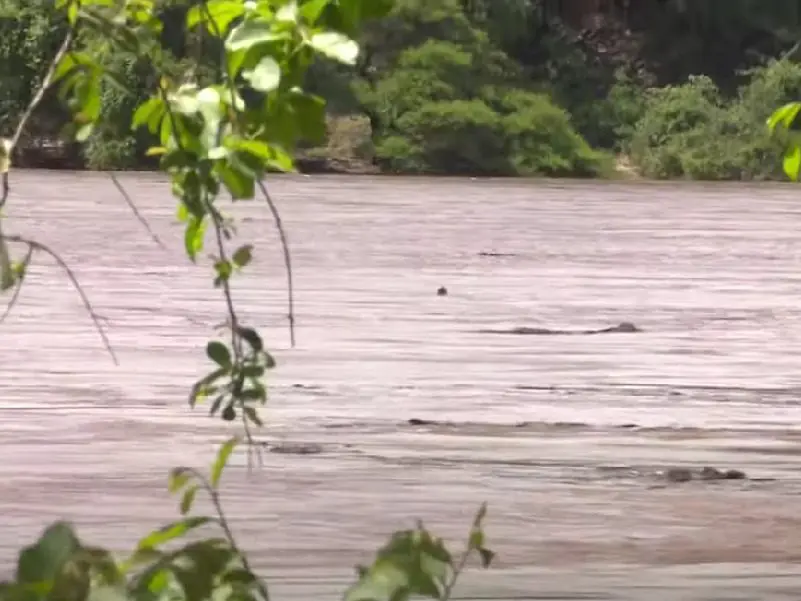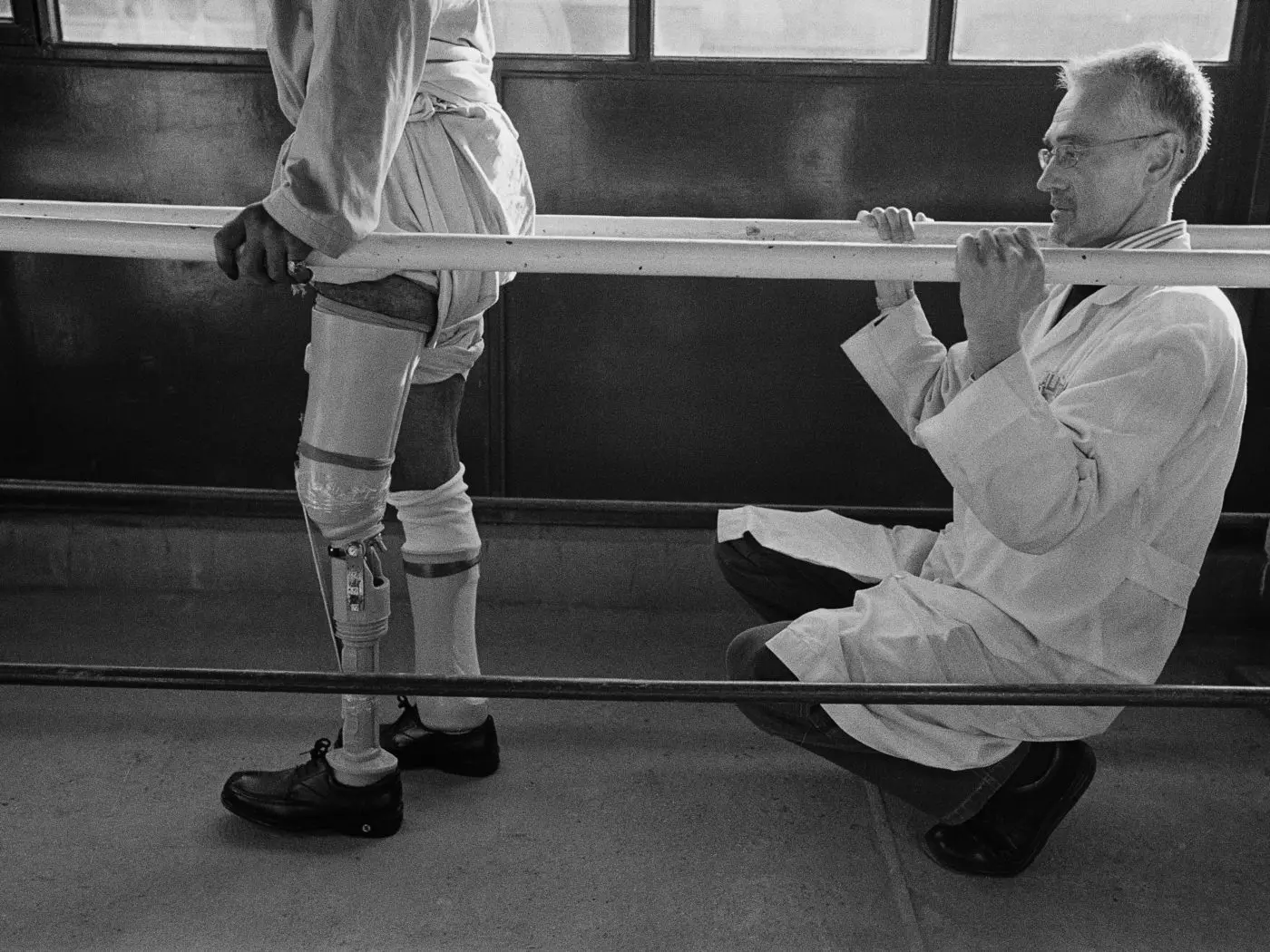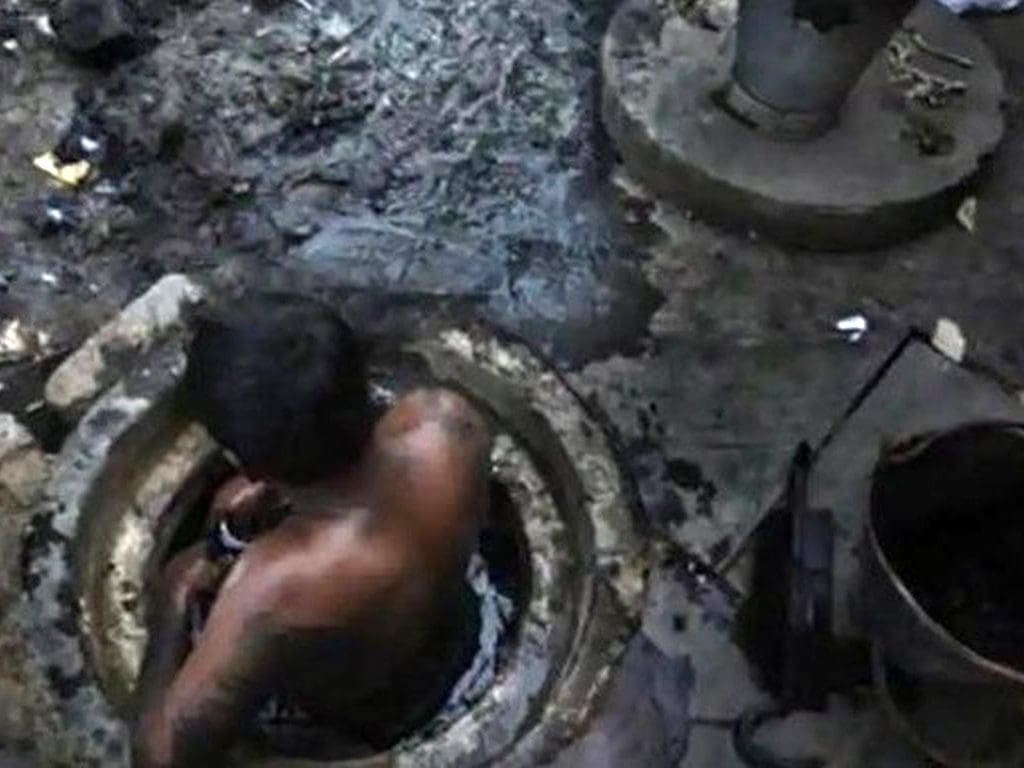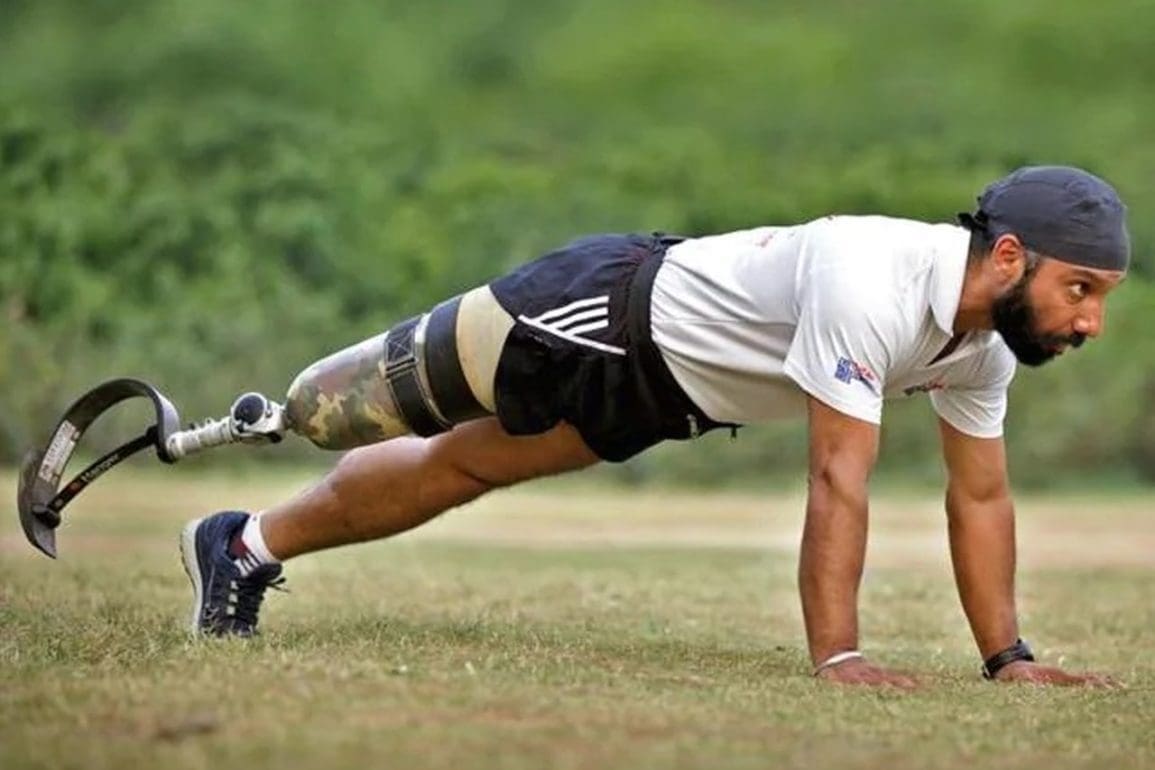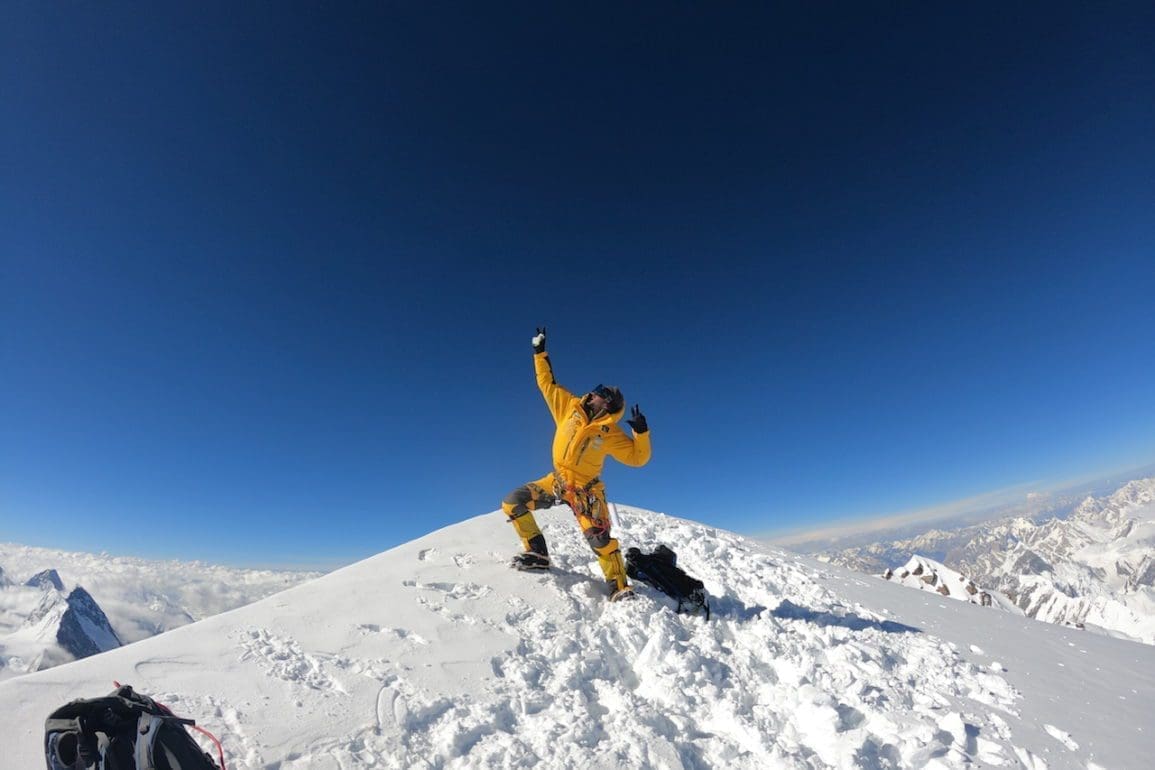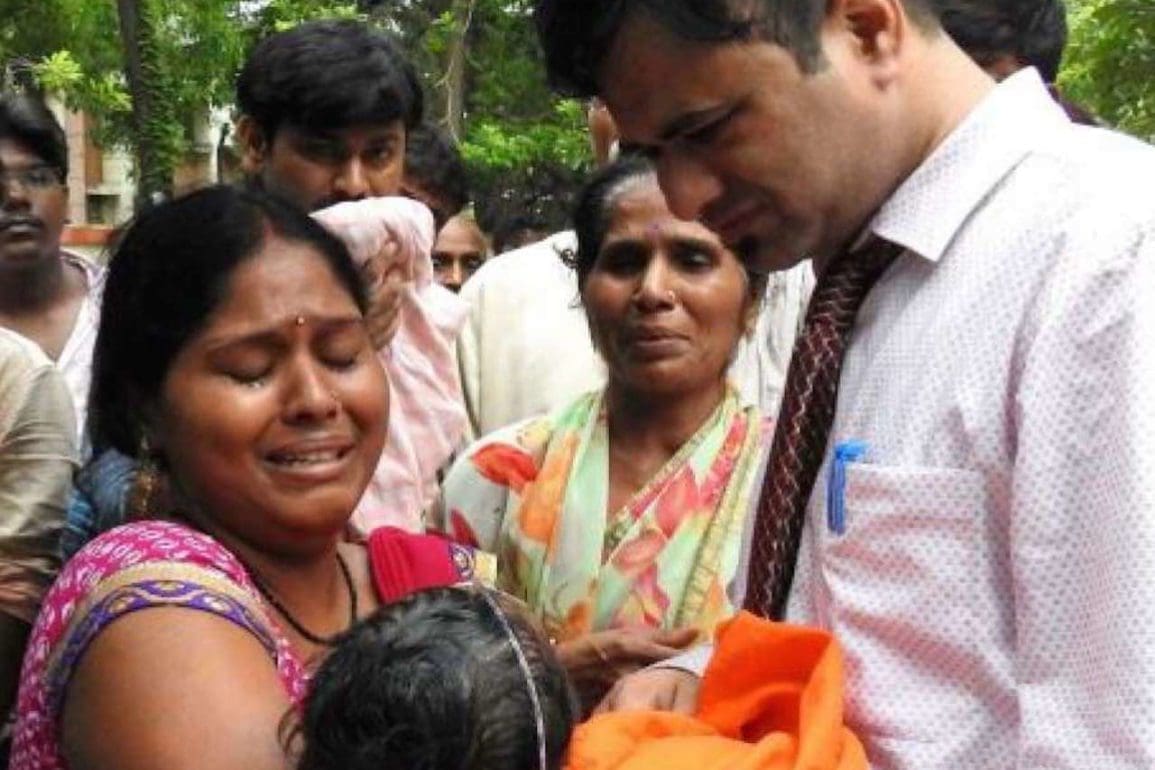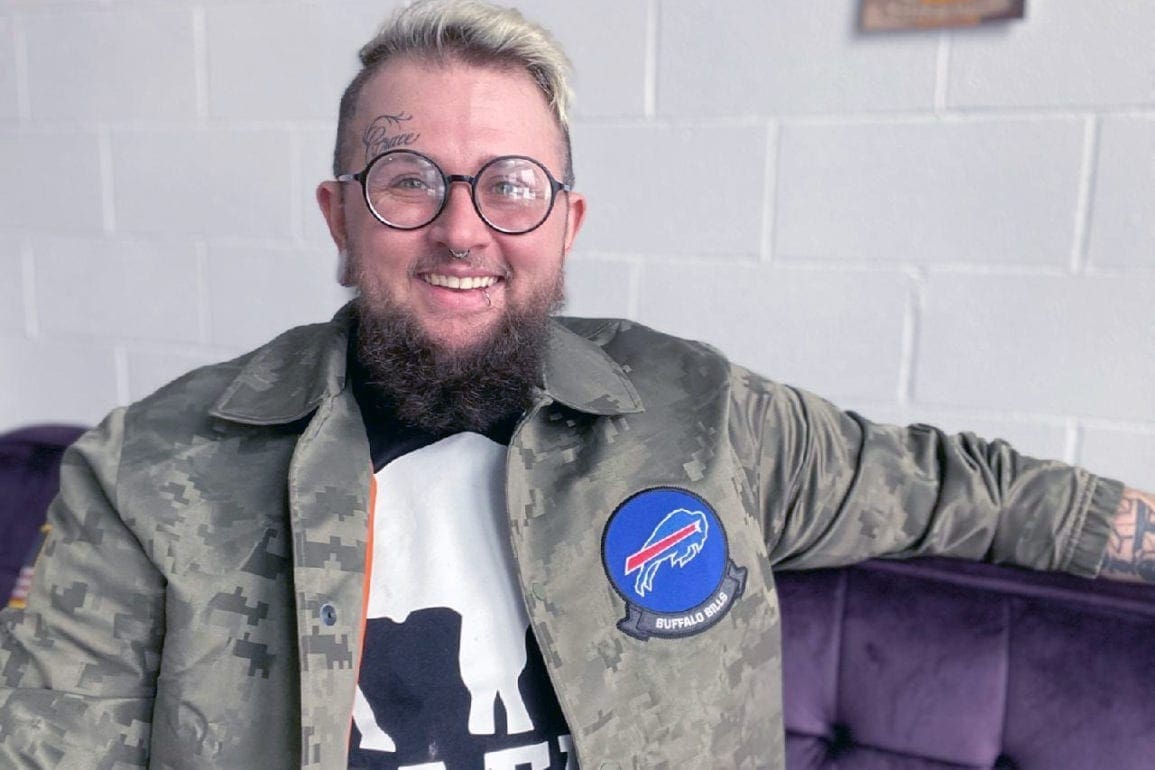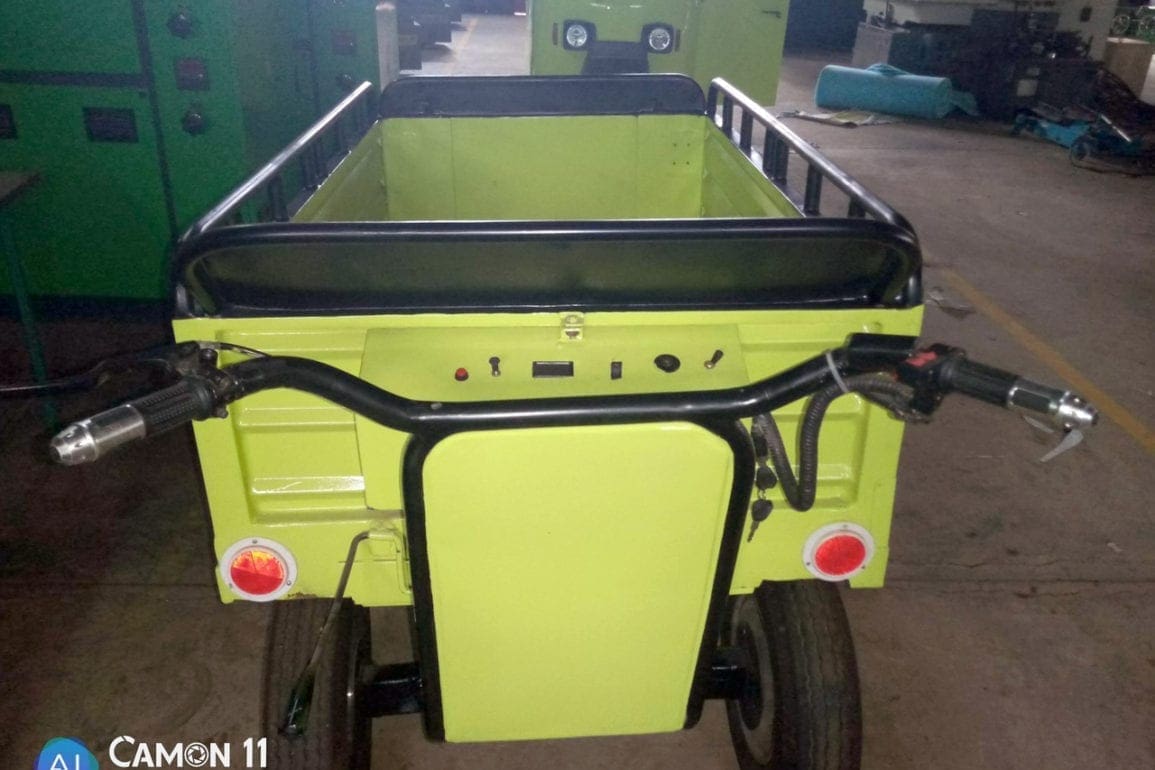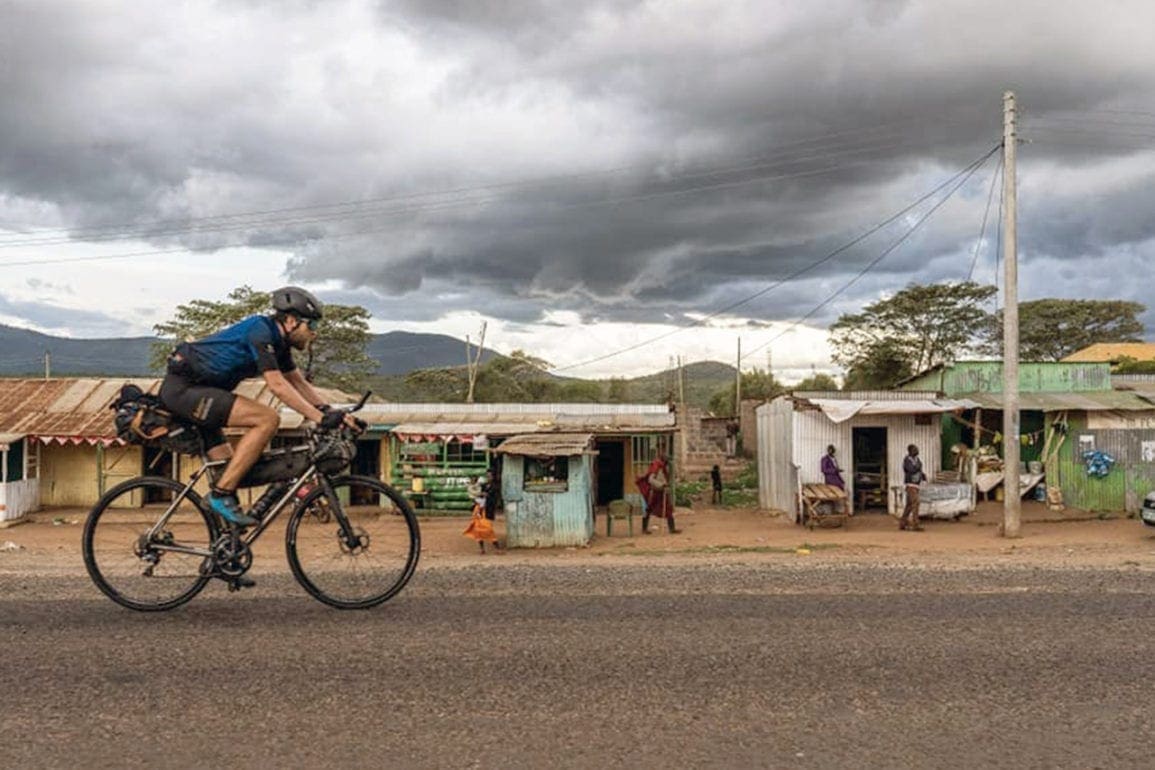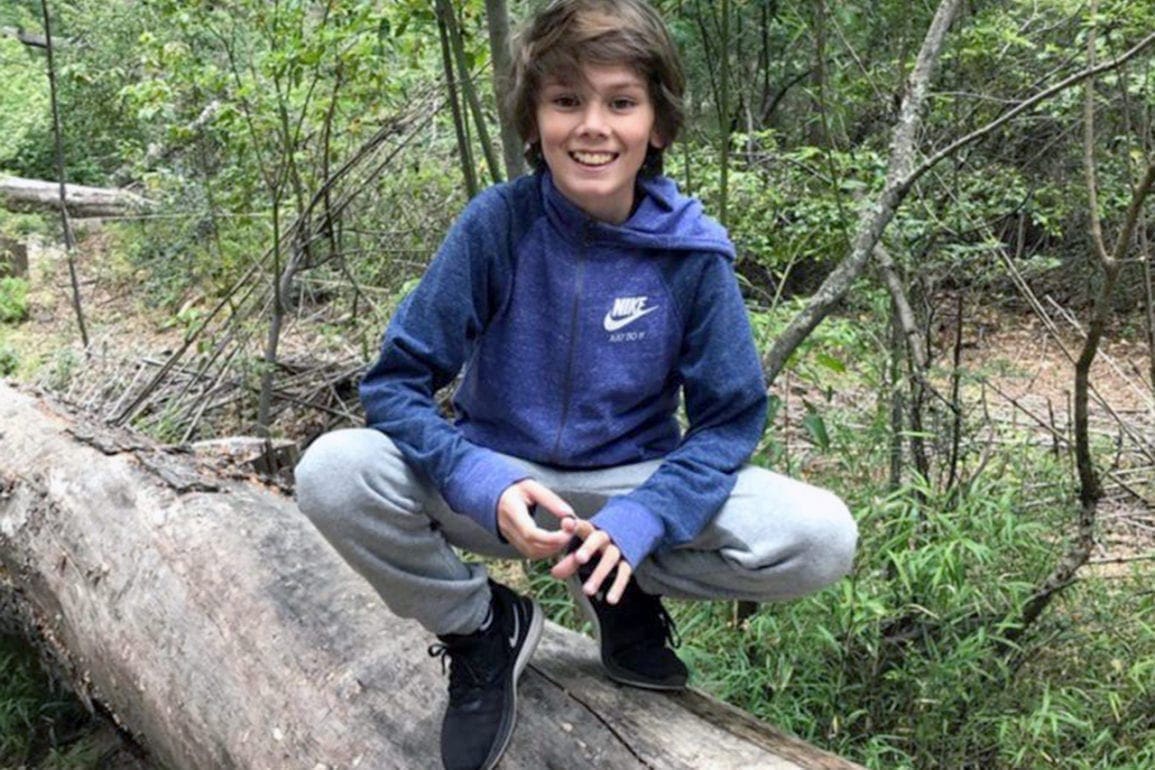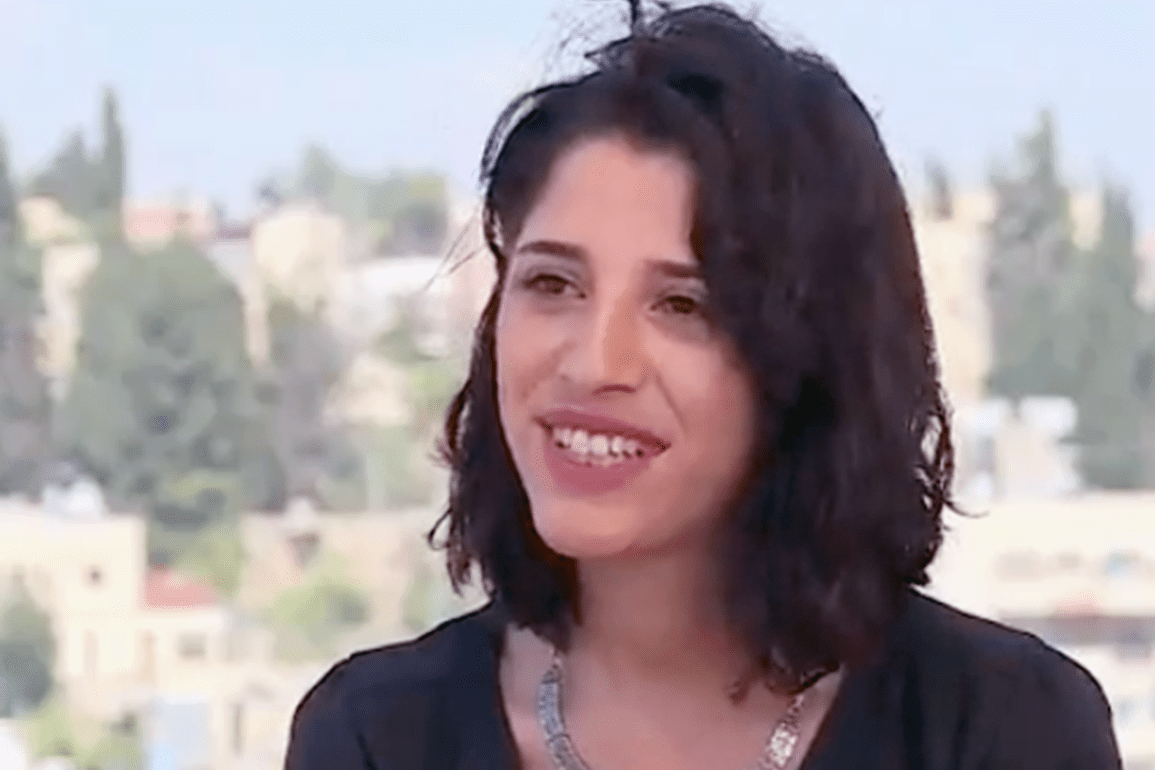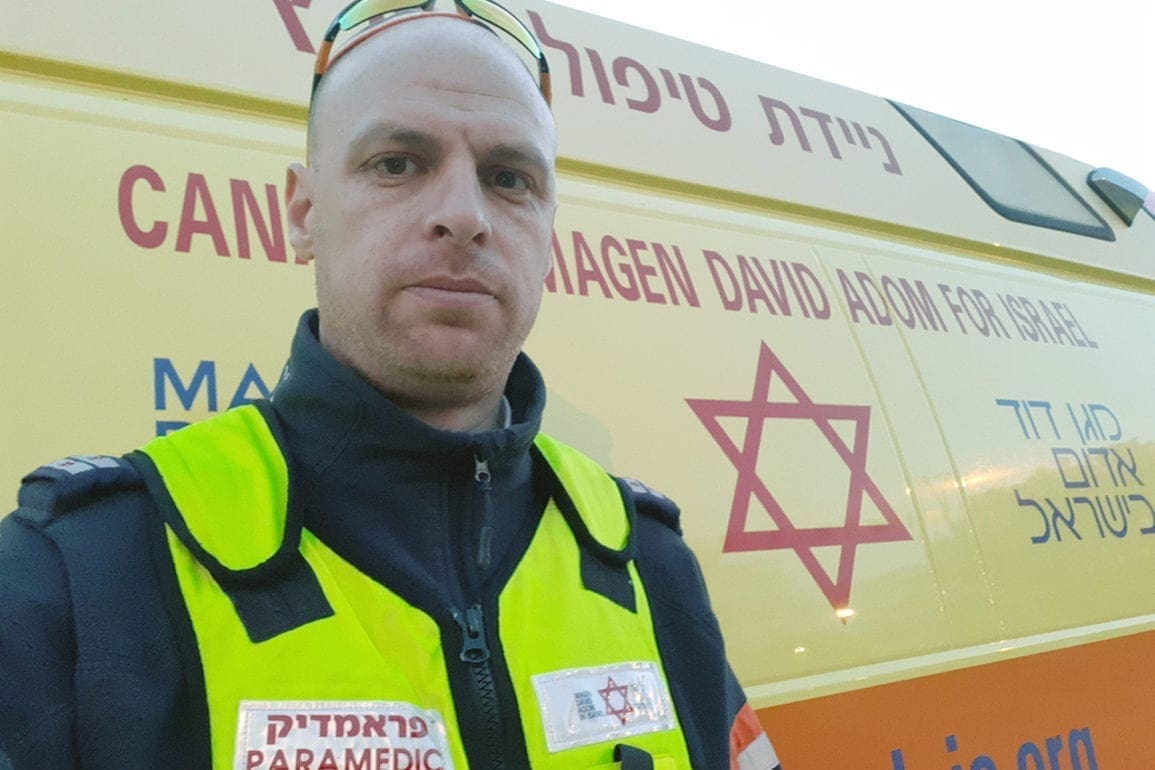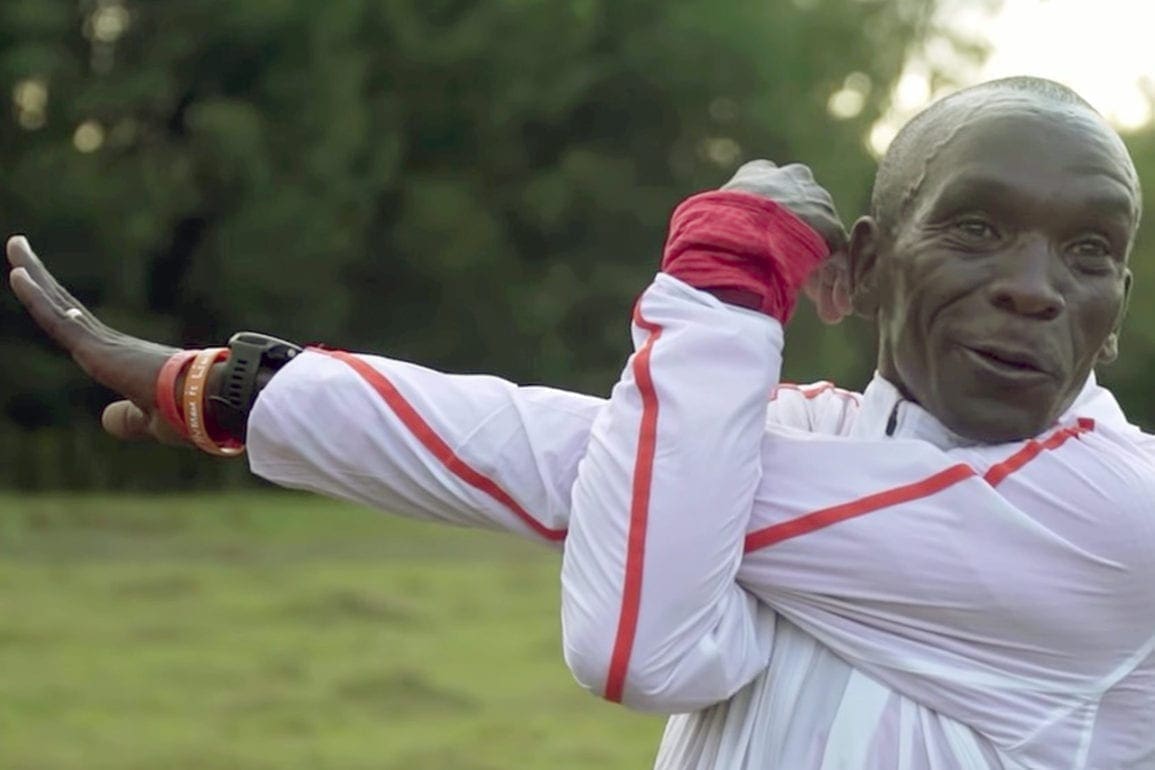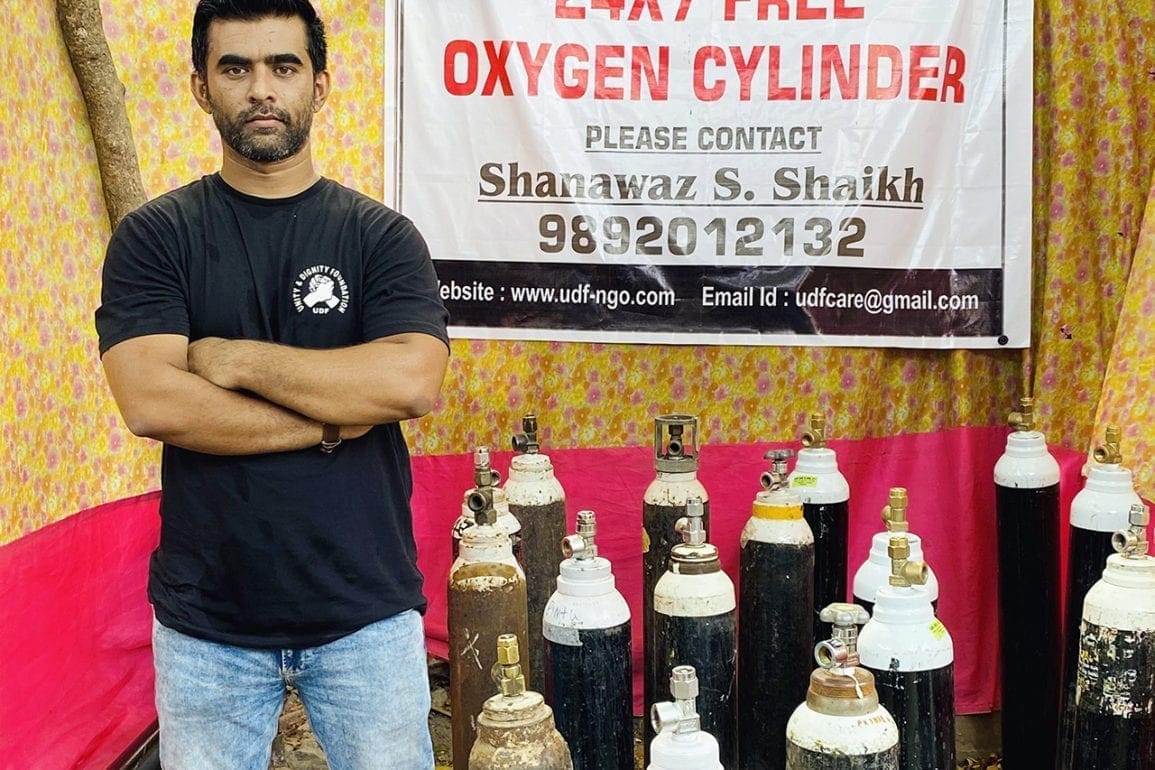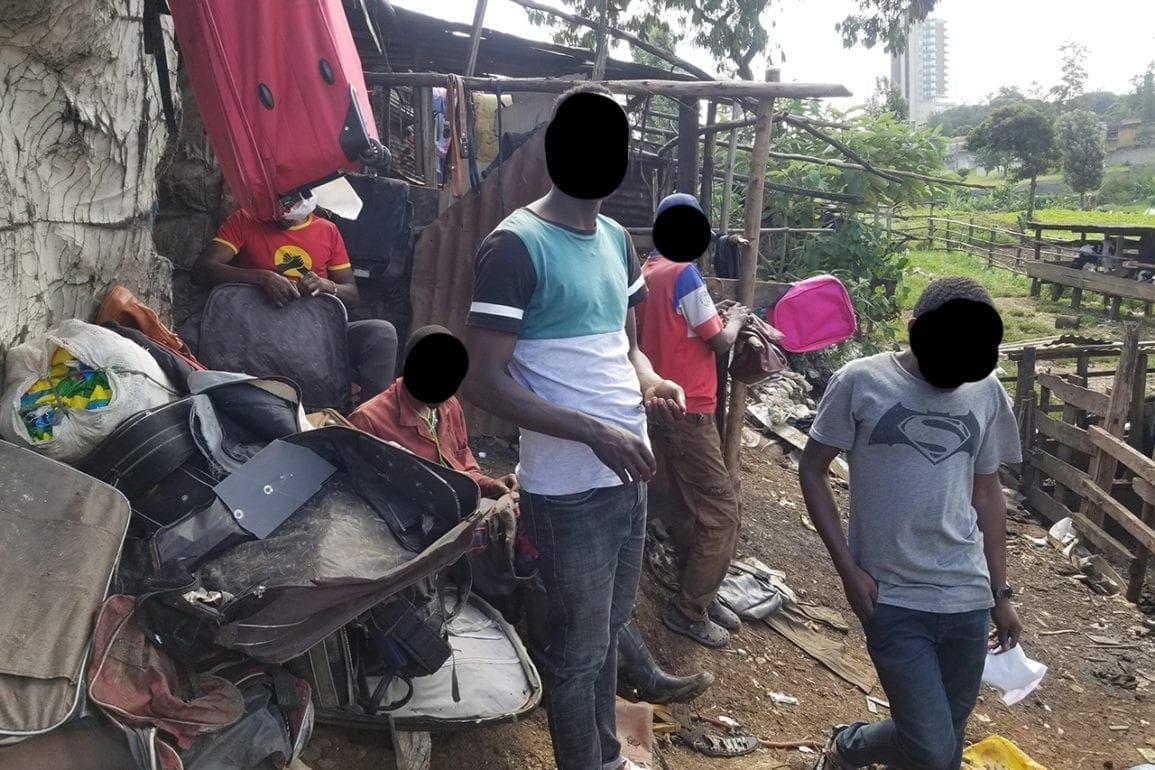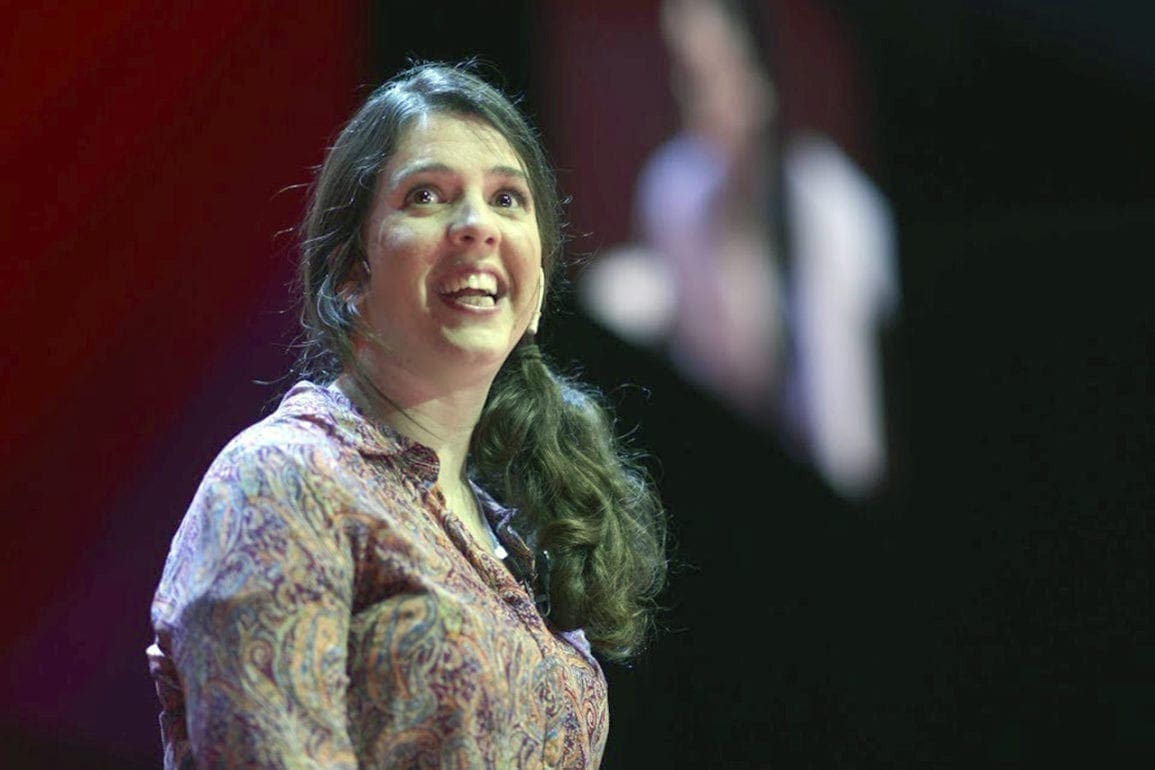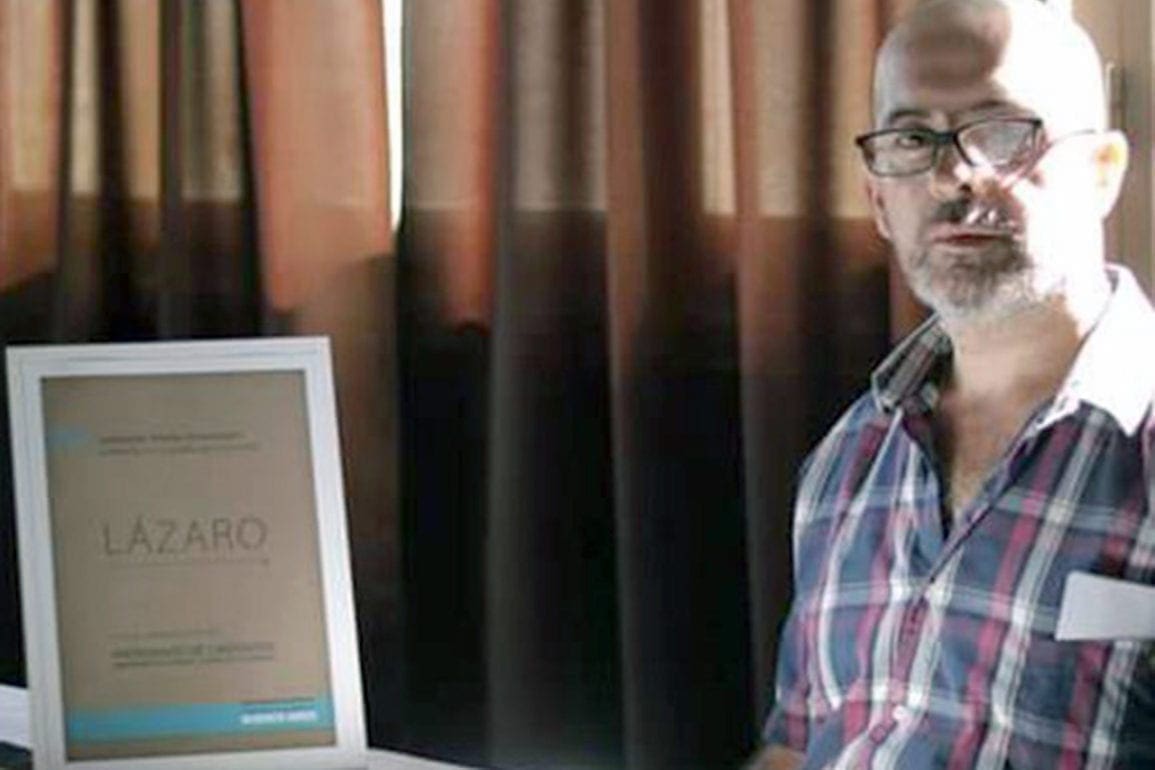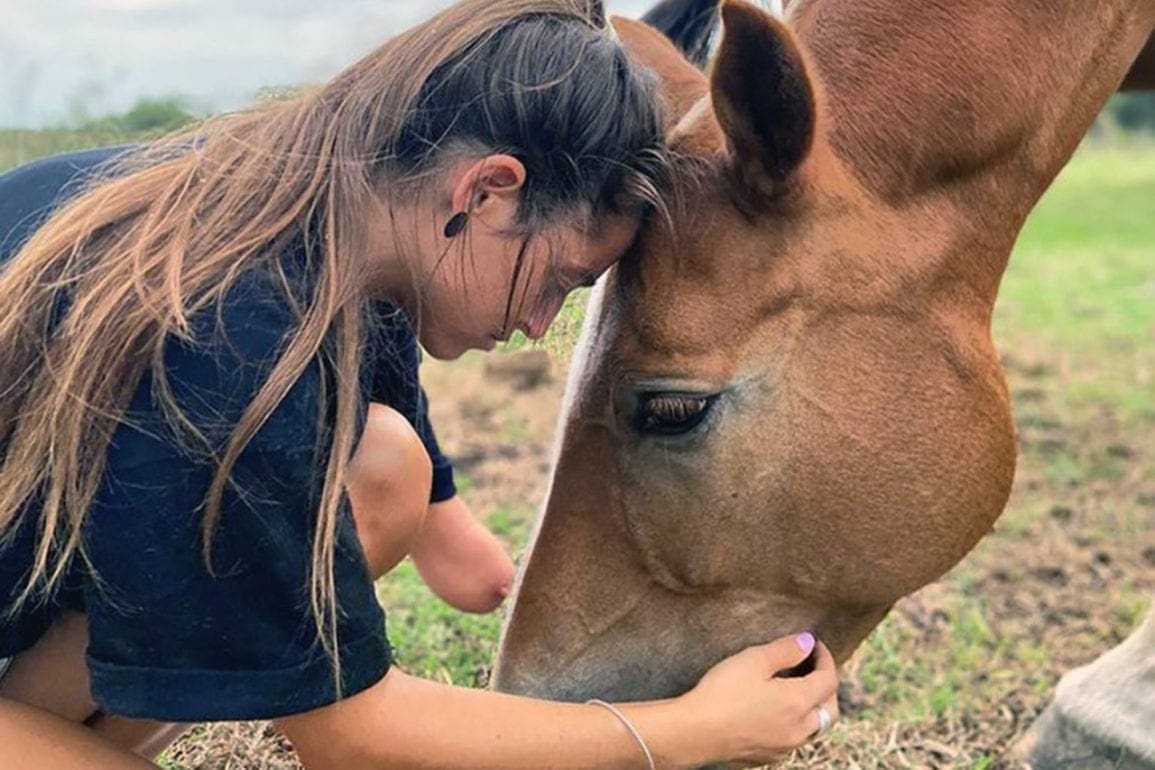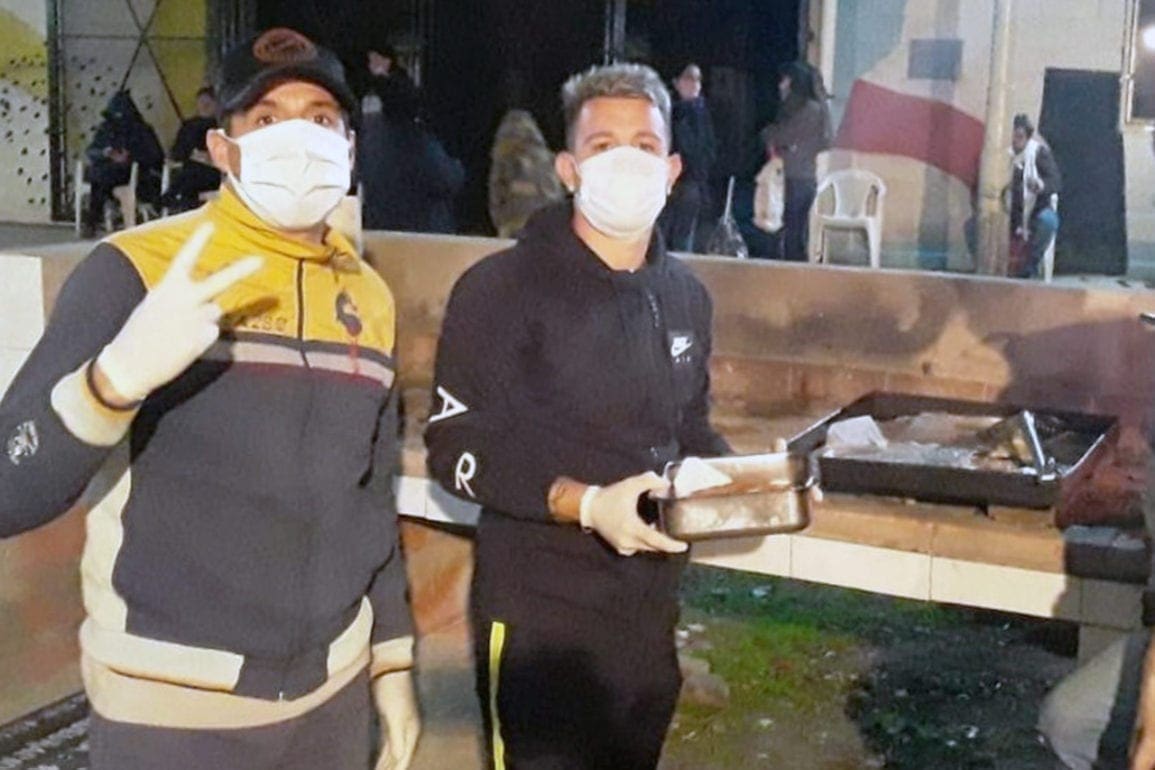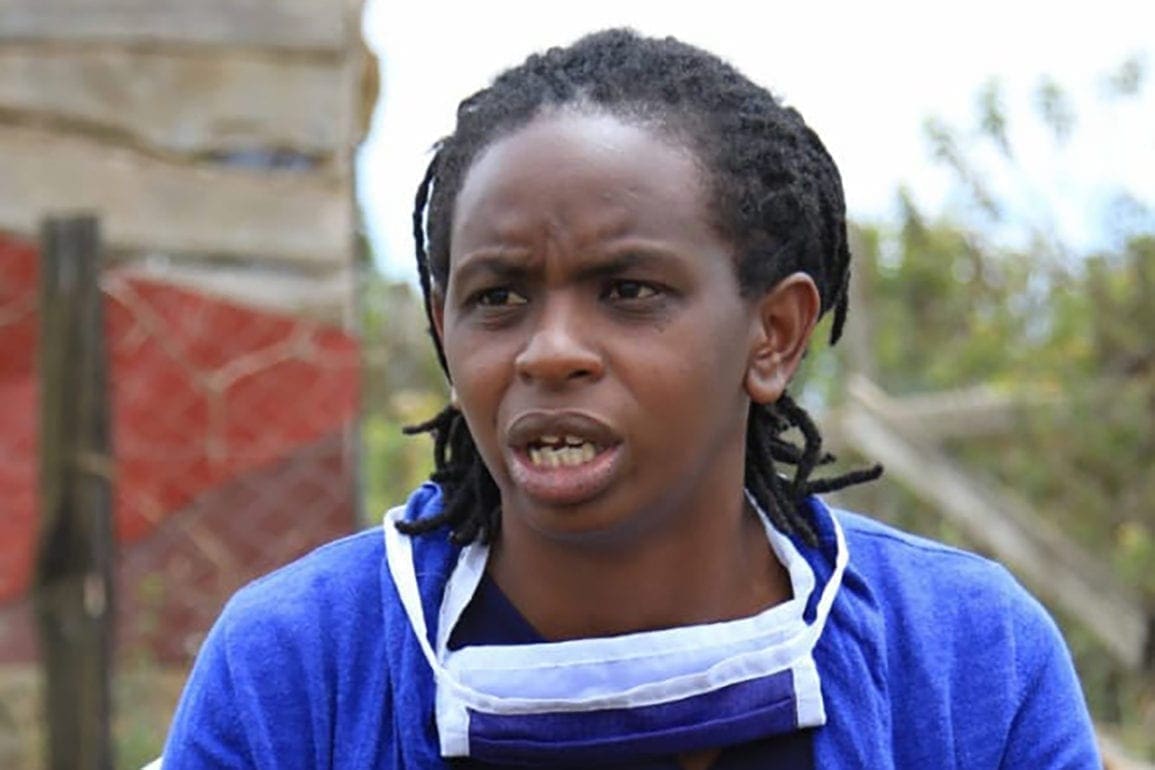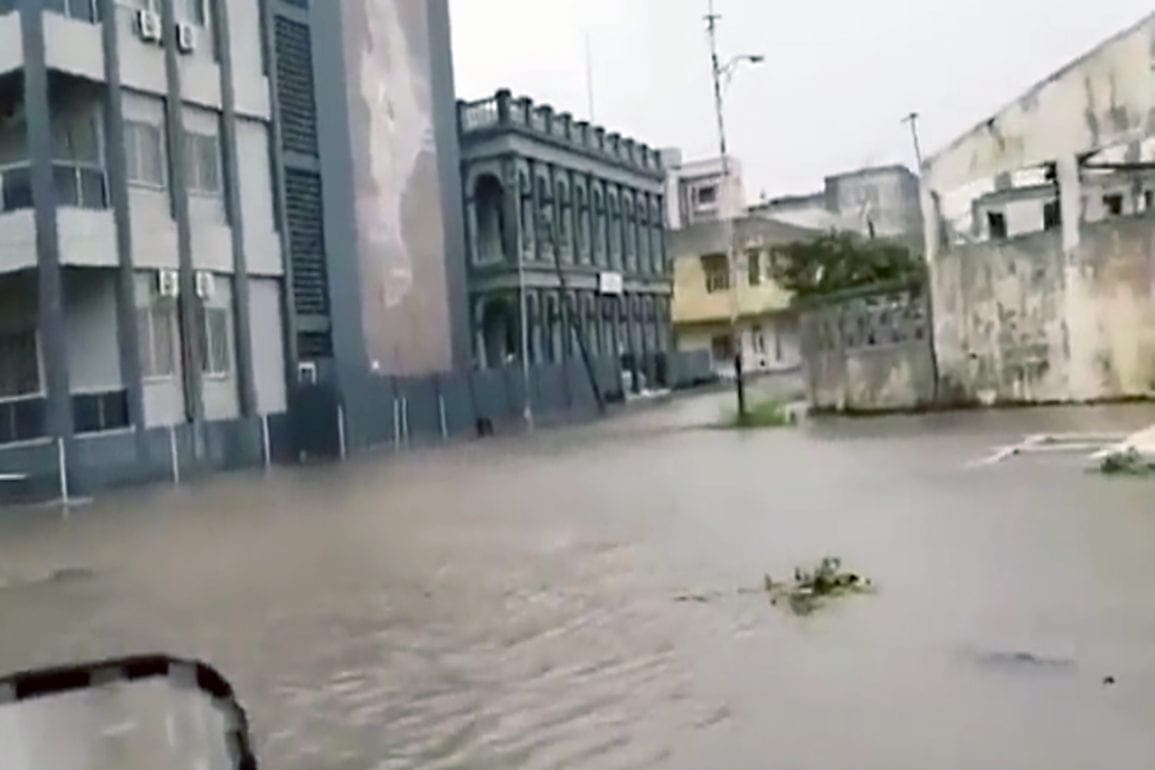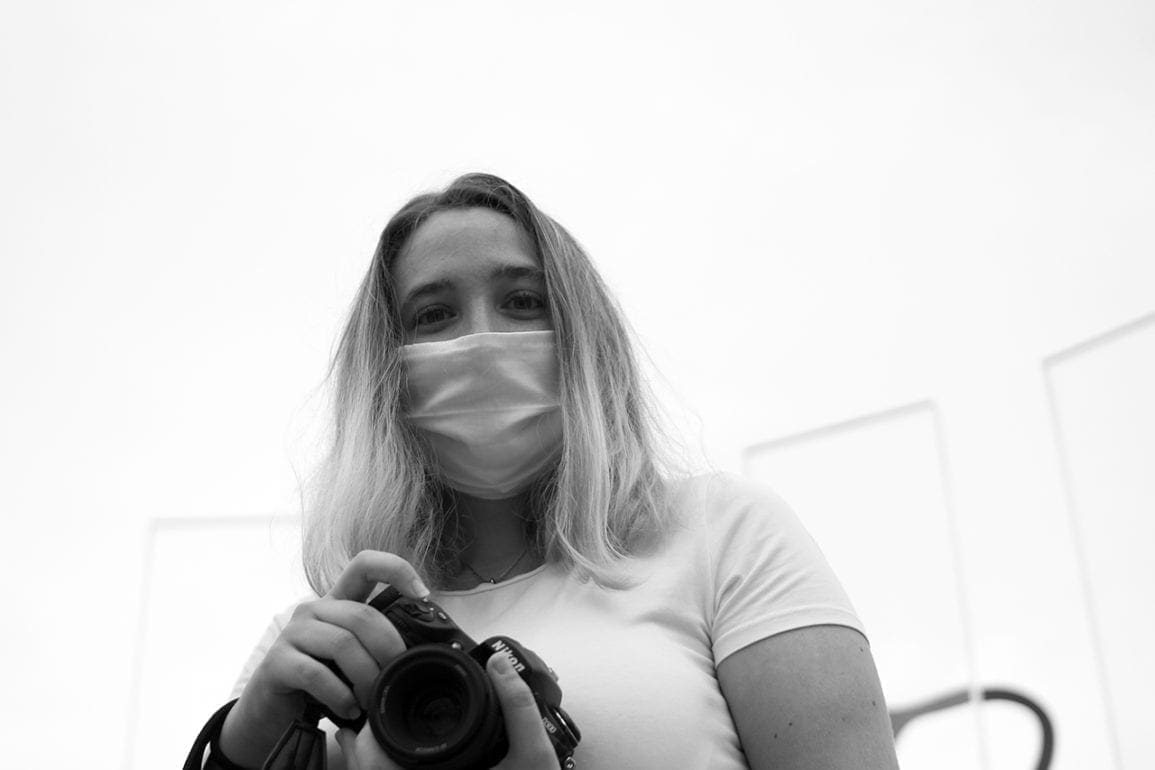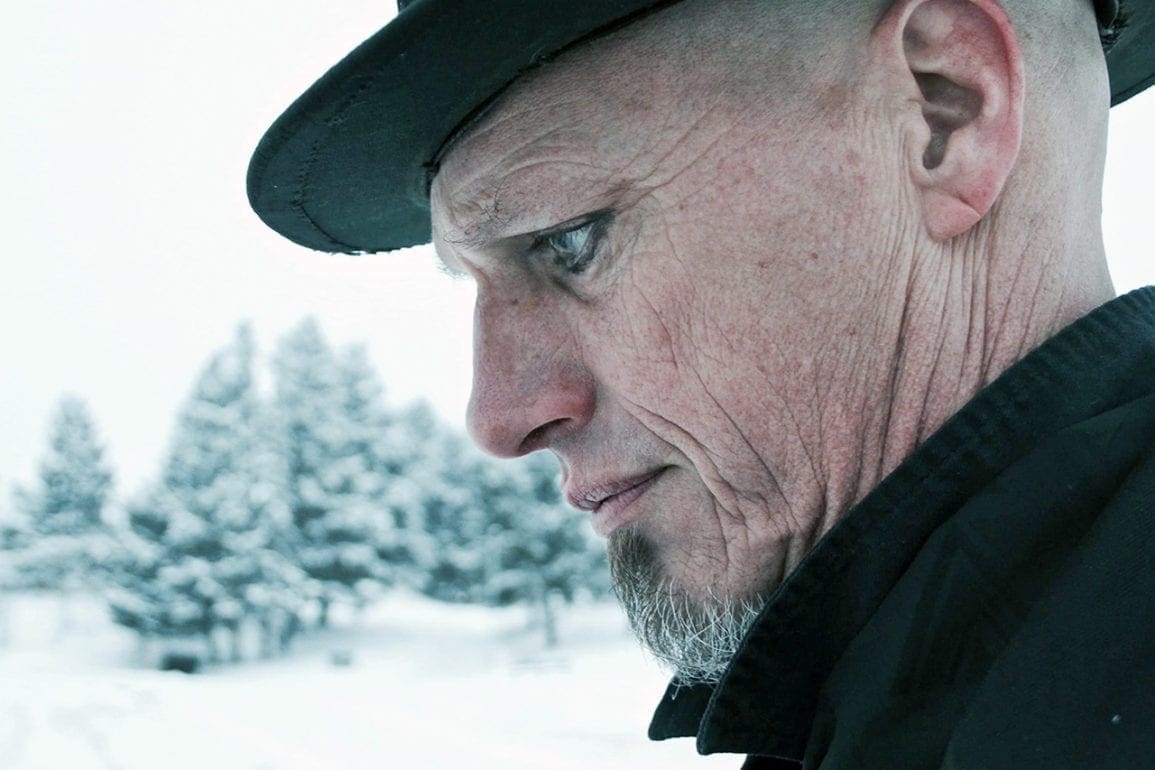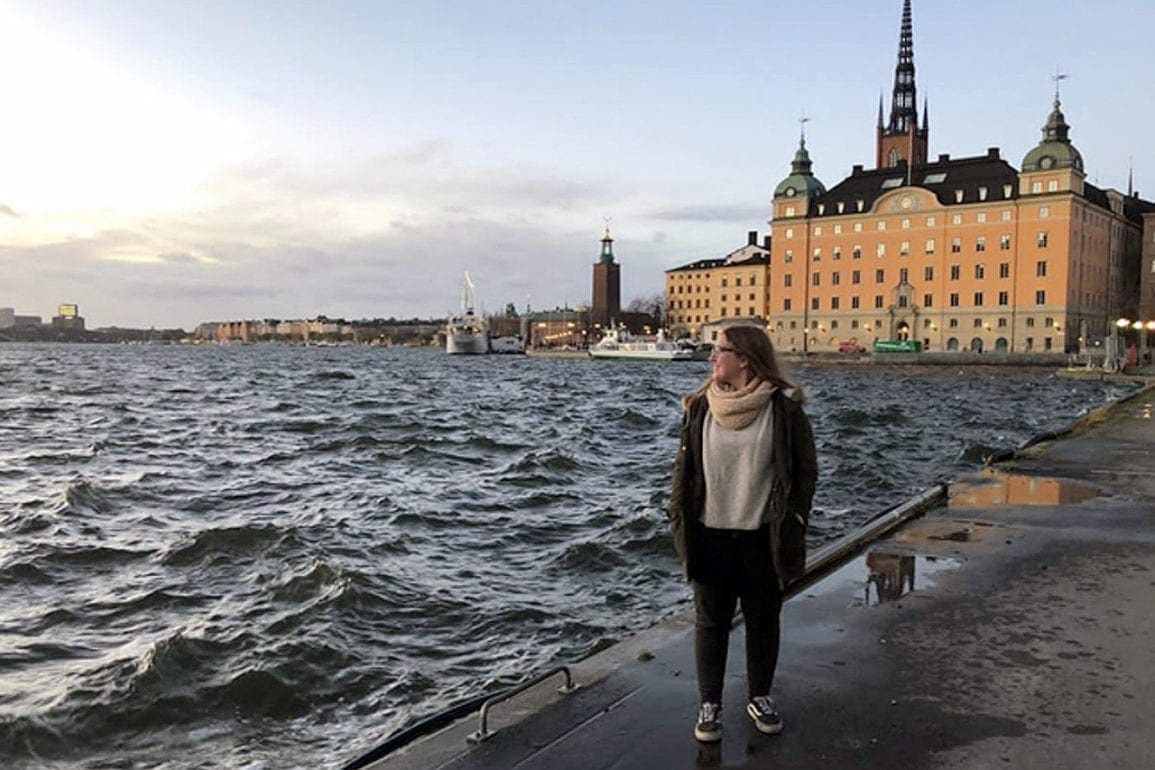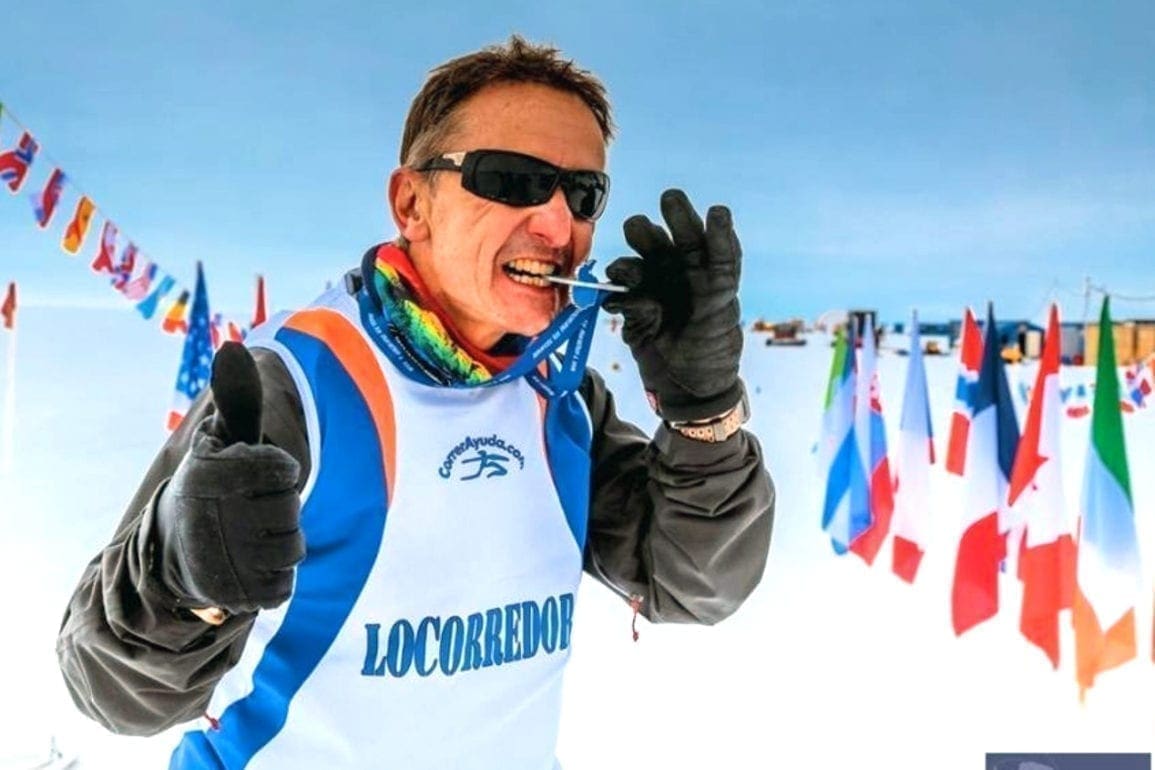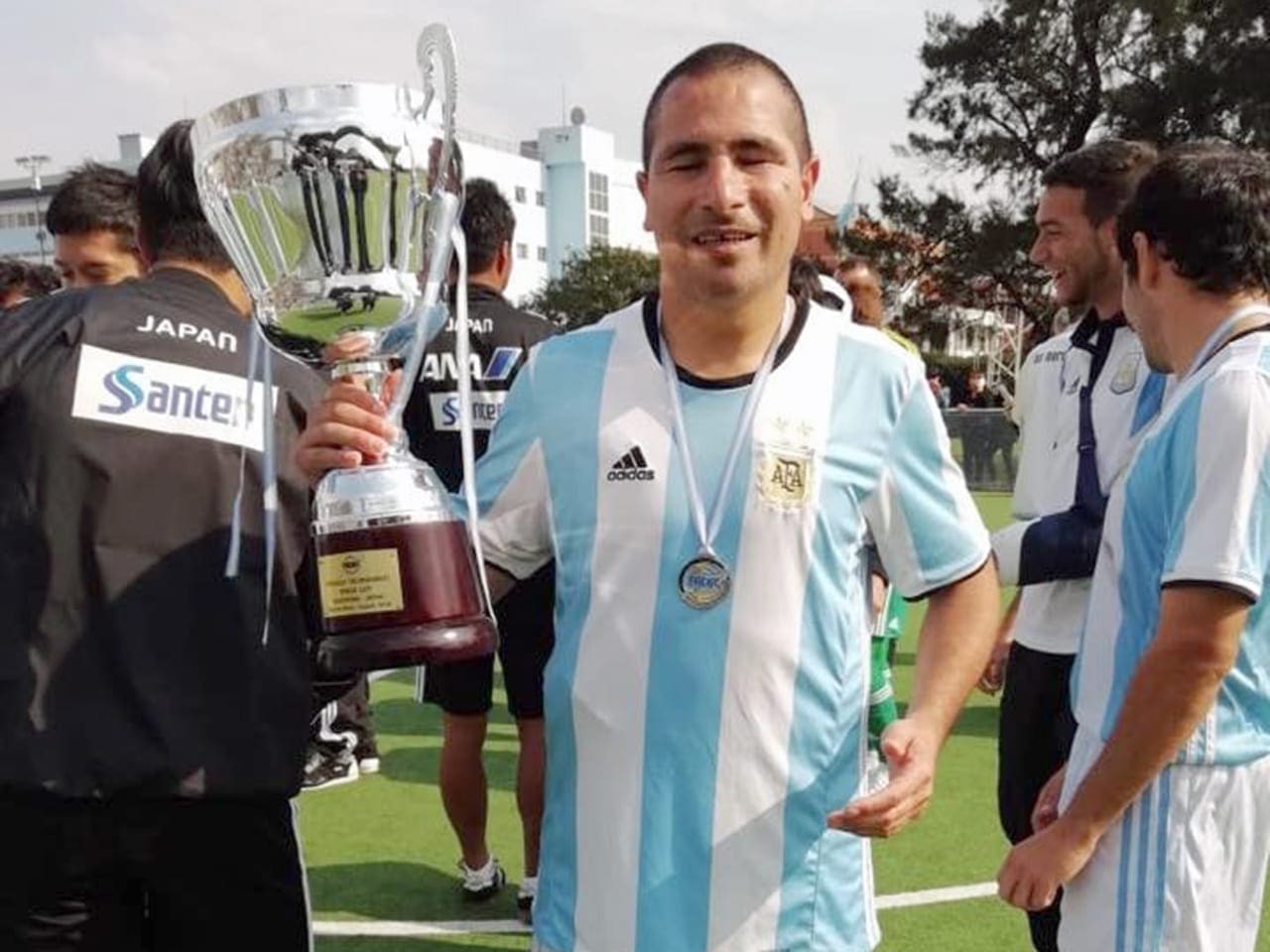Searching for sustainability at sea: a sailboat adventure inspires a dream to deplastify the world
It was a terrible, sinking feeling to be in such a remote place, several days away from the mainland, and look out from our boat deck and see large plastic objects bobbing around: balloons, buoys, even a punctured ball. We were in the middle of nowhere, yet there was always something floating near us and microplastics in our water samples.
- 4 years ago
February 10, 2022

BUENOS AIRES, Argentina—I’ve always been obsessed with waste; in fact, I’ve been studying and working in sustainability my entire adult life.
Inspired by that obsession and my sobering findings on an oceanic adventure, I founded Unplastify and have pledged my life’s work to changing the human relationship with plastic.
Combining sailing with sustainability
My fascination with sustainability led me to travel from my home in Argentina to live abroad and work as the director of a recycling center in the United States, which is known for its culture of consumption and waste.
At the center—as I sat literally surrounded by mountains of plastic—I started to obsess about the plastic that hadn’t made to our facility, wondering where it would end up. The answer was in the ocean.
I remember perfectly the moment in 2017 we decided to leave on our sustainability adventure. My husband Ignacio Zapiola and I had been married for just two months. We were having lunch and discussing our projects, what we wanted to do, and if we wanted to continue living in the United States. We decided no—it was time for something new.
Around the same time, we had started sailing and even bough our own 11.3-meter (37-foot) sailboat with a friend. We named it after the song “Fanky,” a song by Charly García, a famous Argentinian singer we were fans of. The opening lyrics go “I’m not going to stop / I have no doubts / I’m not going down / let it go up;” they echo the freedom we feel when we sail.
We had once fantasized about the idea of sailing home to Argentina. Now I added to the dream, building on the idea of collecting samples of the water as we navigated across the Atlantic Ocean back to Argentina by sailboat. We wanted to explore, observe firsthand, and personally understand what was happening with the number of plastics in the ocean. We wanted to develop possible solutions.
Voyaging across the Atlantic
Our plan was to sail back to Argentina from New York and see what we found along the way. However, due to prevailing currents and winds, completing the route turned into a six-month venture that necessitated crossing the Atlantic twice.
In May 2018, we set sail aboard the Fanky for the first leg of our trip, from New York to Gibraltar (a British Territory on Spain’s south coast). We were a crew of four; we added two friends to the expedition who had navigation experience. It took us 56 days to cover the 3,700 nautical miles, including two stops—one in Bermuda and the other in the Azores.
In our first days offshore, we had a rough start. The first two nights were terrible. The sea tossed continuously; we endured waves, rain, and freezing cold temperatures. The ship never stopped moving—it was like a mixer. Later, arriving in Bermuda, the sun came out and everything was better.
Our longest stretches at sea were 14 and 12 days. There were moments I was afraid, but I didn’t give up.
We set off again and reached Salvador de Bahía, Brazil in November, where we left the Fanky to return to “real life.”
Discovering the ubiquity of plastic pollution
Throughout the trip, we took different samples of plastics, large and small, from the ocean. Even after carefully cleaning everything we found, the smell was horrible. I spent hours aboard our sailboat, separating every bit.
We had already seen a lot of plastic floating around as we approached Bermuda, but it got even worse around the Azores. The sea was so calm in that area. At first, we thought that the water was clean and crystal clear—but then we realized it was actually horrible. Calm waters are the conditions in which you see large accumulations, and we saw plastic was everywhere.
It was a terrible, sinking feeling to be in such a remote place, several days away from the mainland, and look out from our boat deck and see large plastic objects bobbing around: balloons, buoys, even a punctured ball. We were in the “middle of nowhere,” yet there was always something floating near us and microplastics in our water samples.
These findings helped drive home the fact that plastic does not disappear; it always remains somewhere, and many times that place is in the ocean. Microplastics are also found in the air itself as well as the stomachs of animals such as fish and birds. It’s truly everywhere.
Far from paralyzing us, this finding motivated us to take further action and to seek solutions. We needed to start changing the human relationship with plastic and to de-plasticize the world. The idea that became Unplastify was born as we sailed through the Atlantic.

